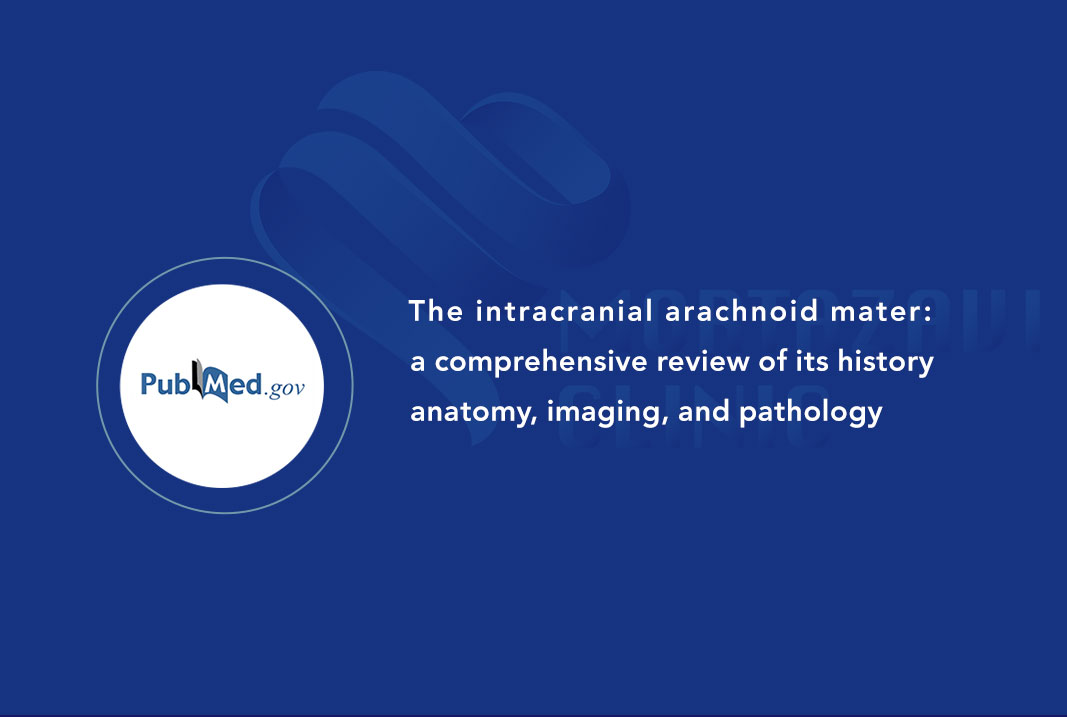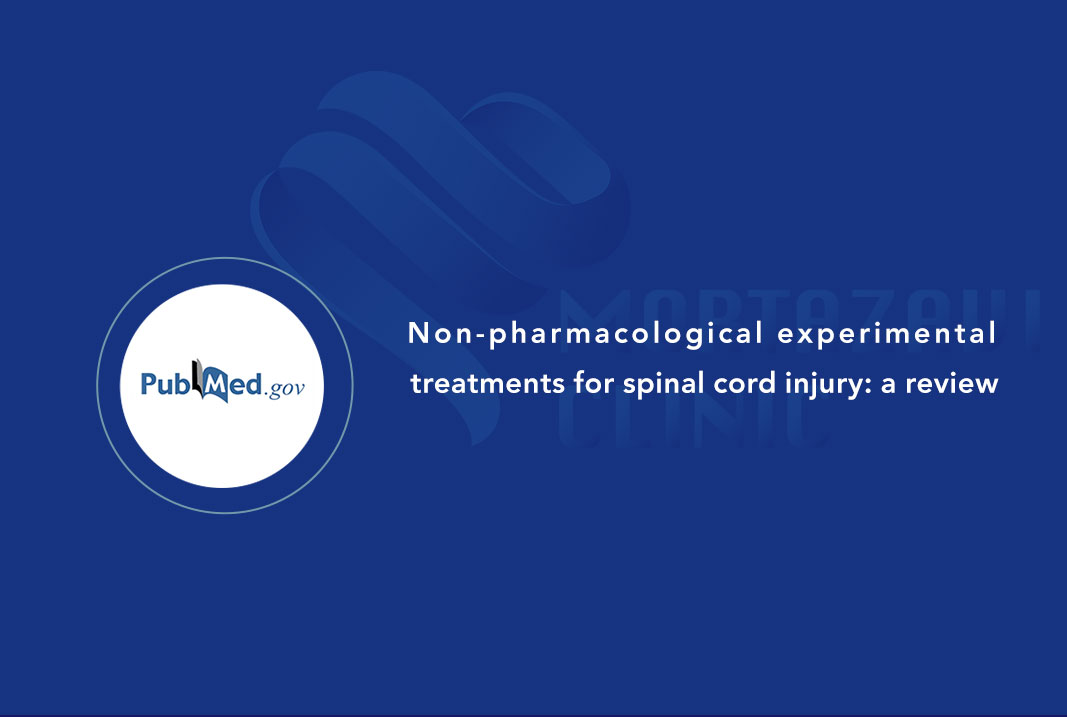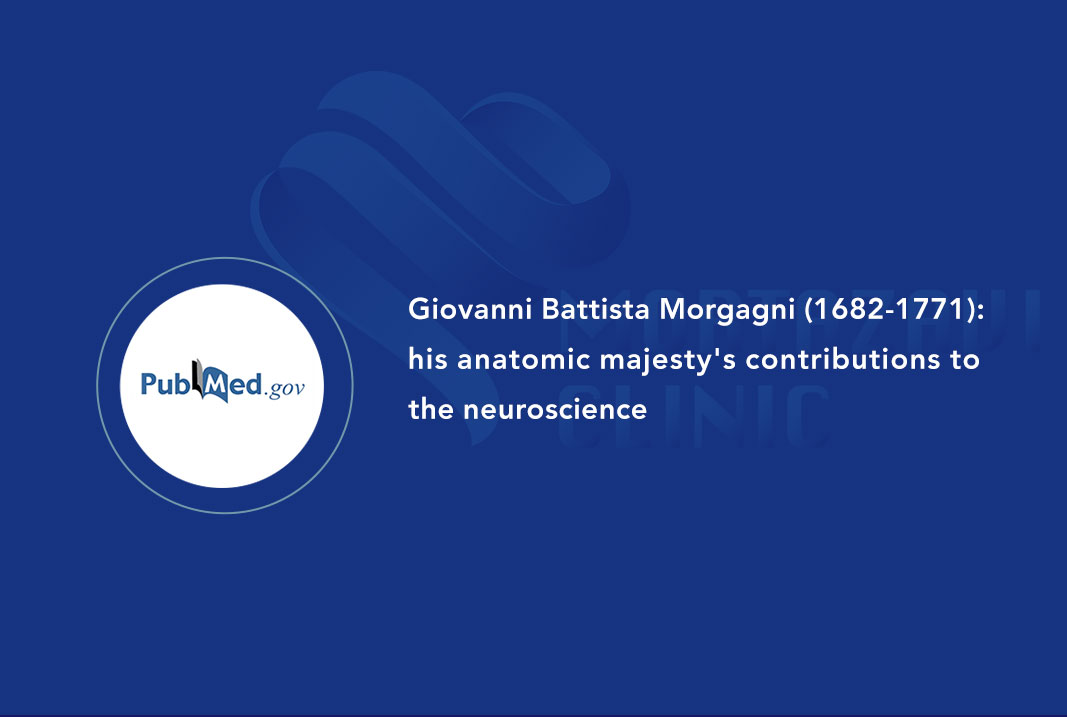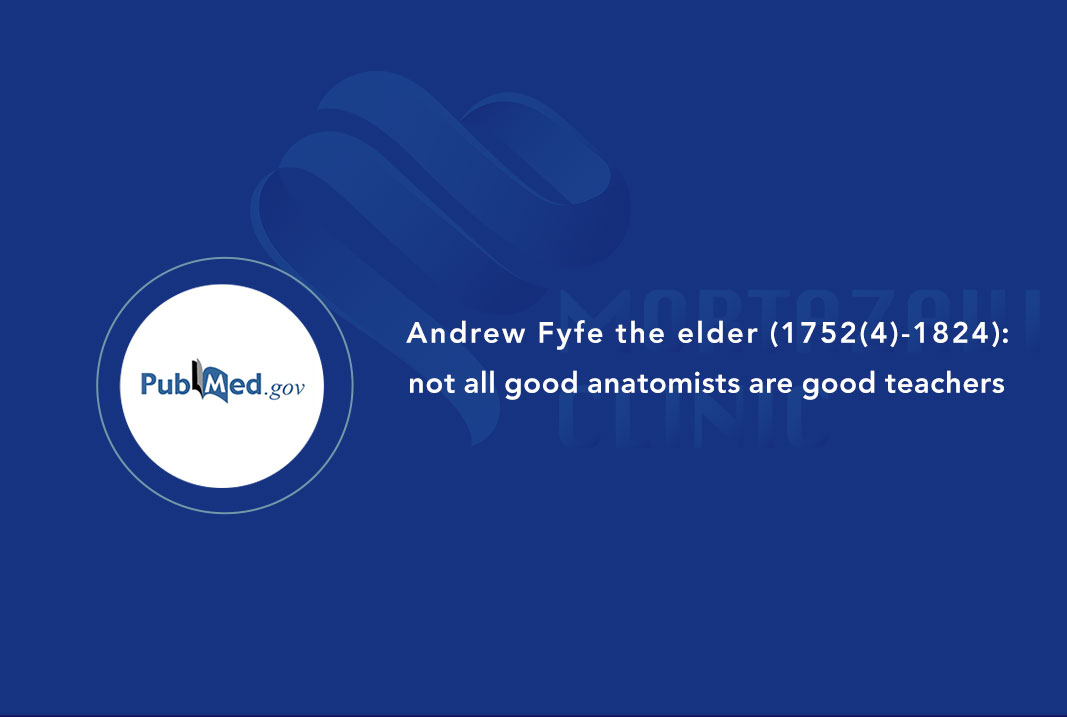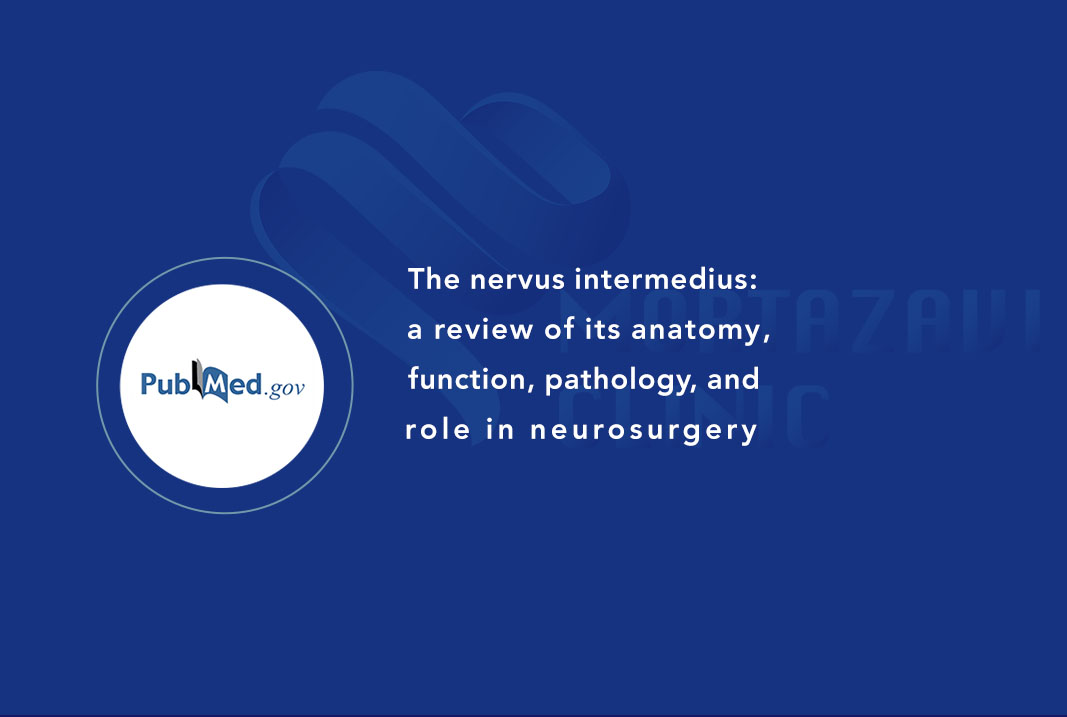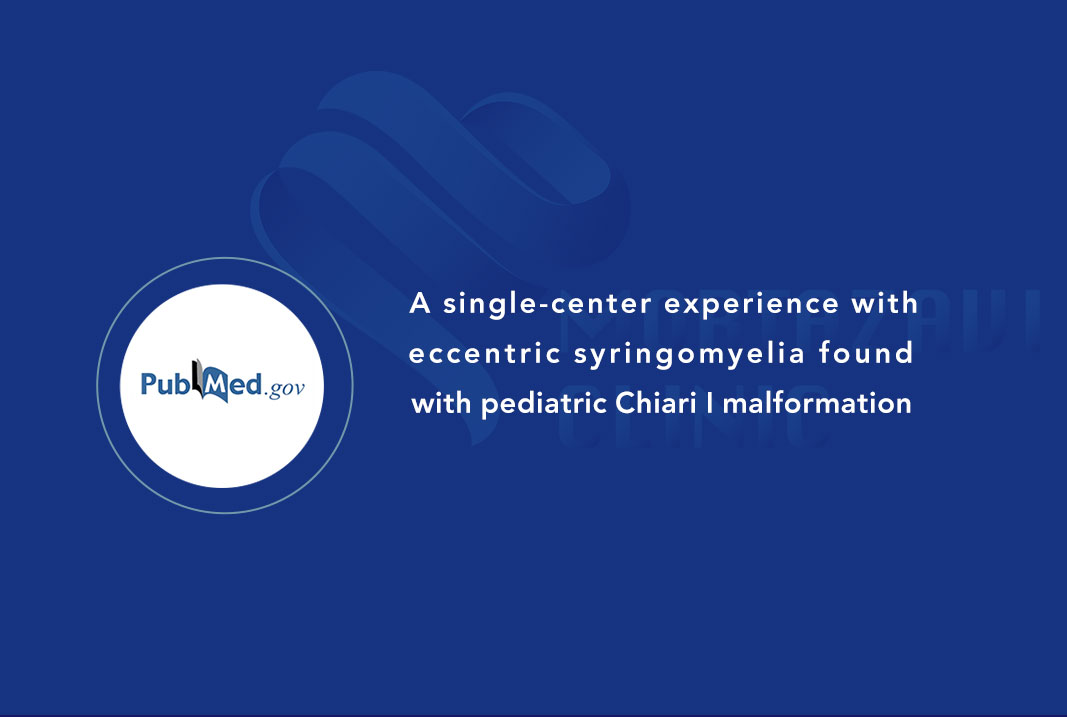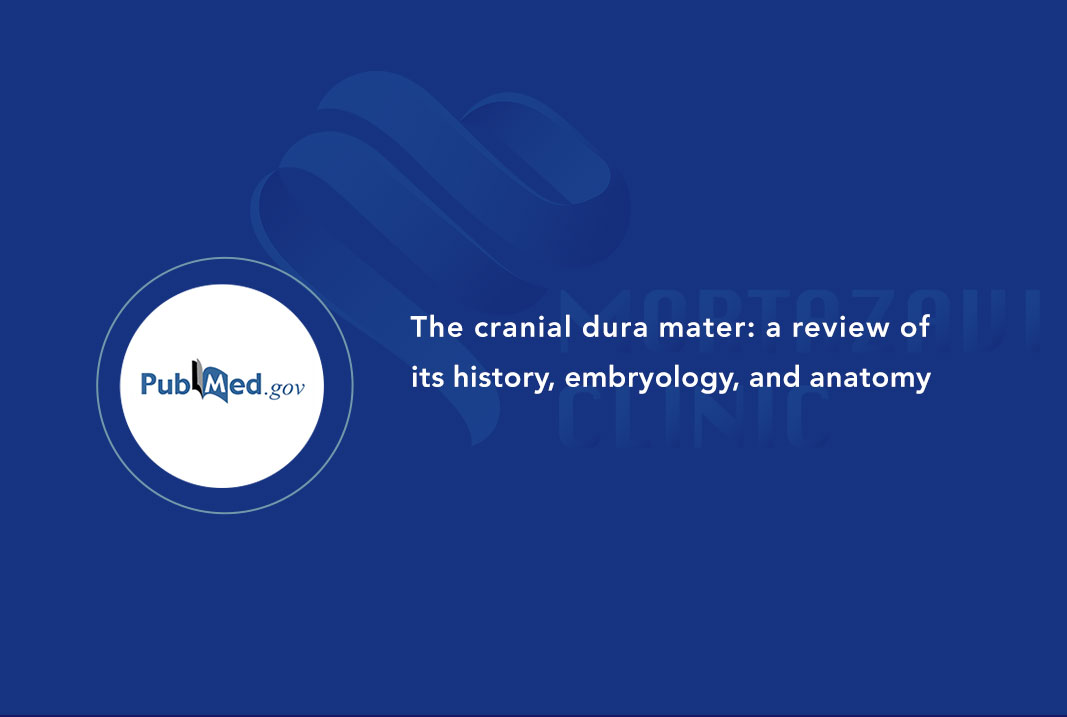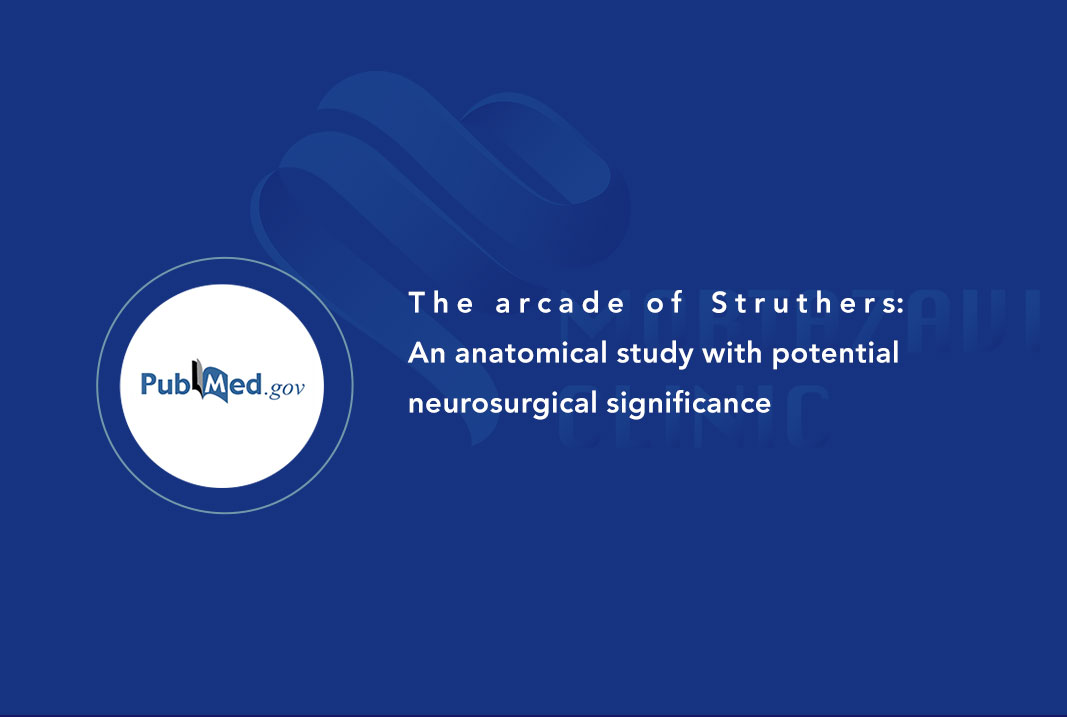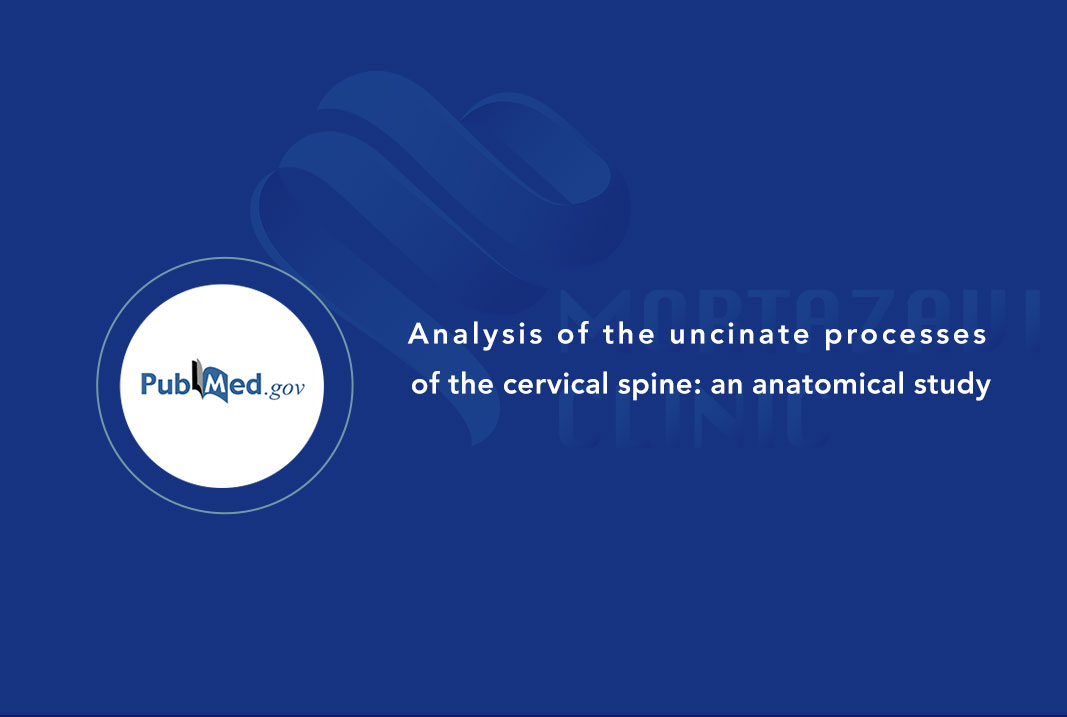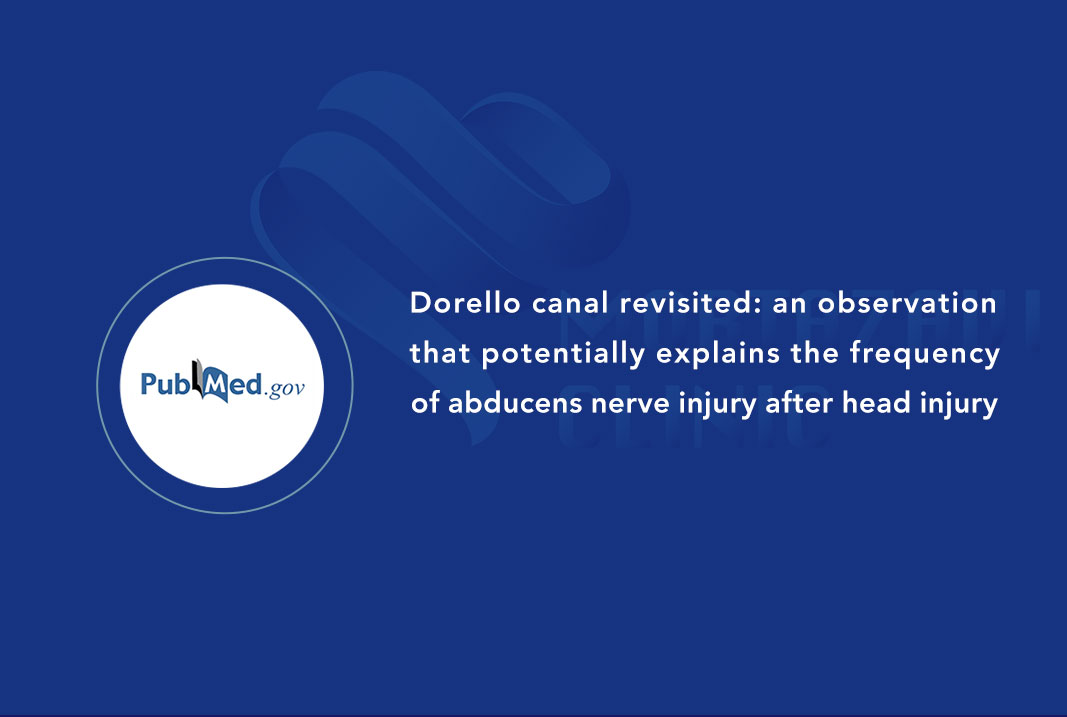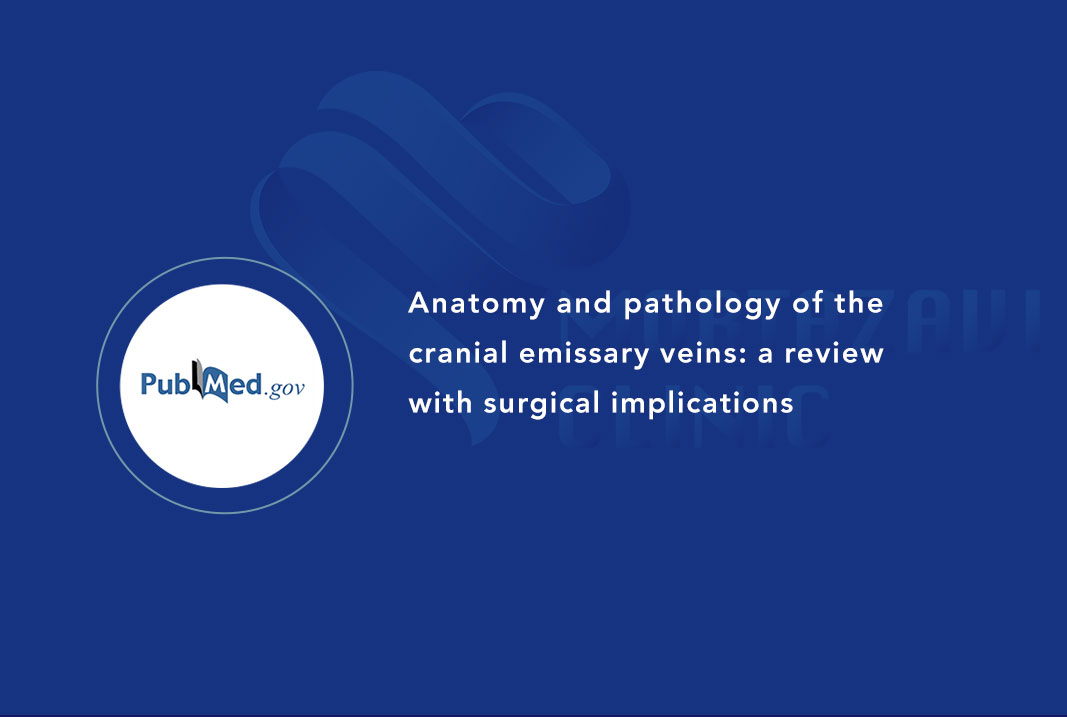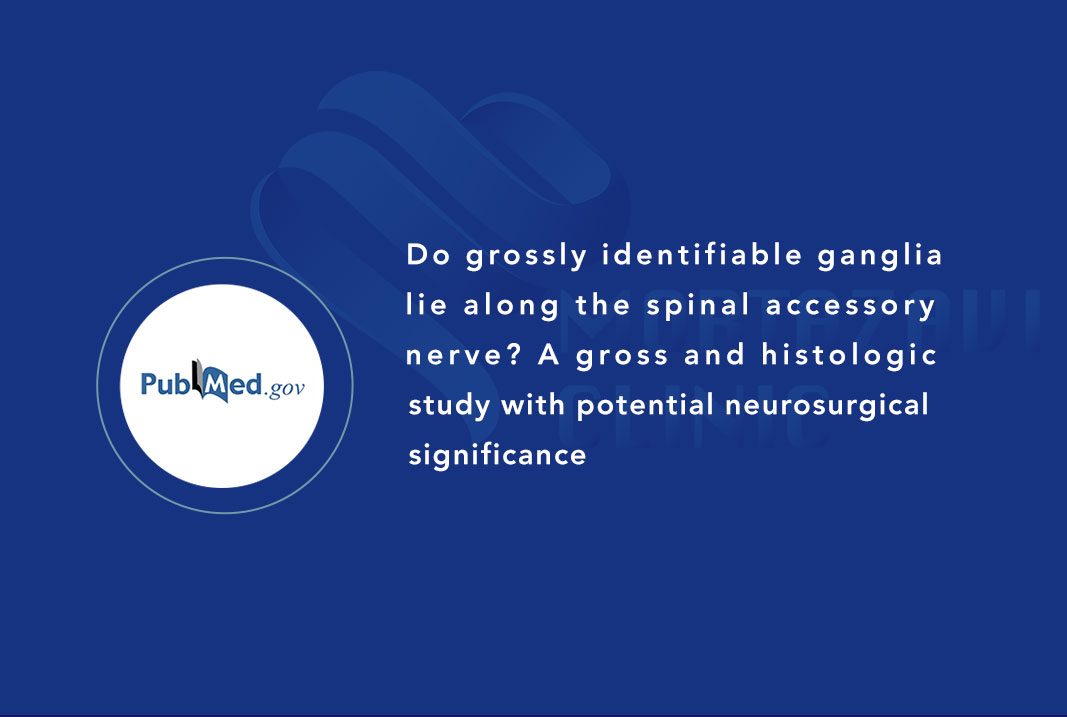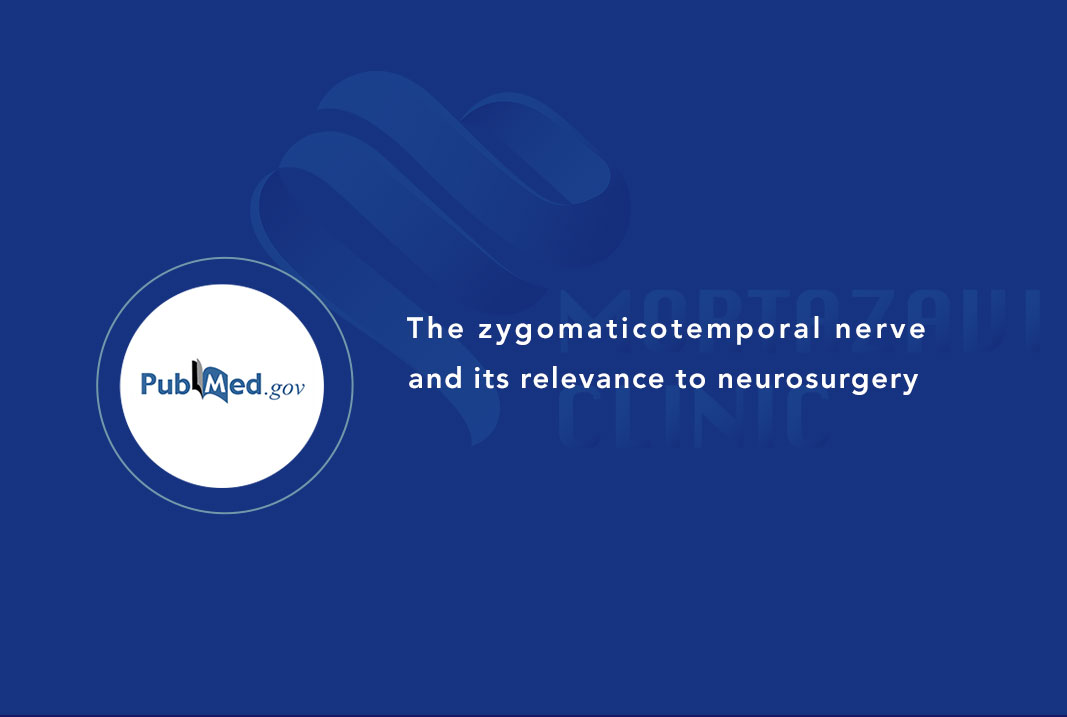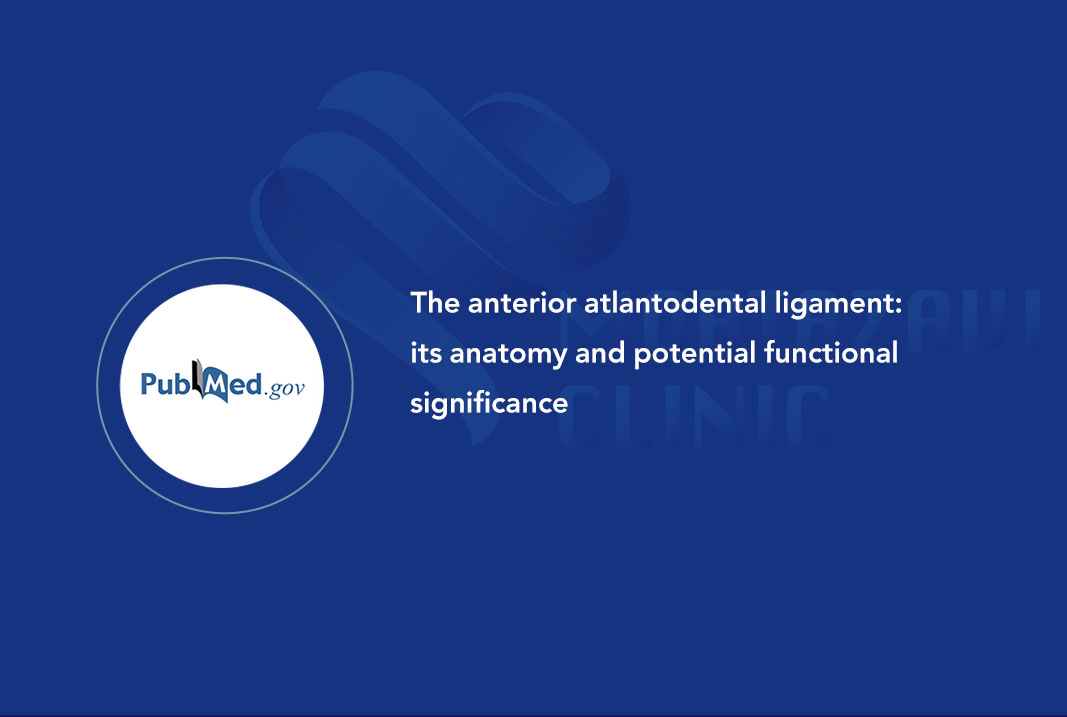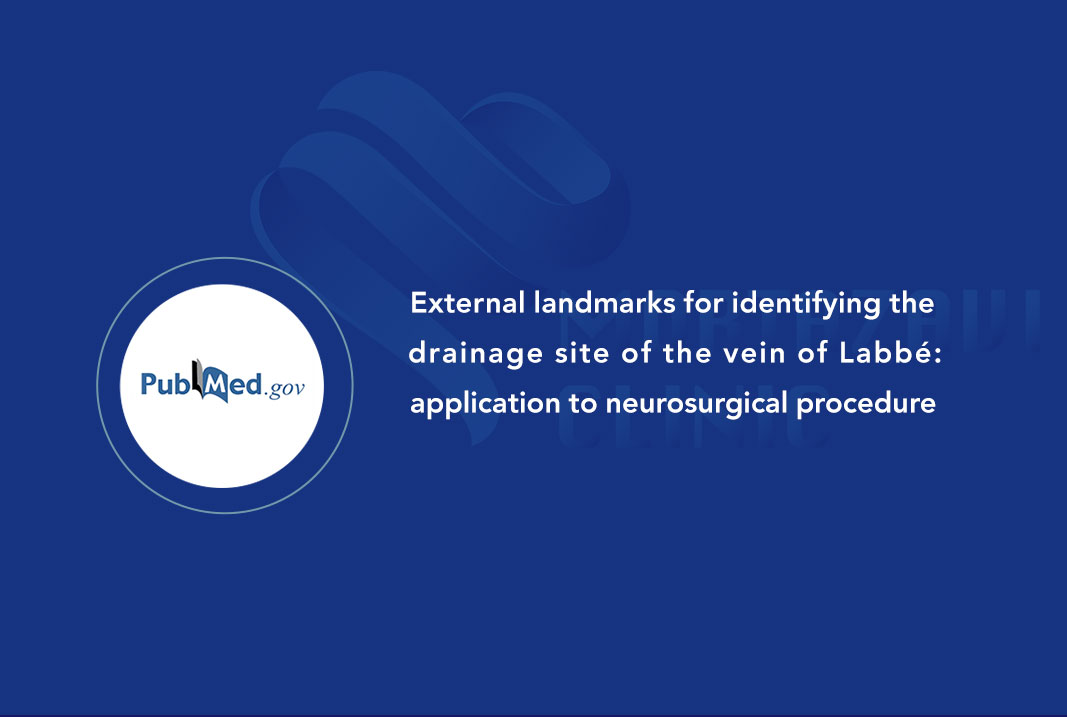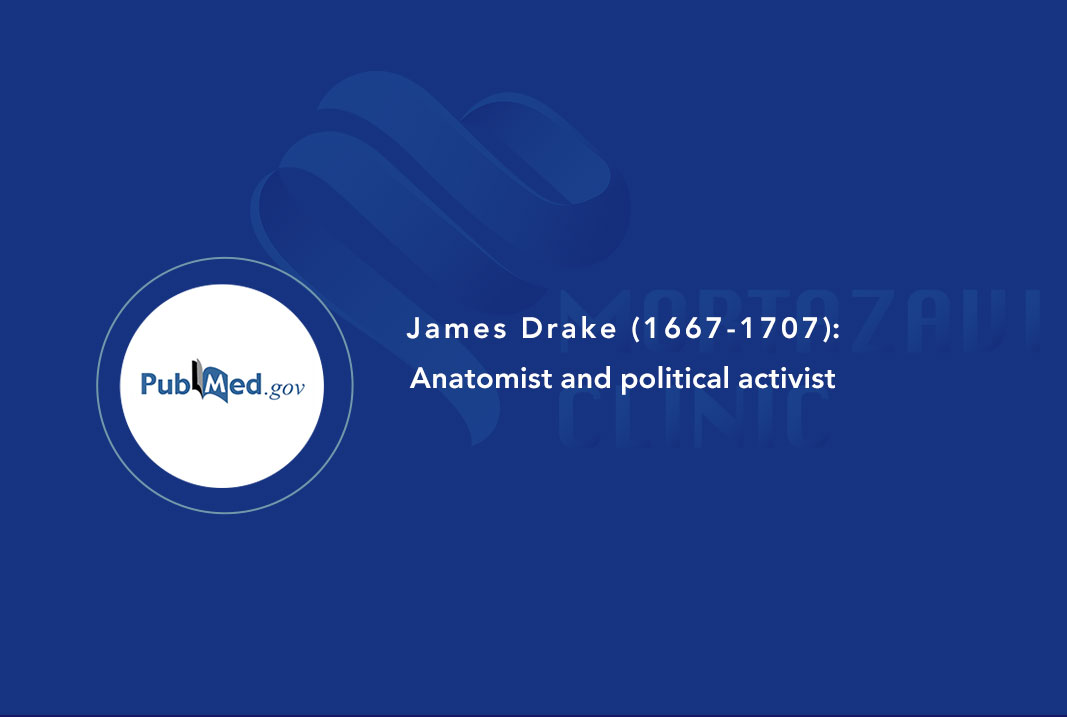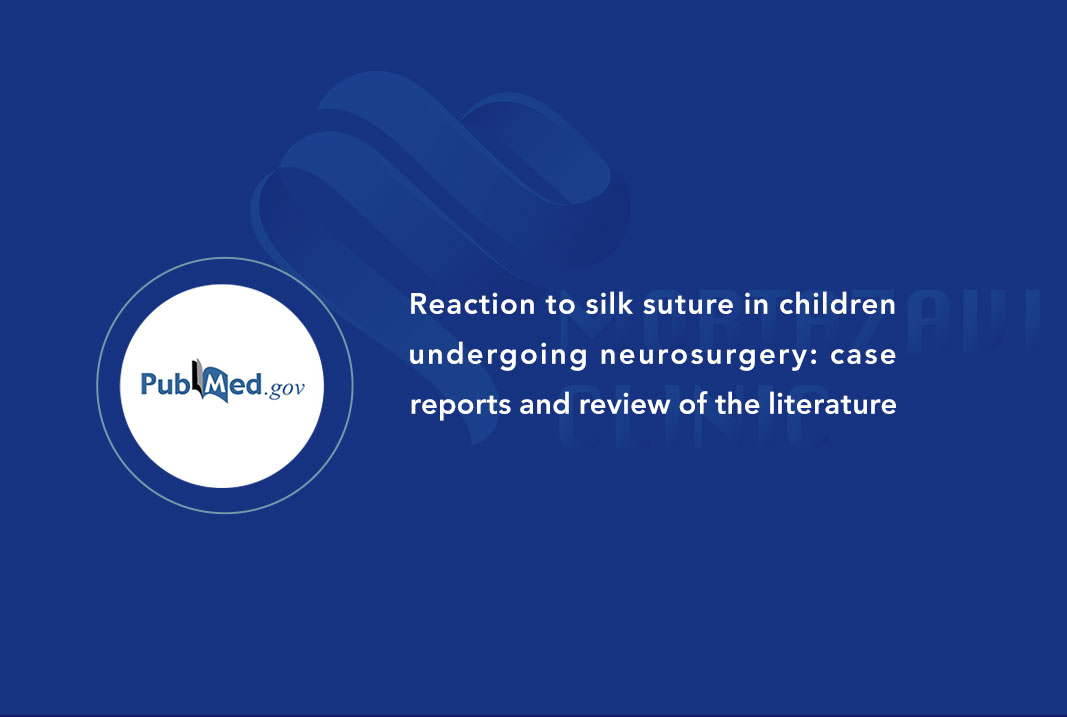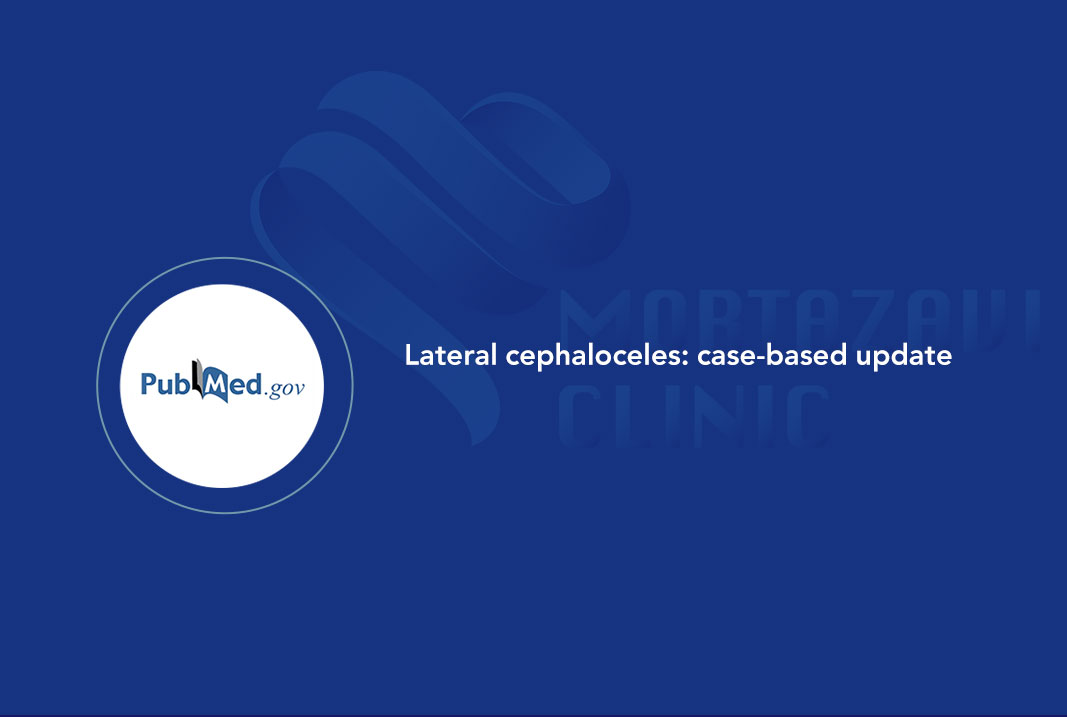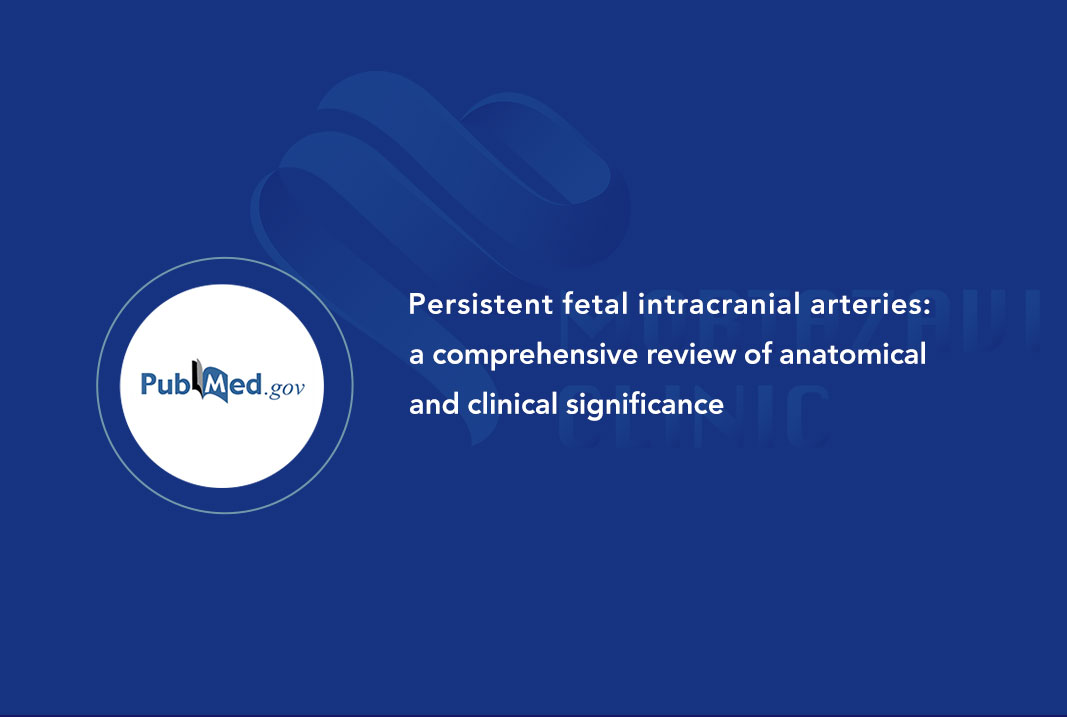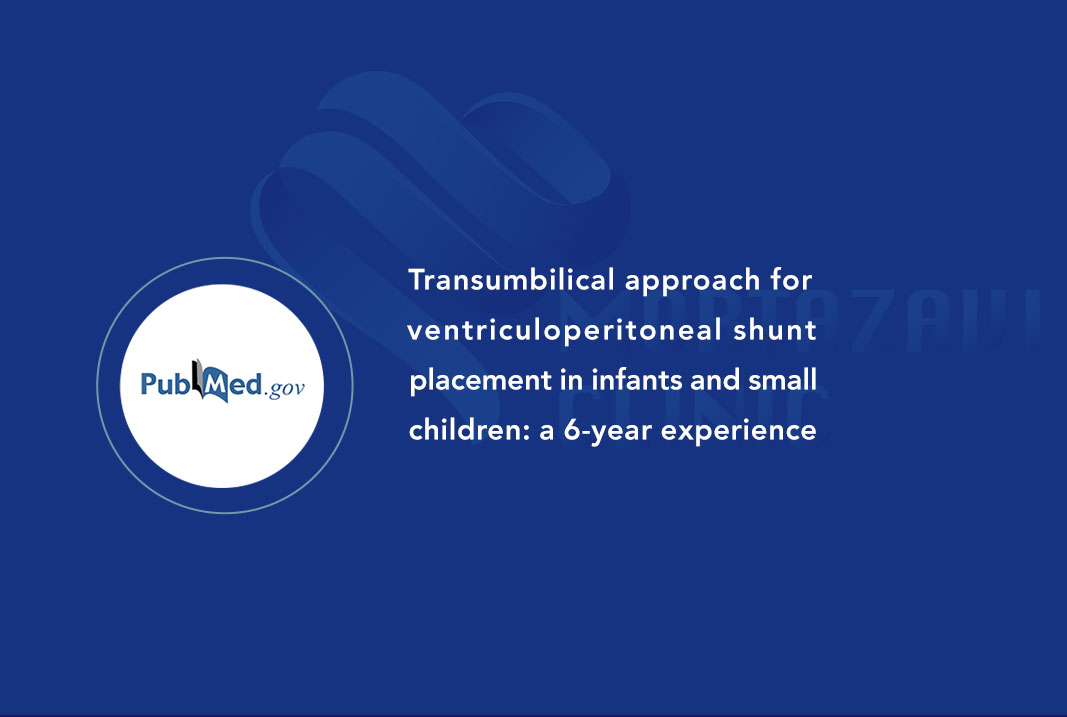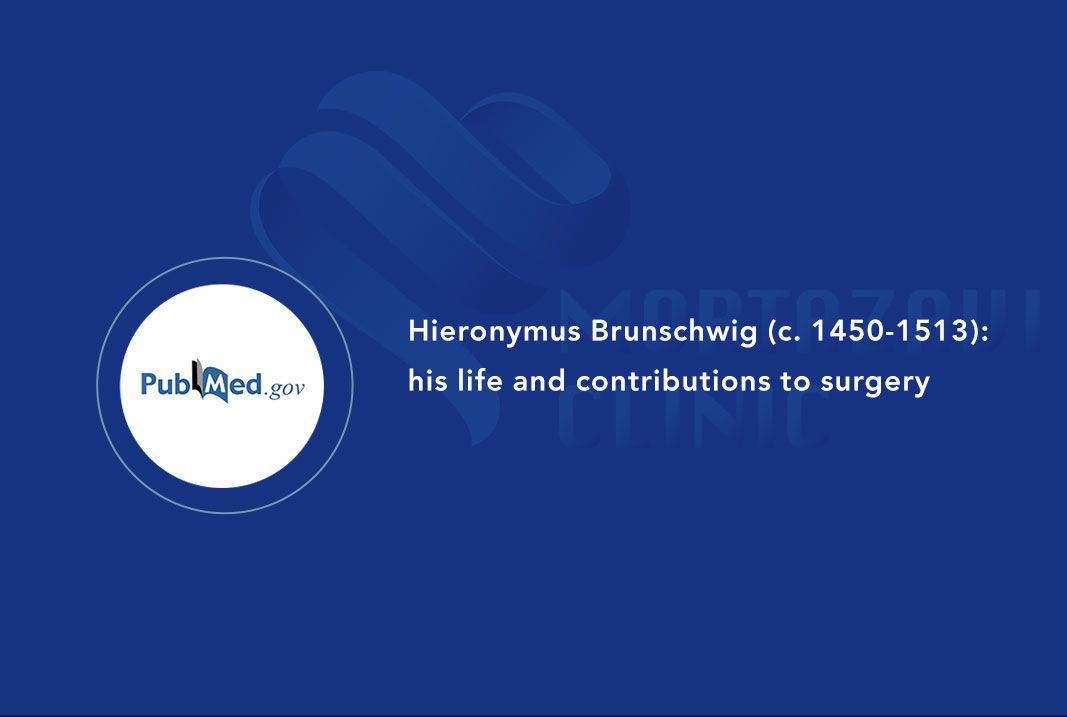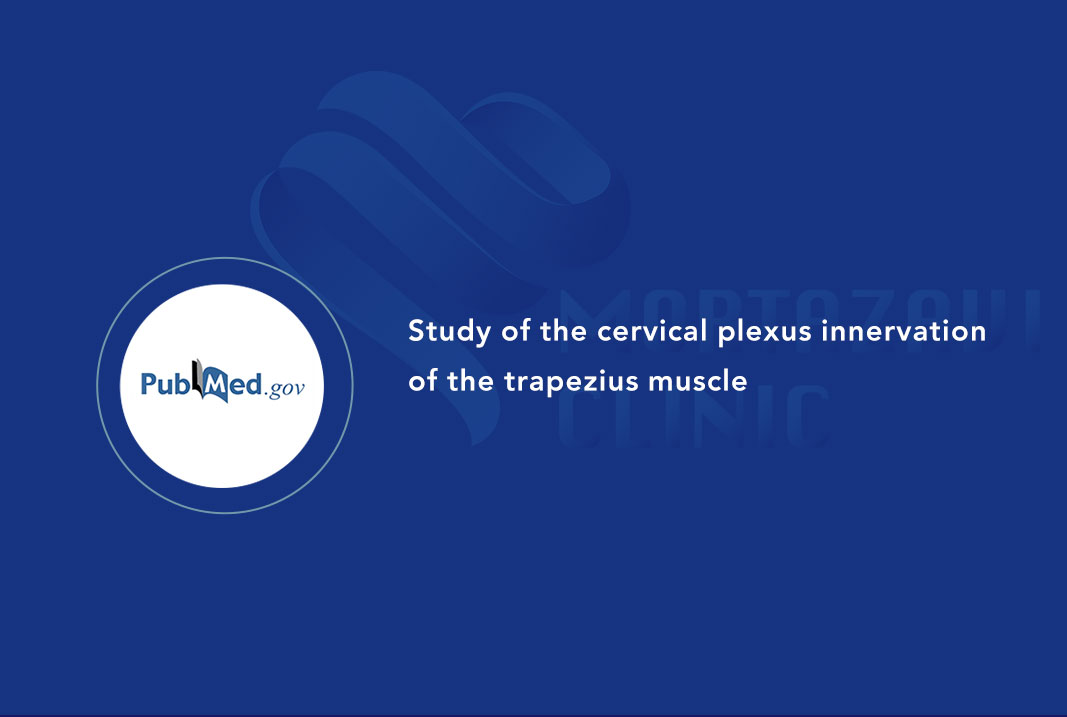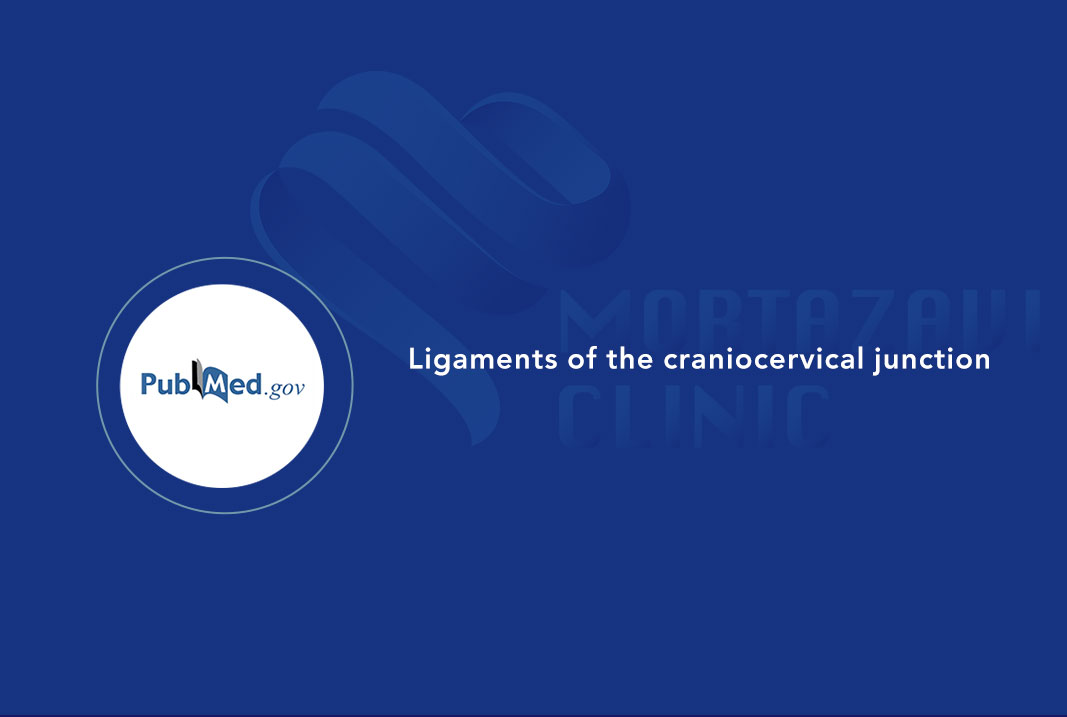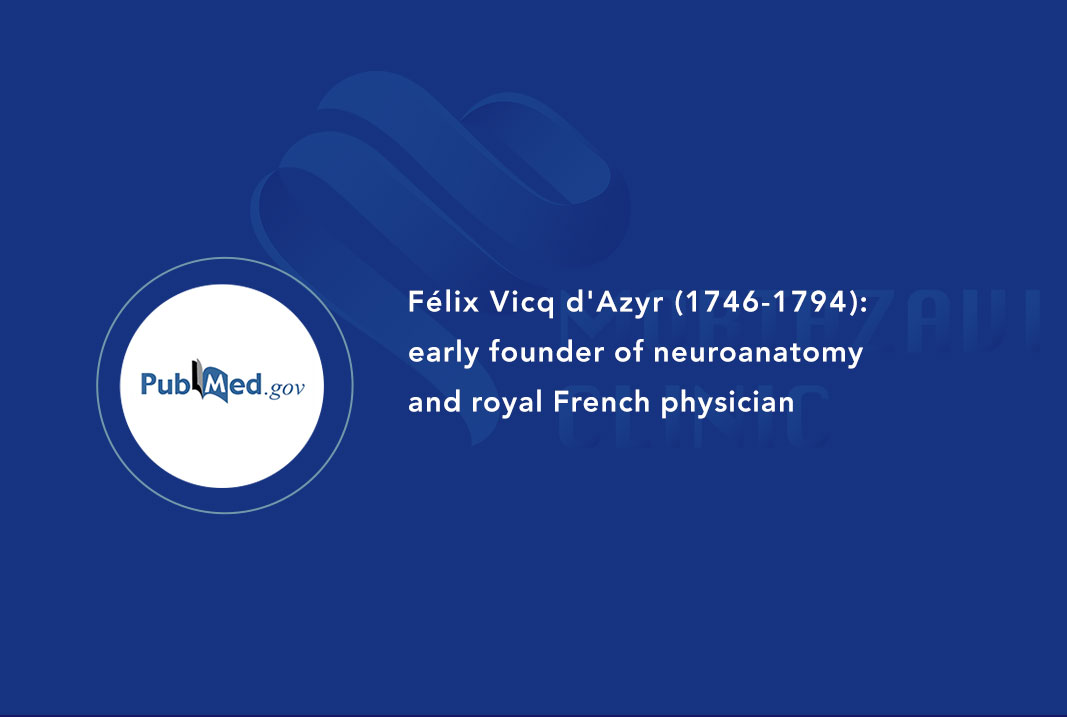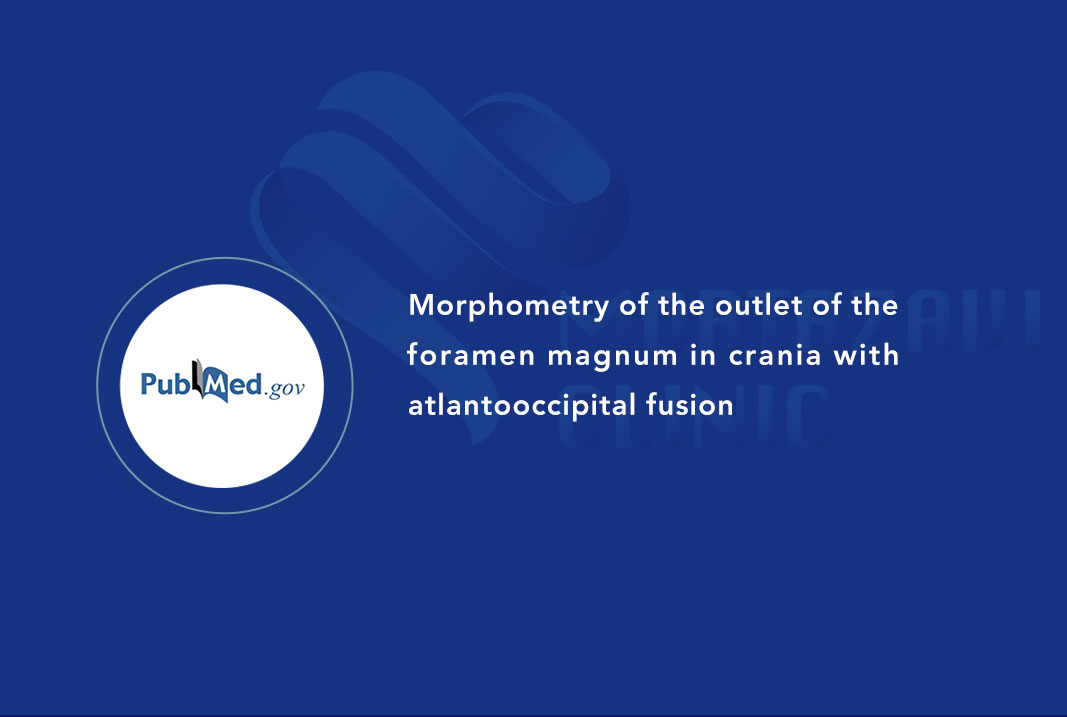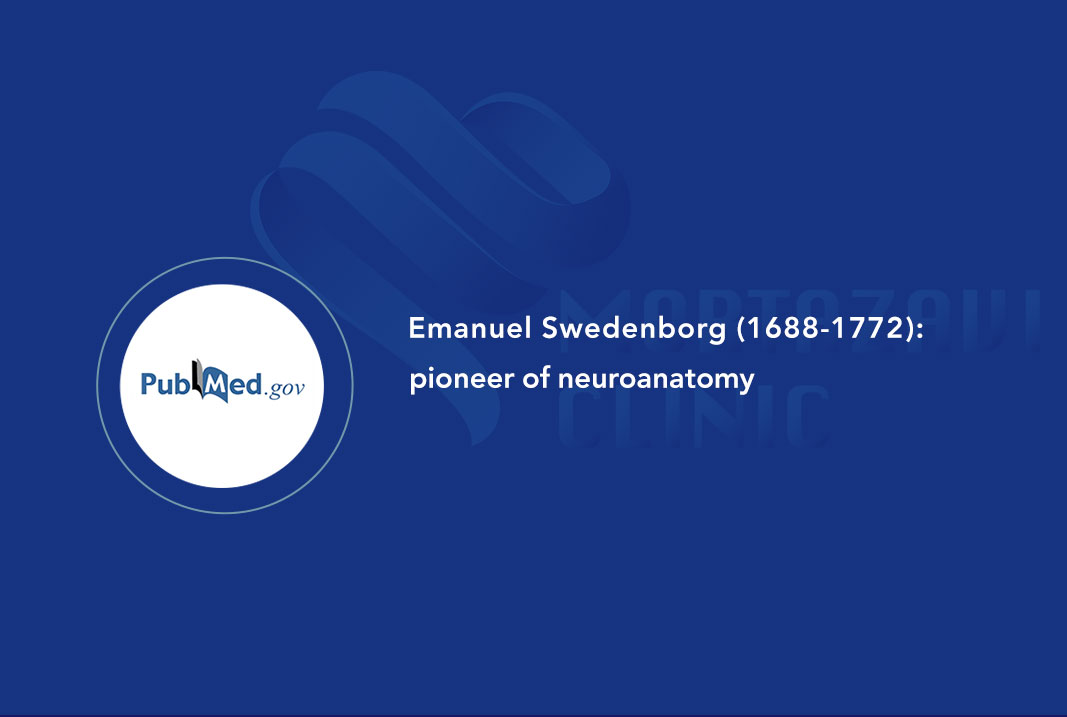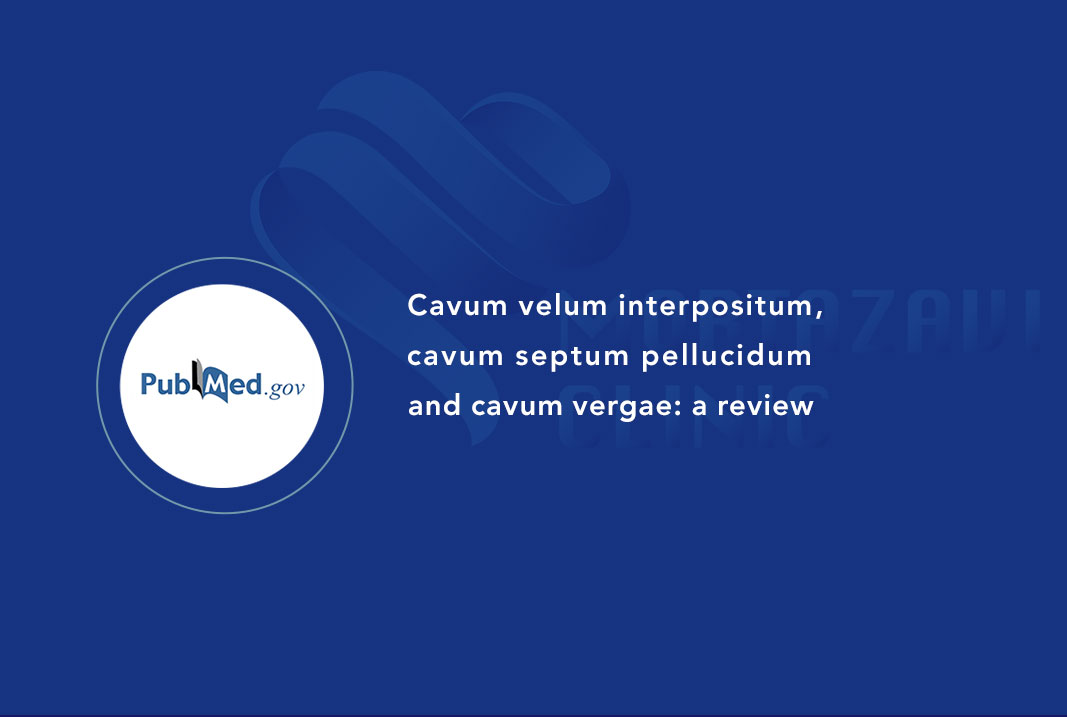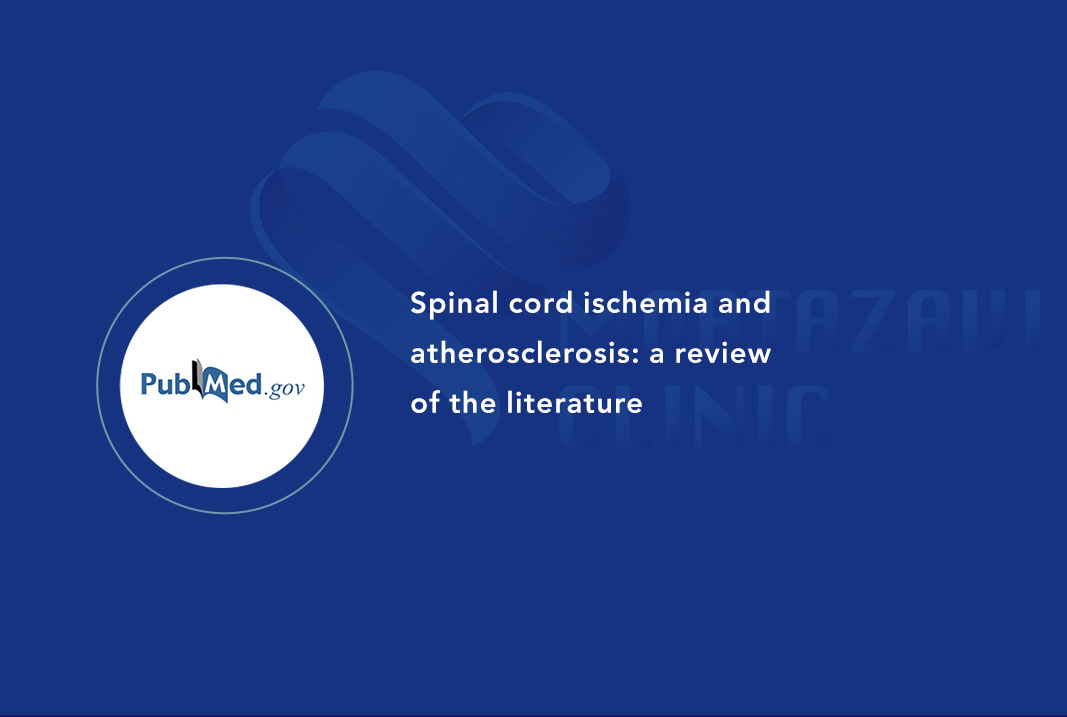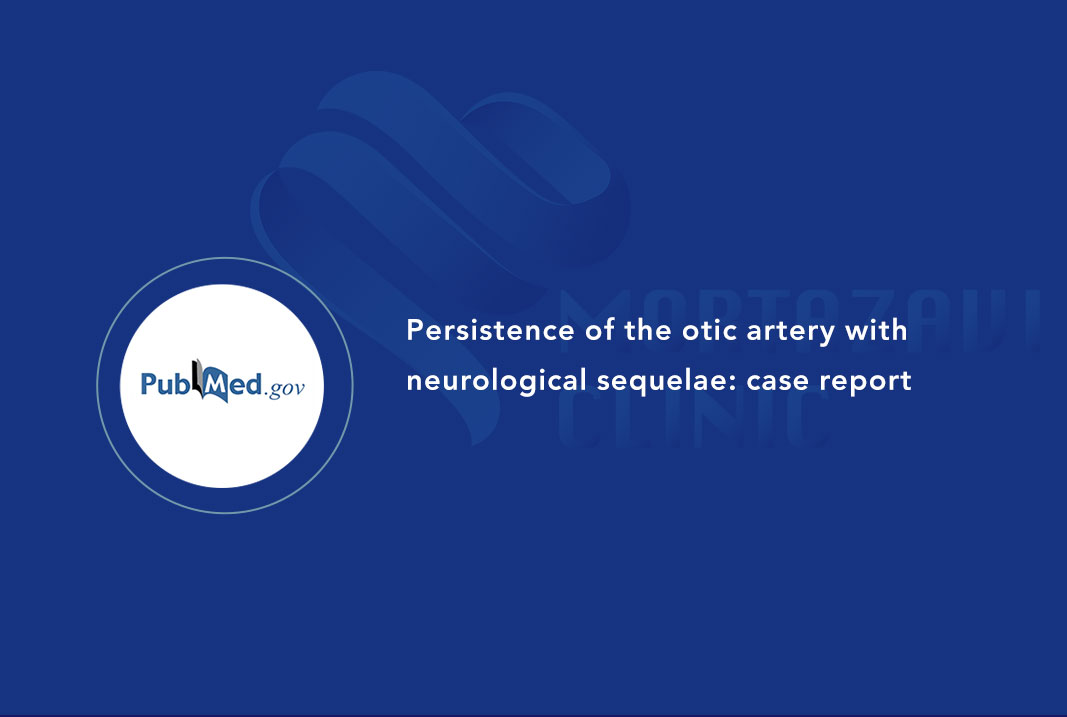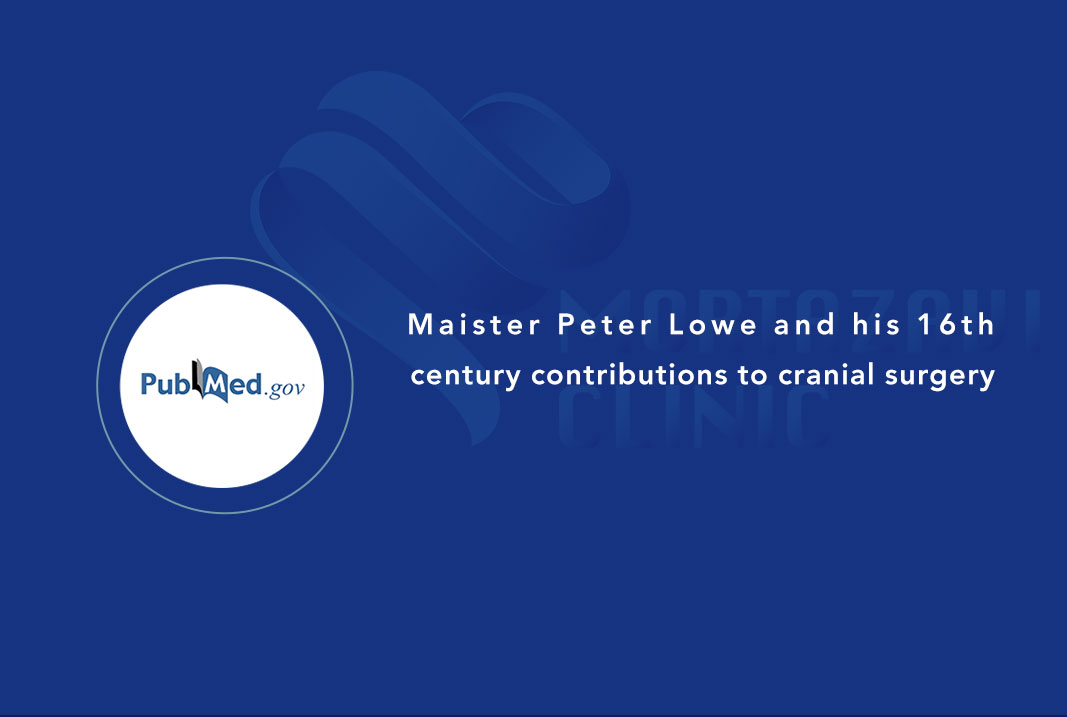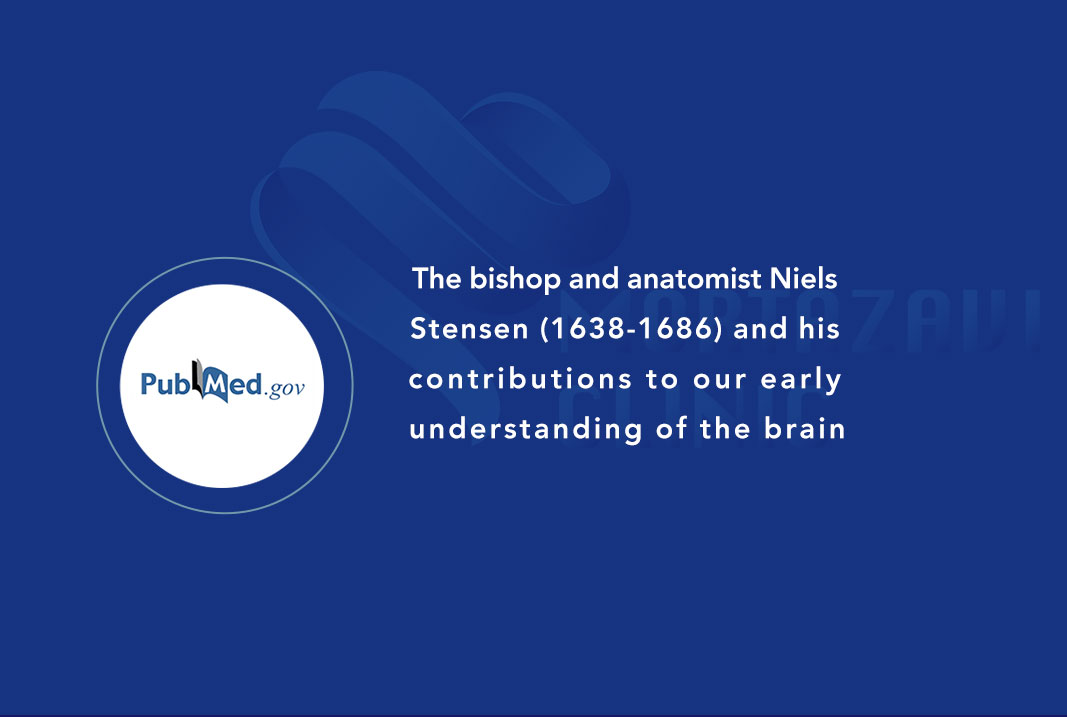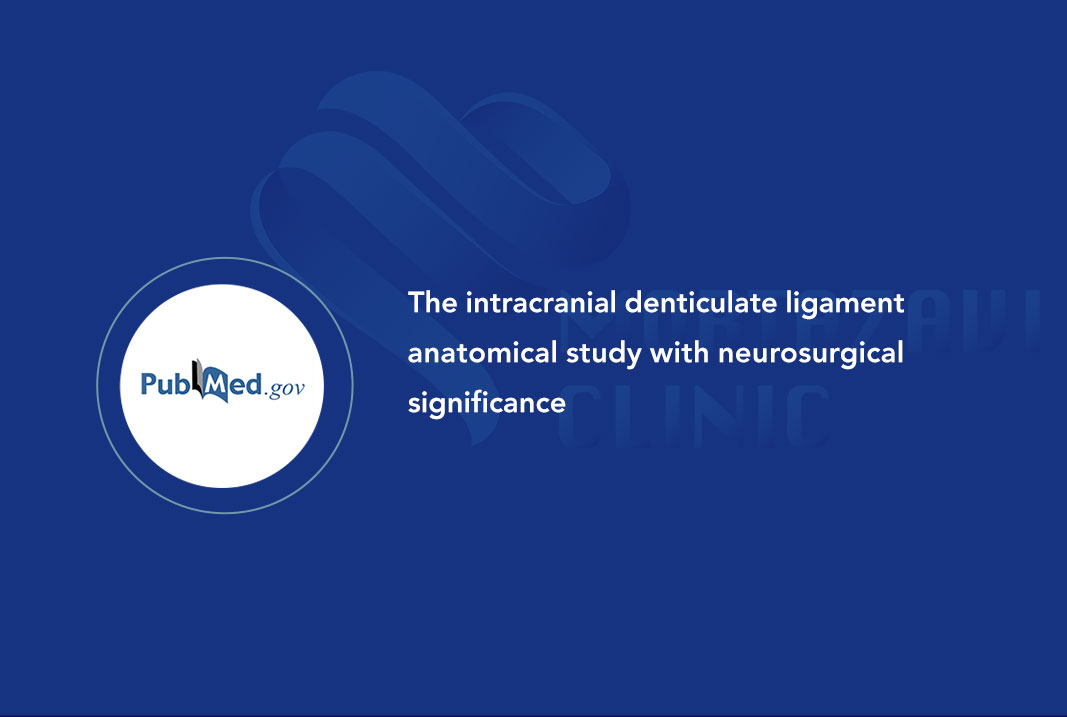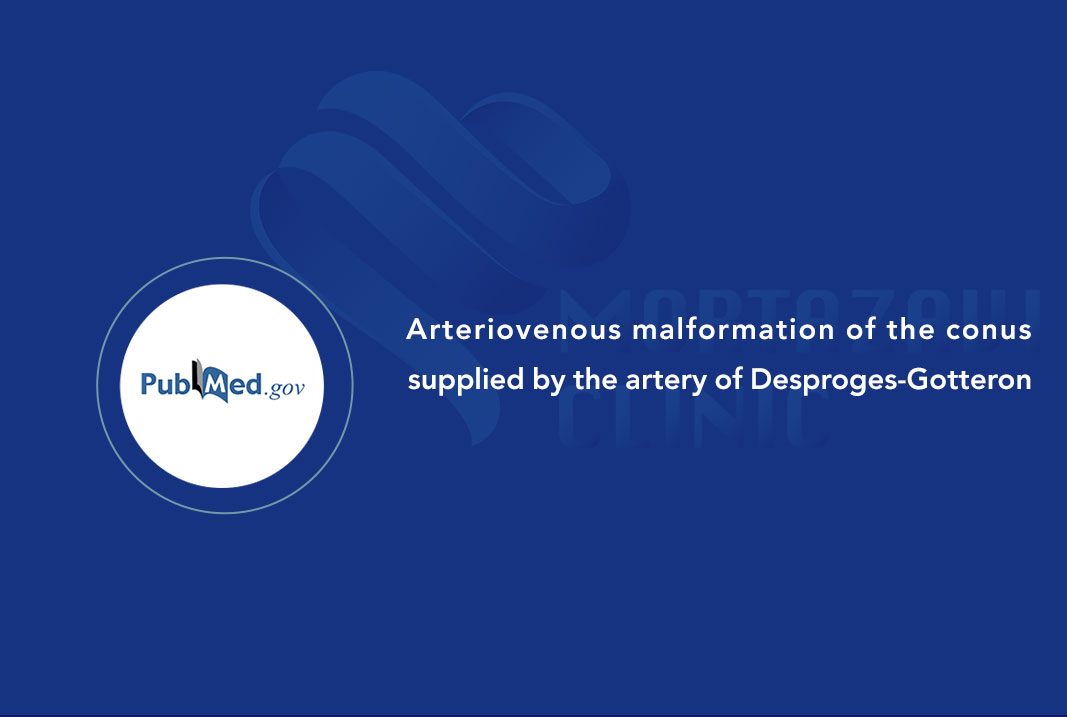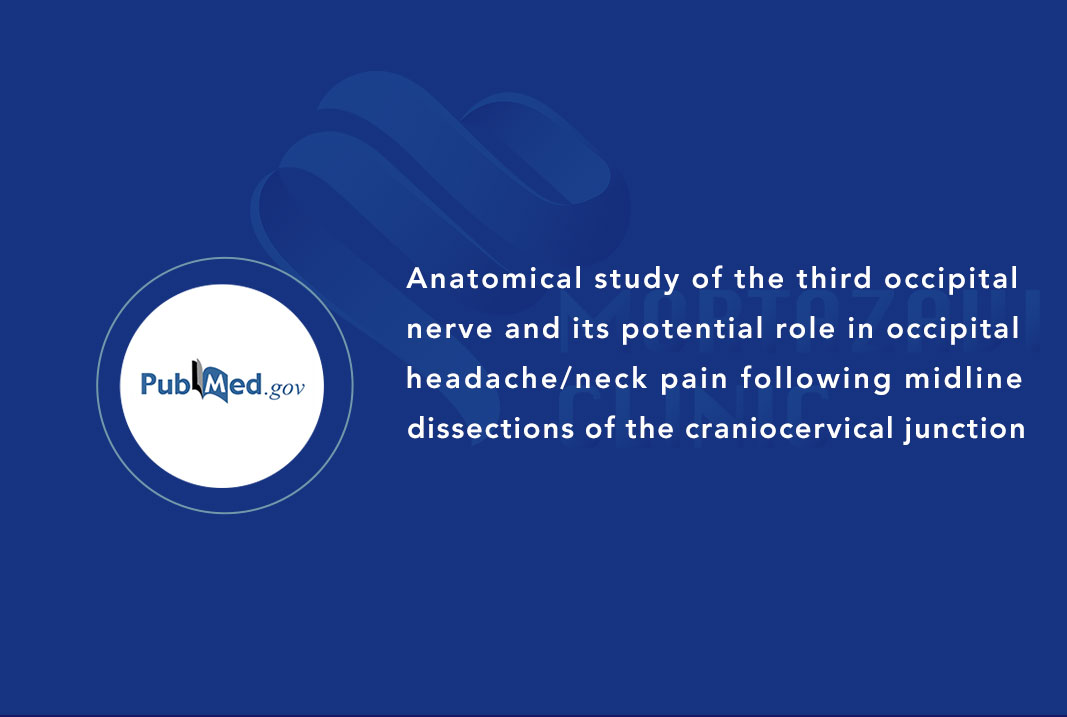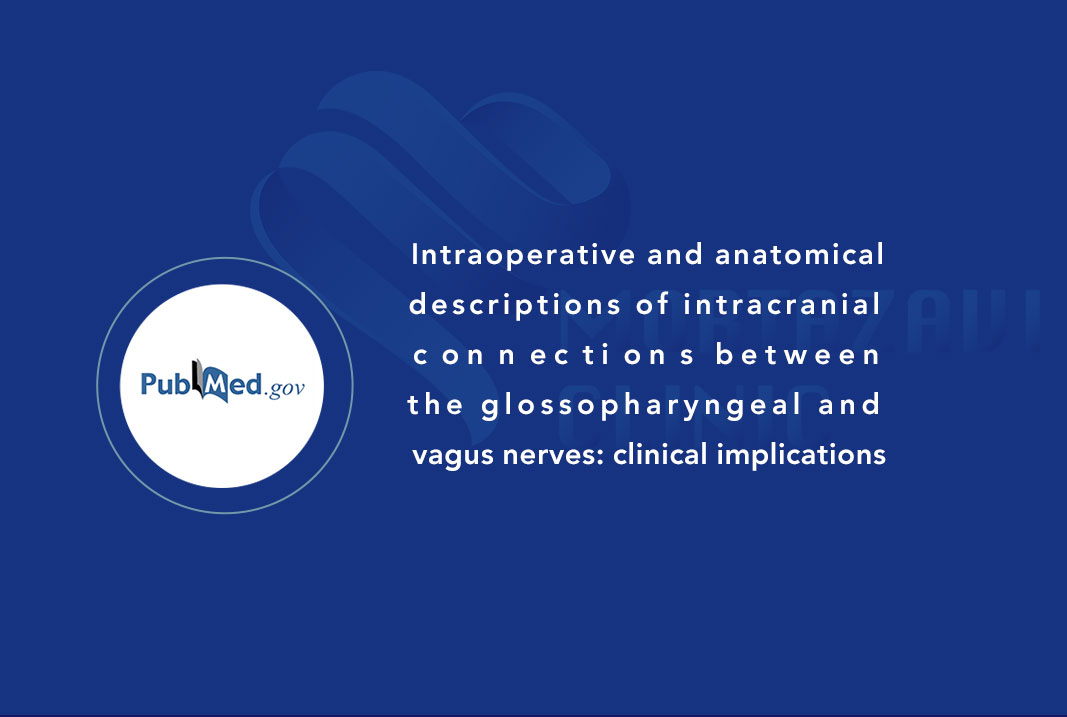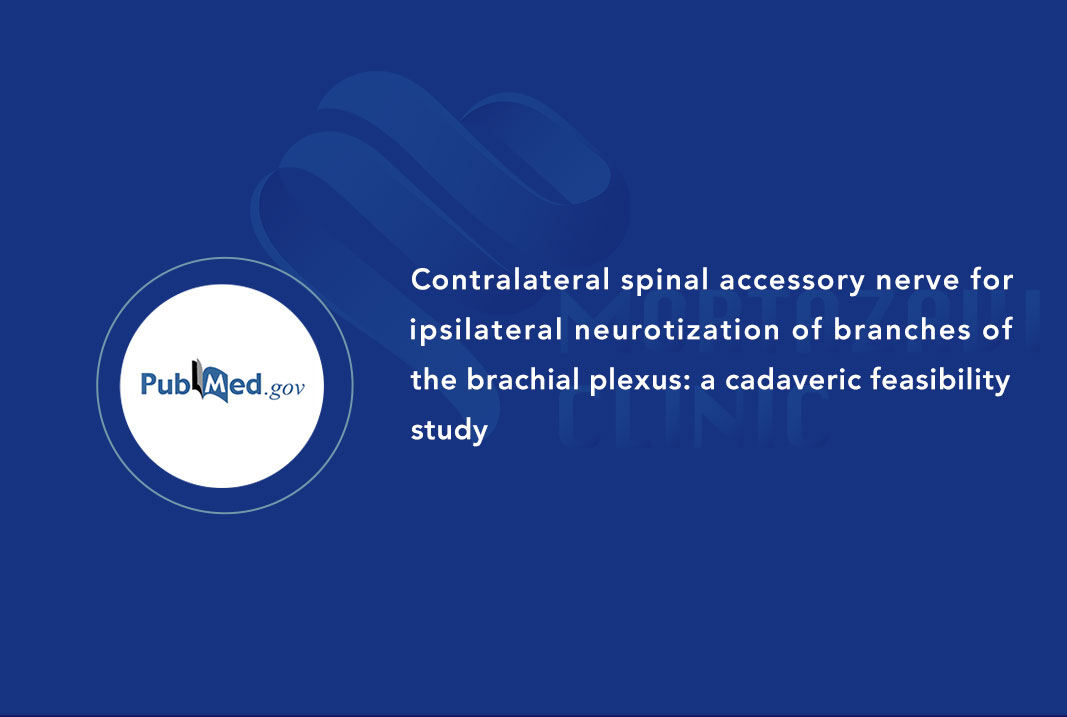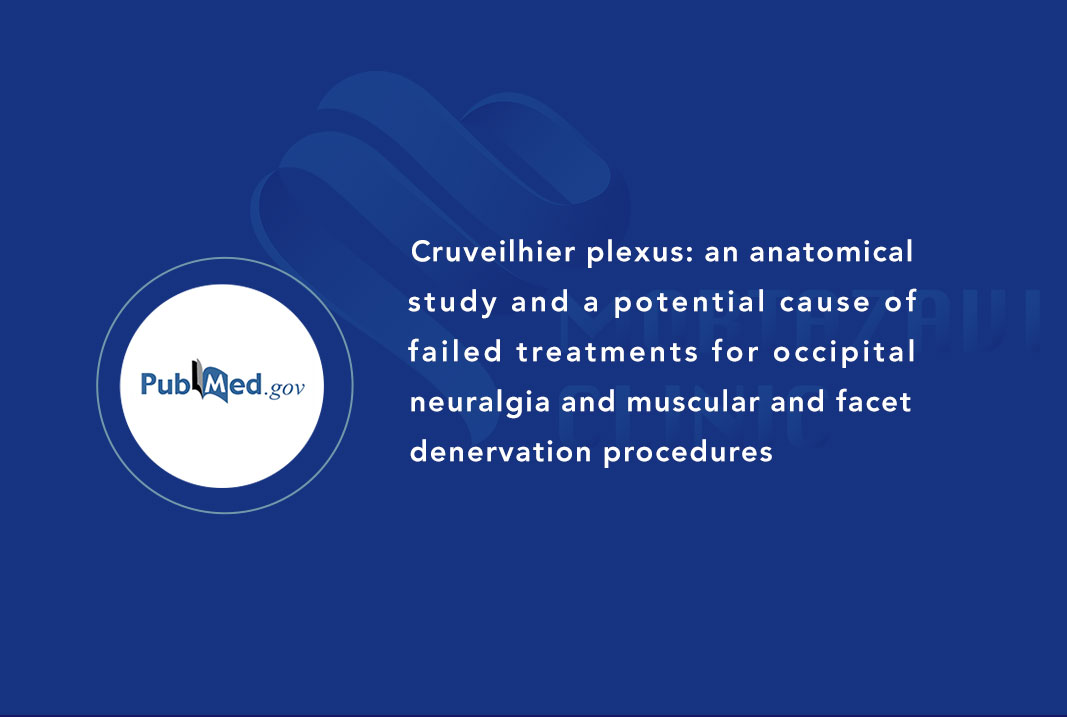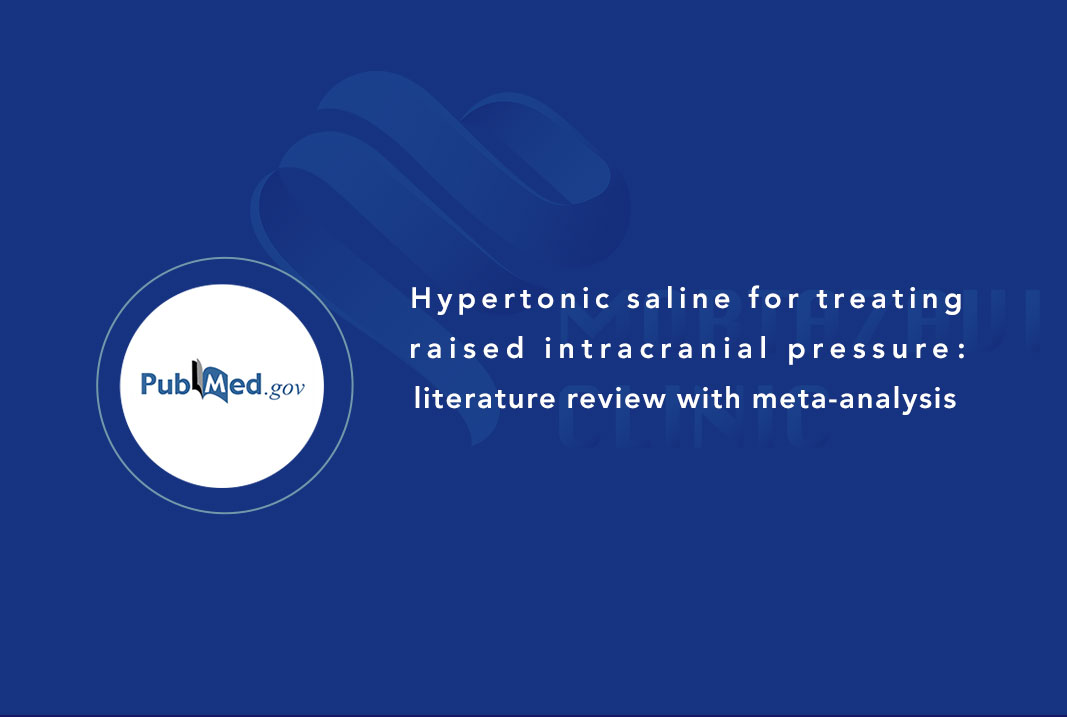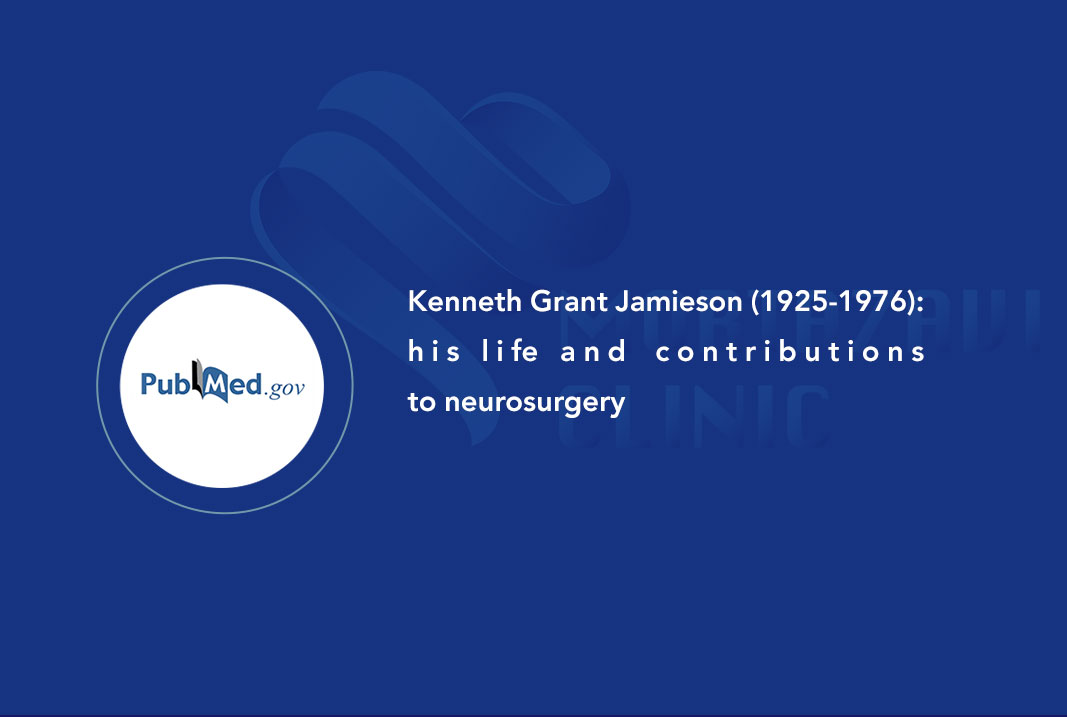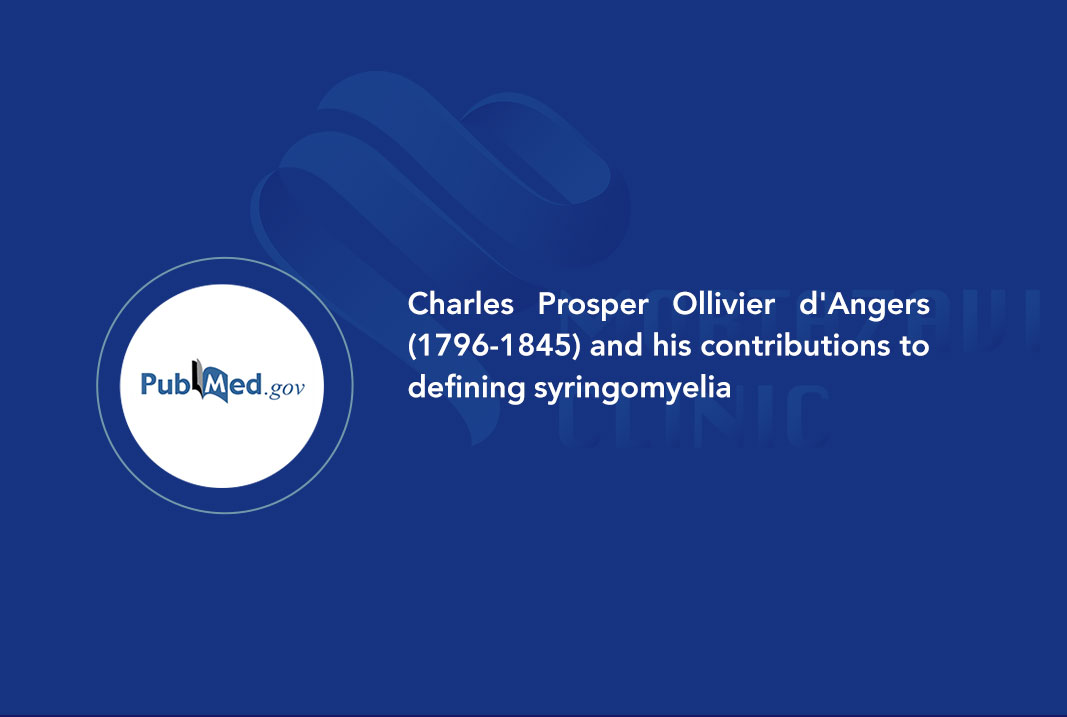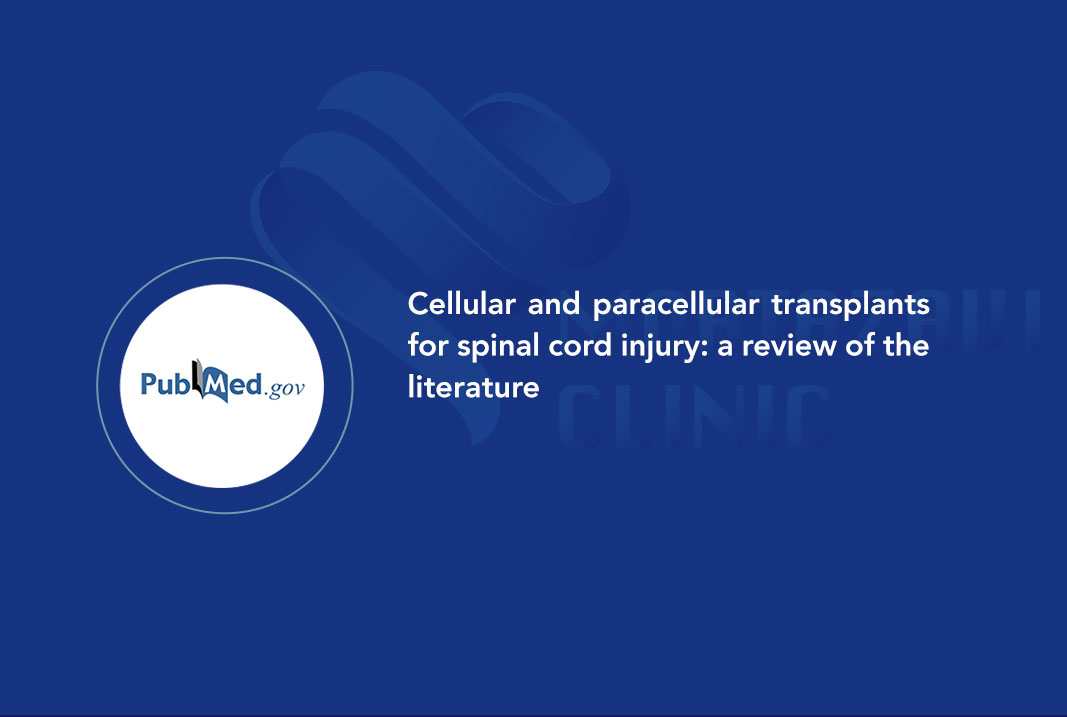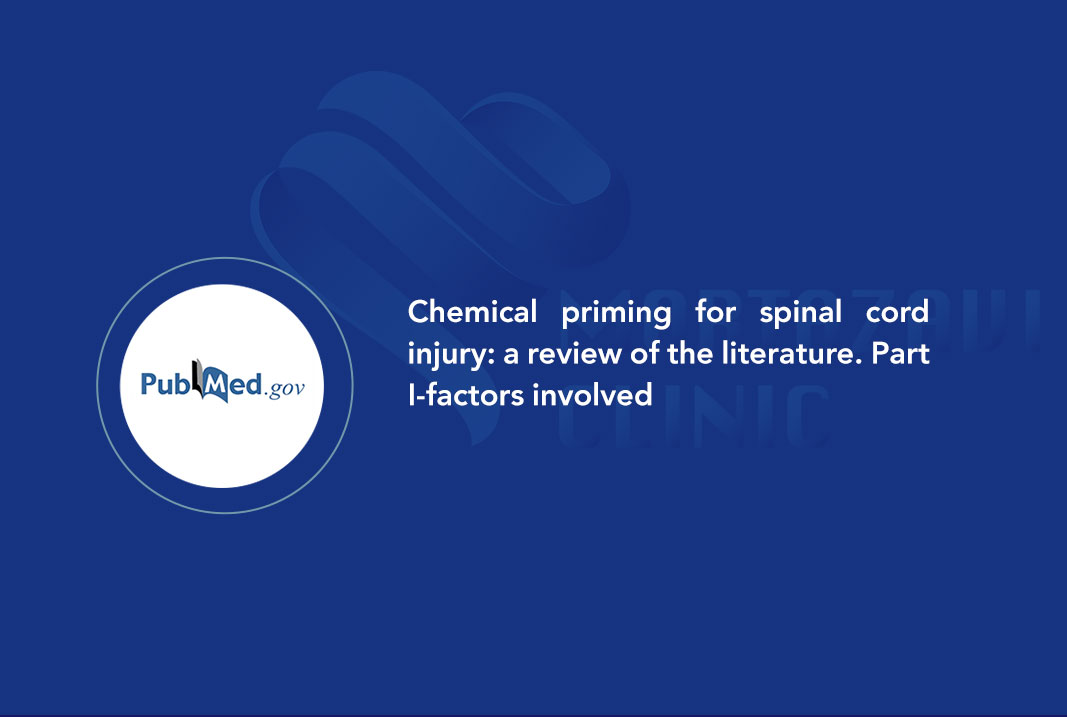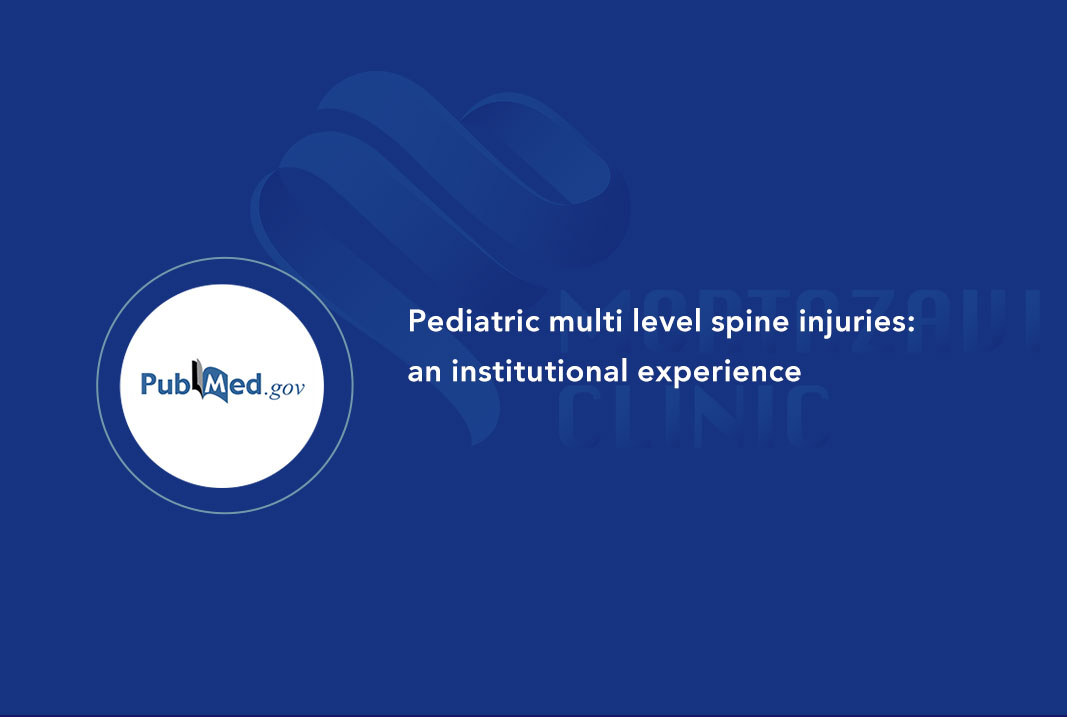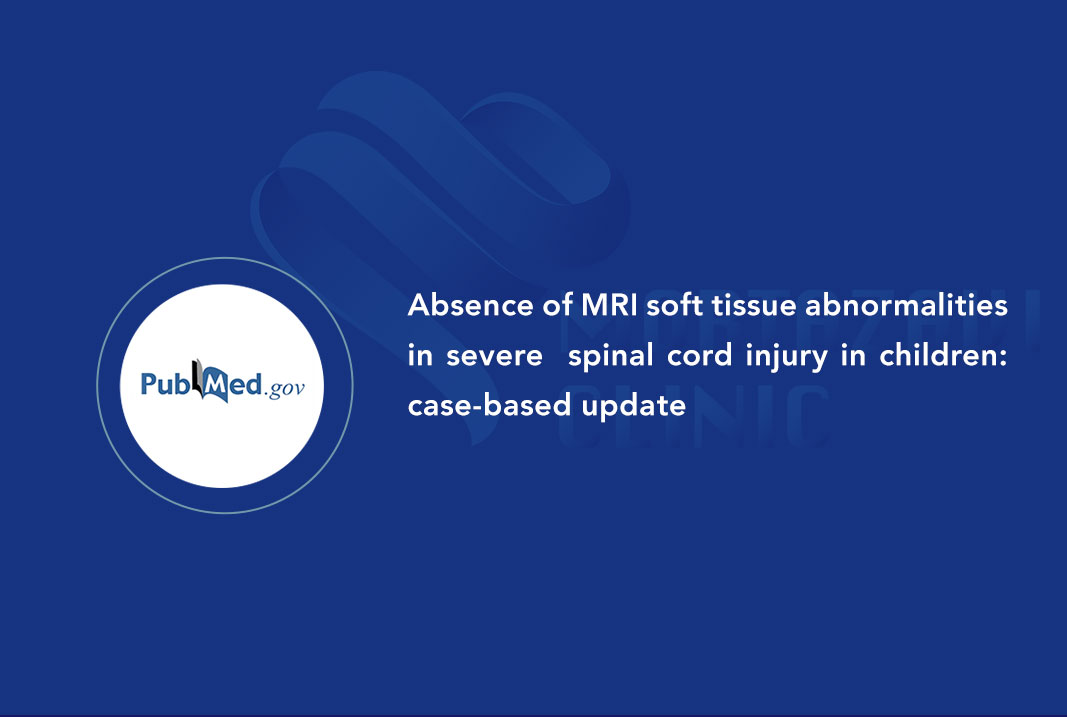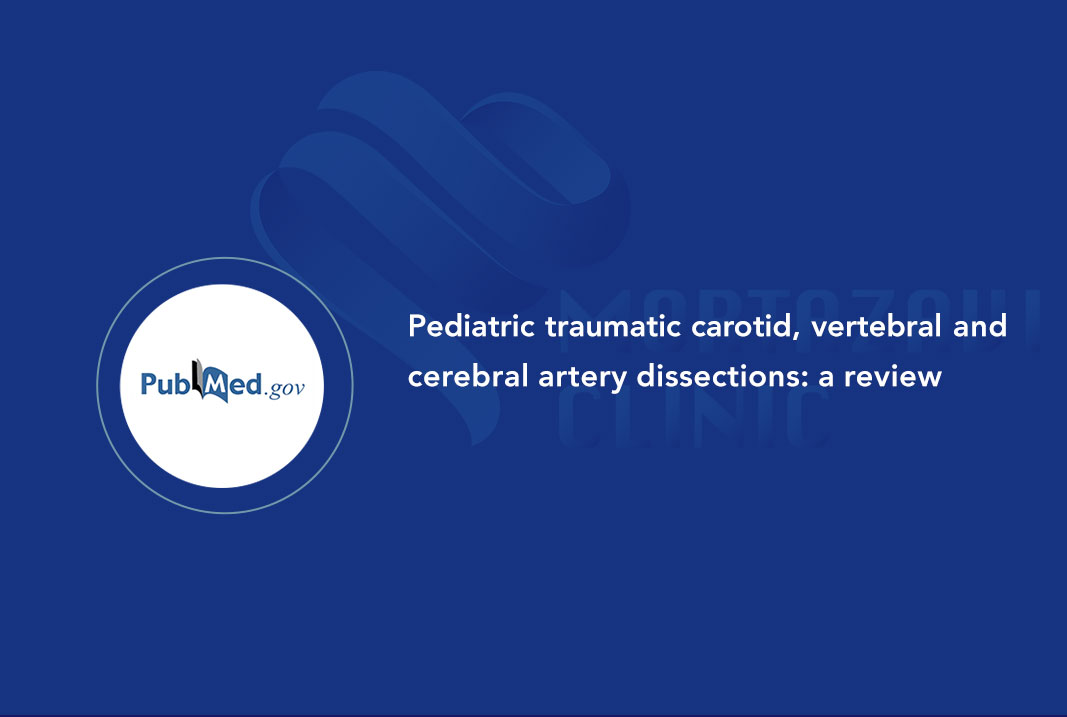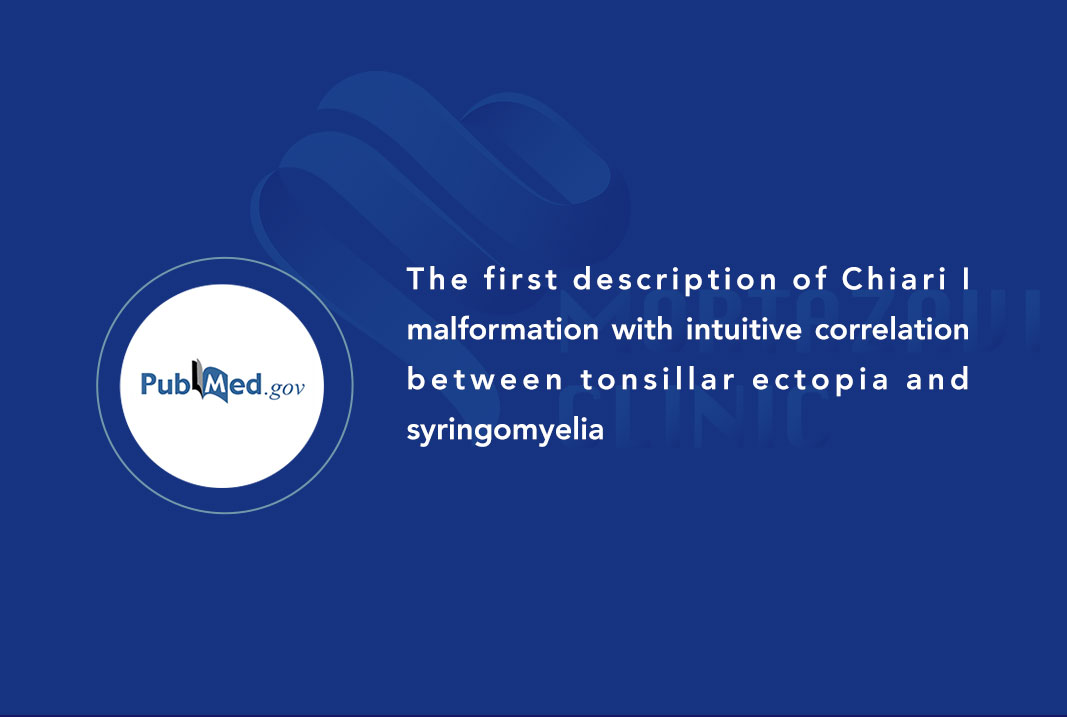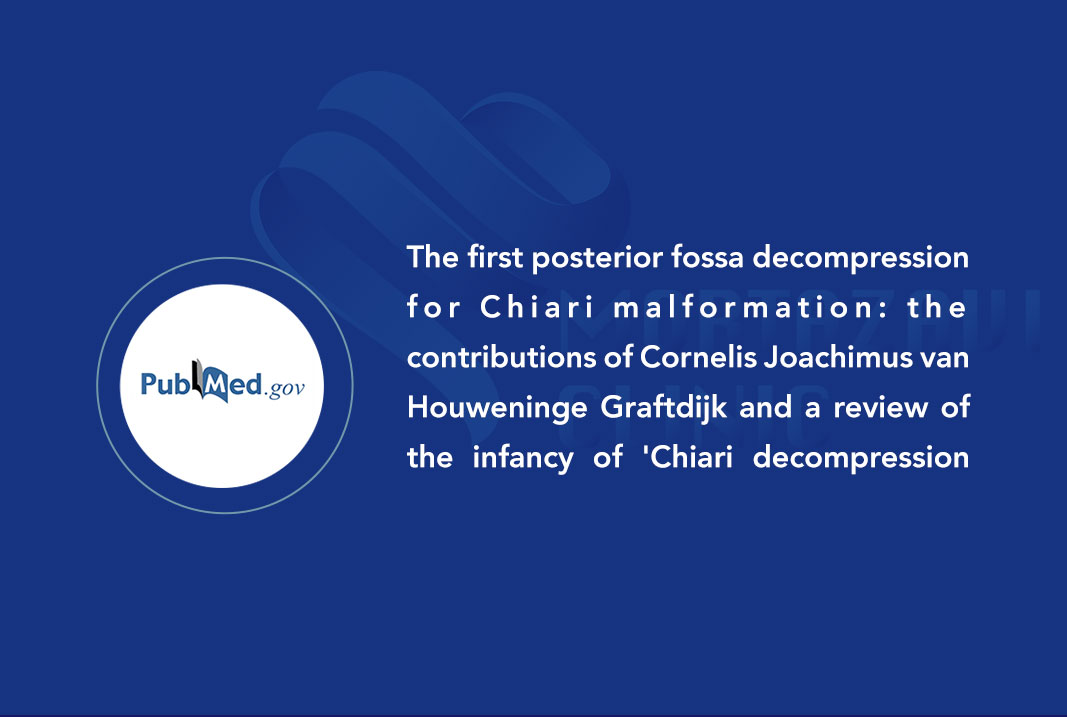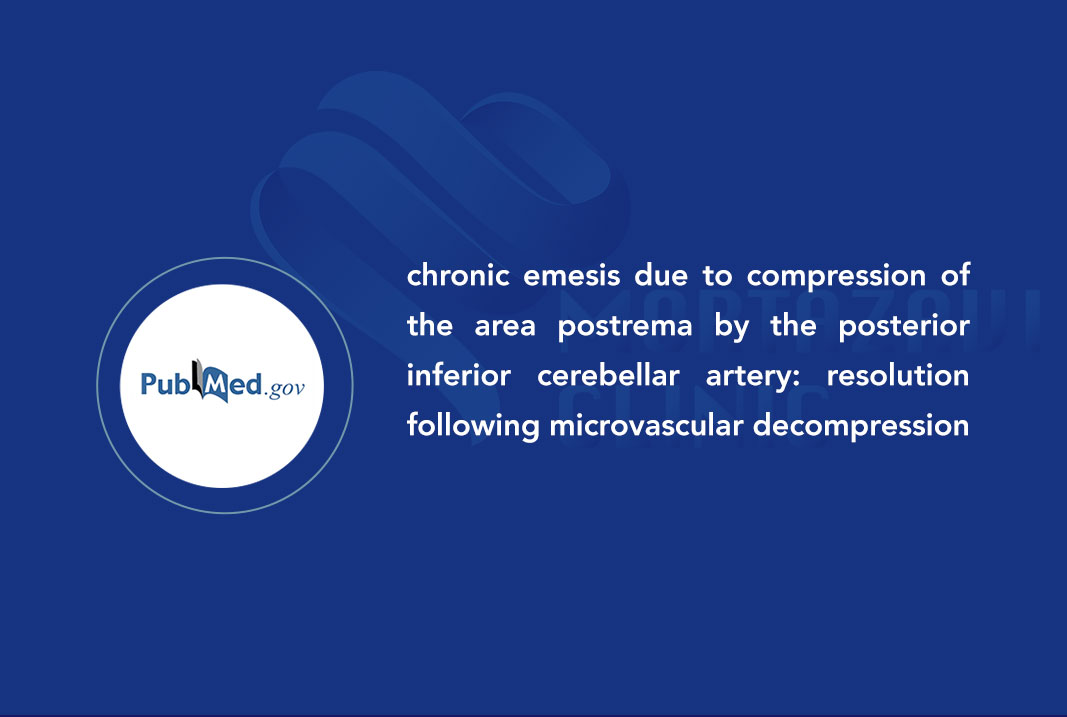Articles
The pia mater: a comprehensive review of literature
Abstract Introduction: The pia mater has received less attention in the literature compared to the dura and arachnoid maters. However, its presence as a direct covering of the nervous system and direct relation to the blood vessels gives it a special importance in neurosurgery. Method: A comprehensive review of the literature was conducted to study all that we could find relating to the pia mater, including history, macro- and microanatomy, embryology, and a full description of the related structures. Conclusion: The pia mater has an important anatomic position, rich history, complicated histology and embryology, and a significant contribution to a number of other structures that may stabilize and protect the nervous system. To read the full article, refer to the link below: https://www.ncbi.nlm.nih.gov/pubmed/?term=23381008
Pediatric Chiari malformation Type 0: a 12-year institutional experience
Abstract Object: In 1998 the authors identified 5 patients with syringomyelia and no evidence of Chiari malformation Type I (CM-I). Magnetic resonance imaging of the entire neuraxis ruled out other causes of a syrinx. Ultimately, abnormal CSF flow at the foramen magnum was the suspected cause. The label 'Chiari 0' was used to categorize these unique cases with no tonsillar ectopia. All of the patients underwent posterior fossa decompression and duraplasty identical to the technique used to treat patients with CM-I. Significant syrinx and symptom resolution occurred in these patients. Herein, the authors report on a follow-up study of patients with CM-0 who were derived from over 400 operative cases of pediatric CM-I decompression. Methods: The authors present their 12-year experience with this group of patients. Results: Fifteen patients (3.7%) were identified. At surgery, many were found to have physical barriers to CSF flow near the foramen magnum. In most of them, the syringomyelia was greatly diminished postoperatively. Conclusions: The authors stress that this subgroup represents a very small cohort among patients with Chiari malformations. They emphasize that careful patient selection is critical when diagnosing CM-0. Without an obvious CM-I, other etiologies of a spinal syrinx must be conclusively ruled out. Only then can one reasonably expect to ameliorate the clinical course of these patients via posterior fossa decompression. To read the full article, refer to the link below: https://www.ncbi.nlm.nih.gov/pubmed/?term=21721881
The Reproducibility of Cerebrovascular Randomized Controlled Trials
Abstract Background: Numerous randomized controlled trials (RCTs) relevant to the cerebrovascular field have been performed. The fragility index was recently developed to complement the P value and measure the robustness and reproducibility of clinical findings of RCTs. Objective: In this study, we evaluate the fragility index for key surgical and endovascular cerebrovascular RCTs and propose a novel RCT classification system based on the fragility index. Methods: Cerebrovascular RCTs reported between 2000 and 2018 were reviewed. Six key areas were specifically targeted in relation to stroke, carotid stenosis, cerebral aneurysms, and subarachnoid hemorrhage. The correlation between fragility index, number of patients lost to follow-up, and fragility quotient were evaluated to propose a classification system for the robustness of the studies. Results: A total of 20 RCTs that reported significant differences between both study groups in terms of the primary outcome were included. The median fragility index for the trials was 5.5. An additional 30 randomly selected RCTs were added to propose a classification system with high reliability. The difference between the number of patients lost to follow-up and fragility index inversely correlated with the fragility quotient and was used to divide the robustness of the RCTs into 3 classes reflecting the reproducibility of the trial. Conclusions: Neurosurgeons and neurointerventionalists should exercise caution with interpreting the results of cerebrovascular RCTs, especially when the sample size and events numbers are small and there is a high number of patients who were lost to follow-up, as quantitatively identified using the proposed classification system. to see the full article, check the link below: https://pubmed.ncbi.nlm.nih.gov/32437984/
Recent update on basic mechanisms of spinal cord injury
Abstract Spinal cord injury (SCI) is a life-shattering neurological condition that affects between 250,000 and 500,000 individuals each year with an estimated two to three million people worldwide living with an SCI-related disability. The incidence in the USA and Canada is more than that in other countries with motor vehicle accidents being the most common cause, while violence being most common in the developing nations. Its incidence is two- to fivefold higher in males, with a peak in younger adults. Apart from the economic burden associated with medical care costs, SCI predominantly affects a younger adult population. Therefore, the psychological impact of adaptation of an average healthy individual as a paraplegic or quadriplegic with bladder, bowel, or sexual dysfunction in their early life can be devastating. People with SCI are two to five times more likely to die prematurely, with worse survival rates in low- and middle-income countries. This devastating disorder has a complex and multifaceted mechanism. Recently, a lot of research has been published on the restoration of locomotor activity and the therapeutic strategies. Therefore, it is imperative for the treating physicians to understand the complex underlying pathophysiological mechanisms of SCI. to see the full article, check the link below: https://www.ncbi.nlm.nih.gov/pubmed/?term=29998371
China's first surgeon: Hua Tuo (c. 108-208 AD)
Abstract Hua Tuo (c. 108-208 AD), the Chinese surgical pioneer and herbal expert, excelled as a physician, making significant strides in anesthesia, surgery, and acupuncture. He is accredited for spearheading the practice of laparotomies and organ transplants, using anesthetics, and he was the first Chinese surgeon to operate on the abdomen including performing splenectomy and colostomy. Neurologically, Hua Tuo is said to have performed procedures to treat headache, paralysis, and suspected a brain tumor in one patient. Tuo's impact on medicine was so profound that the phrases 'A Second Hua Tuo' or 'Hua Tuo reincarnated' were coined in honor of his diligence and compassion to recognize outstanding physicians who demonstrate an equal caliber of surgical competence. It is the pioneering contributions to medicine and surgery as made by such physicians as Hua Tuo on which we base our current understanding. To read the full article, refer to the link below: https://www.ncbi.nlm.nih.gov/pubmed/?term=21452005
Pediatric cervical spine injuries: a comprehensive review
Abstract Introduction: Cervical spine injuries can be life-altering issues in the pediatric population. The aim of the present paper was to review this literature. Conclusions: A comprehensive knowledge of the special anatomy and biomechanics of the spine of children is essential in diagnosis and treating issues related to spine injuries. To read the full article, refer to the link below: https://www.ncbi.nlm.nih.gov/pubmed/?term=21104185
Ideal sedation for stroke thrombectomy: a prospective pilot single-center observational study
Abstract OBJECTIVESeveral retrospective studies have supported the use of conscious sedation (CS) over general anesthesia (GA) as the preferred methods of sedation for stroke thrombectomy, but a recent randomized controlled trial showed no difference in outcomes after CS or GA. The purpose of the Ideal Sedation for Stroke Thrombectomy (ISST) study was to evaluate the difference in time and outcomes in the reperfusion of anterior circulation in ischemic stroke using GA and monitored anesthesia care (MAC).METHODSThe ISST study was a prospective, open-label registry. A total of 40 patients who underwent mechanical thrombectomy for anterior circulation ischemic stroke were enrolled. Informed consent was obtained from each patient before enrollment. The primary endpoint included the interval between the patient's arrival to the interventional radiology room and reperfusion time. Secondary endpoints were evaluated to estimate the effects on the outcome of patients between the 2 sedation methods.RESULTSOf the 40 patients, 32 received thrombectomy under MAC and 8 patients under GA. The male-to-female ratio was 18:14 in the MAC group and 4:4 in the GA group. The mean time from interventional radiology room arrival to reperfusion in the GA group was 2 times higher than that in the MAC group. Complete reperfusion (TICI grade 3) was achieved in more than 50% of patients in both groups. The mean modified Rankin Scale score at 3 months was < 2 in the MAC group and > 3 in the GA group (p = 0.021).CONCLUSIONSThe findings from the pilot study showed a significantly shorter time interval between IR arrival and reperfusion and better outcomes in patients undergoing reperfusion for ischemic stroke in the anterior circulation using MAC compared with GA.Clinical trial registration no.: NCT03036631 (clinicaltrials.gov). to see the full article, check the link below: https://www.ncbi.nlm.nih.gov/pubmed/?term=30717046
Modern operative nuances for the management of eloquent high-grade gliomas
Abstract Introduction: Despite advancements in the treatment of high-grade gliomas (HGG), the rate of tumor recurrence is high and survival rate for the patient is low. Gross total resection has shown increased survival but the location of the tumor in the eloquent brain poses significant risk of morbidity. In this report, we focus on modern surgical nuances for resection of tumors located in the eloquent brain. Evidence acquisition: Research of the literature was conducted using the following search terms: surgical resection of gliomas, high-grade gliomas, and the role of vascular encasement - from 1986-2018. An institutional experience from the first author of this paper was also reviewed for selection of our illustrative cases. Evidence synthesis: Gross total resection remains the mainstay of therapy for high-grade gliomas. The resection of the peritumoral FLAIR, when possible, has been associated with increased survival but also has the potential to cause increased morbidity. In the eloquent brain, the resection of the tumor itself is possible if attention is given to the interface of the tumor and brain, or if a safe pseudo-interface is created by the surgeon. Tumor-seeding to the ventricular system needs to be avoided. Devascularization, dissection away from the brain, and retractorless brain surgery are key to successful surgical outcomes. Management of the venous and arterial invasion/encasement are also outlined in this report. Technical aspects are discussed with corresponding videos. Conclusions: High-grade gliomas involving eloquent brain areas require a tailored treatment plan. While the medical treatment is undergoing quick evolution, gross total resection still remains one of the key milestones of treatment for improved survival. Surgical techniques play key role. We propose that encasement and/or the invasion of arteries and veins, should be considered equally as important as the eloquent brain when contemplating the resection of gliomas. to see the full article, check the link below: https://www.ncbi.nlm.nih.gov/pubmed/?term=30259723
Imaging Characteristics of Dural Arteriovenous Fistulas Involving the Vein of Galen: A Comprehensive Review
Abstract Vein of Galen aneurysmal malformation (VGAM) is a rare angiopathy, which most commonly presents in infancy. Although very rare, it is associated with high morbidity and mortality rates. In order to minimize such morbid rates, a prompt diagnosis followed by a timely initiation of management is crucial. Multiple antenatal and postnatal imaging techniques for the diagnosis have been described and discussed in the literature. However, to our knowledge, a comprehensive review exploring such a list of imaging options for VGAM has never been established. We aim to review the diagnostic tools to aid in better understanding of the investigative modalities physicians may choose from when treating patients with a VGAM. to see the full article, check the link below: https://www.ncbi.nlm.nih.gov/pubmed/?term=29657906
Intracranial hemangioblastoma - A SEER-based analysis 2004-2013
Abstract Introduction: Intracranial hemangioblastoma (HB) is a rare pathology. Limited data exist regarding its epidemiology. Methods: With the SEER-18 registry database, information from all patients diagnosed with intracranial HB from 2004 to 2013 were extracted, including age, gender, race, marital status, presence of surgery, extent of surgery, receipt of radiation, tumor size, tumor location, and follow-up data. Age-adjusted incidence rates and overall survival (OS). Cox proportional hazards model was employed for both univariate and multivariate analyses. Results: A total of 1307 cases were identified. The overall incidence of intracranial hemangioblastoma is 0.153 per 100,000 person-years [95% confidence interval (CI)=0.145-0.162]. Through univariate analysis, age < 40 [hazard ratio (HR)=0.277, p<0.001], no radiation [HR=0.56, p=0.047], and presence of surgery [HR=0.576, p=0.012] are significant positive prognostic factors. Caucasian race [HR=1.42, p=0.071] and female gender [HR=0.744, p=0.087] exhibit noticeable trends towards positive prognosis. Through multivariate analysis, younger age [HR=1.053, p < 0.01], race [HR=1.916, p<0.01], and presence of surgery [HR=0.463, p<0.01 were significant independent prognostic factors. Conclusion: Clinical factors such as younger age, Caucasian race, and presence of surgery are significant independent factors for overall survival in patients with HBs. Though analysis regarding extent of surgery did not produce a meaningful relationship, this may be related to surgical bias / expertise. Moreover, no validation for radiation therapy was identified, but this may be related to short follow up intervals and the variable growth patterns of HBs. to see the full article, check the link below: https://www.ncbi.nlm.nih.gov/pubmed/?term=29963258
Subependymal Giant Cell Astrocytoma: A Surveillance, Epidemiology, and End Results Program-Based Analysis from 2004 to 2013
Abstract Background: Subependymal giant cell astrocytoma (SEGA) is a rare, benign neoplasm predominantly associated with tuberous sclerosis complex. Clinical outcomes have largely been conveyed via small- and medium-sized case series. Methods: With the Surveillance, Epidemiology, and End Results Program (SEER)-18 registry database, information from all patients diagnosed with SEGA from 2004 to 2013 was obtained (age, sex, race, marital status, tumor size, tumor location, occurrence of surgery, receipt of radiation, and follow-up data). Age-adjusted incidence rates and overall survival (OS) were determined. Cox proportional hazards model was used for both univariate and multivariate analyses. Results: The overall incidence of SEGA within the SEER-18 database is 0.027 per 100,000 person-years (95% confidence interval, 0.024-0.031). A total of 226 cases were identified. For OS, univariate analysis revealed age younger than 18 years (hazard ratio [HR], 0.214; P = 0.004) and occurrence of surgery (HR, 0.328; P = 0.039) were significant positive prognostic factors. Sex, marital status, race, tumor size, tumor location, and receipt of radiation did not exhibit significant relationships. Interestingly, subanalysis for extent of resection to gross total resection did not show benefit. Multivariate analysis revealed that both age younger than 18 years (HR, 0.193; P = 0.002) and occurrence of surgery (HR, 0.286; P = 0.021) remained significant. Conclusions: Based on our analysis, younger age and occurrence of surgery are significant independent factors associated with better OS. There was no support for radiation. to see the full article, check the link below: https://www.ncbi.nlm.nih.gov/pubmed/29966782
E-134 Ideal sedation for stroke thrombectomy: early findings of a prospective registry
Abstract Introduction/purpose Mechanical thrombectomy was shown superior to intravenous tissue-plasminogen activator (IV t-PA) in recently published clinical trials. The anecdotal data supports the use of conscious sedation over general anesthesia, as the preferred mode of sedation but no randomized trial exist to show the best practice. Therefore, the procedure is performed with wide spectrum of sedation practices with general anesthesia being the most common practice. The ideal sedation for stroke thrombectomy (ISST) registry will evaluate the feasibility of two sedation methods and delay in recanalization using general anesthesia. Methods ISST is a prospective open-label consecutive enrollment registry. It was approved by Western Institutional Review Board (WIRB). The study compares the feasibility and time to recanalize using the two techniques of sedation. Being a pilot study, total 40 patients who received mechanical thrombectomy for anterior circulation ischemic stroke are enrolled. Total 30 patients have completed the study and therefore their results are being presented. Informed consent was obtained from each patient before enrollment. Primary endpoint includes time from arrival to interventional radiology (IR) room to recanalization time (RRT). Secondary endpoints are evaluated to estimate the effects on the outcome of patients between the two groups. Results Total of 23 patients received thrombectomy under monitored anesthesia care (MAC)/conscious sedation arm referred as group 1 and 7 patients under general anesthesia arm referred as group 2. Male to female ratio was 14:9 (mean age: 73) in group 1 while 4:3 (mean age: 69) in group 2. The median duration RRT was 59 min in group 1 while it was 112 in group 2 (p-value 0.03). Good reperfusion (TICI ≥2 b) was achieved in all patients (100%) in group 1 and group 2 with TICI score of grade 2b in 10 patients (43.5%) and grade 3 in 13 patients (56.5%). While in group 2, grade 2b was achieved in 4 patients (57.1%) and grade 3 in 3 patients (42.9%). Median mRS score at 3 months was 1 in group 1 and 4 in group 2 (p-value 0.01). Two patients from each group developed asymptomatic SAH or ICH with Odds ratio 3.2 (95% CI: 0.38–27.78). 1 patient in each group developed aspiration pneumonia with Odds ratio 3.2 (95% CI: 0.18–59.60). Total 3 patients died in group 1 and 1 patient died of respiratory failure in group 2. Conclusion Early findings from our pilot study showed statistically significant delay in time to recanalization with general anesthesia and better outcome in patients who underwent mechanical thrombectomy under MAC/conscious sedation. to see the full article, check the link below: https://jnis.bmj.com/content/10/Suppl_2/A114.2?utm_campaign=jnis&utm_content=consu
Cranial Osteomyelitis: A Comprehensive Review of Modern Therapies
Background Cranial osteomyelitis is a rare but potentially life-threatening condition that requires early diagnosis with prompt and appropriate management by neurosurgeons to prevent further central nervous system complications. Methods The literature in the Medline database was comprehensively reviewed with the keywords “cranial osteomyelitis,” “skull base osteomyelitis (SBO),” “central skull base osteomyelitis,” and “temporal bone osteomyelitis.” Items in the reference list of each article relevant to the objective of this study were reviewed. Results This review produced 183 articles: 13 book chapters, 24 case reports, 17 case series, 98 original articles, 30 review articles, and 1 meta-analysis. We classified cranial osteomyelitis as sinorhino-otogenic, including anterior, middle, and posterior skull base osteomyelitis; and non-sinorhino-otogenic, including iatrogenic, posttraumatic, hematologic, and osteomyelitis with other causes. Conclusions New diagnostic modalities, the introduction of broad-spectrum antibiotics, and recent advances in neurosurgical procedures have led to a decrease in the rate of treatment failure in cranial osteomyelitis. Early recognition of initial nonspecific symptoms is key to diagnosing and managing this treatable but life-threatening condition. Early identification of the causative pathogen, appropriate broad-spectrum antibiotic therapy over a period of 8–20 weeks, and aggressive surgical debridement are essential for managing cranial osteomyelitis. On the other hand, inadequate treatment is responsible for refractory cases and poses a great diagnostic challenge. A new classification dividing cranial osteomyelitis into sinorhino-otogenic versus nonsinorhino-otogenic groups could prove valuable for clinical communication and treatment. to see the full article, check the link below: https://www.sciencedirect.com/science/article/pii/S1878875017321824
Rare Concurrent Retroclival and Pan-Spinal Subdural Empyema: Review of Literature with an Uncommon Illustrative Case
Abstract Background: Subdural empyema can present as a spinal subdural empyema (SSE) or a cranial subdural empyema (CSE). Although they differ somewhat in epidemiology, etiology, pathophysiology, and symptomatology and occur separately, they rarely manifest together. The aim of this article is to review the literature concerning the clinical presentation, clinical course, and treatment options for managing concurrently occurring SSE and CSE. Methods: The literature in the Medline database was reviewed with key words including but not limited to subdural empyema, retroclival empyema, and Streptococcus mitis. No similar reports were found in the database involving infection with this type of microorganism in this anatomical region. Results: Only 3 cases with concurrent CSE and SSE were found in the literature caused by various etiologic agents. Two of the patients recovered with no neurologic deficit, whereas one fatality was reported. One new illustrative case caused by Streptococcus mitis is also presented. Conclusions: CSE and SSE are neurosurgical emergencies, often requiring prompt surgical evacuation. Although very rare, Streptococcus mitis can cause spinal subdural empyema or retroclival abscesses. Natural history of this disease is grave without treatment. Delays in diagnosis and treatment are directly related to mortality and severe morbidity in patients with intracranial and spinal subdural empyema. Prompt recognition and treatment are essential to preclude severe neurologic disabilities or in rare cases a fatal outcome. A treatment paradigm for cranio-spinal empyema is proposed. to see the full article, check the link below: https://www.ncbi.nlm.nih.gov/pubmed/?term=29174228
Dermoid of the Posterior Fossa in Chiari II Malformation: The First Reported Case
Abstract Dermoid cysts are rare lesions, particularly in children. Chiari II malformations are seen in patients with myelomeningocele. Here, we present a child with Chiari II malformation who, during a Chiari II decompression, was found to have a dermoid cyst. To the best of our knowledge, this is the first such case ever reported. to see the full article, check the link below: https://www.ncbi.nlm.nih.gov/pubmed/?term=28553378
Falxuplication, a Novel Method for Wrap-Clipping a Fusiform Aneurysm: Technical Note
Abstract Background: Various techniques have been used for wrap-clipping a ruptured, fusiform intracranial aneurysm; however, there is no available literature on use of the falx cerebri for wrap-clipping. We present a review of the literature, with an illustrative case, of a ruptured fusiform pericallosal artery aneurysm firmly attached to the lower edge of the falx cerebri and not amenable to endovascular intervention. Methods: Although the firm attachment between the inferior falx and the fusiform aneurysm was maintained, a section of the lower thinner part of the falx cerebri firmly attached to the aneurysm was dissected and wrapped around the fusiform aneurysm, and then stabilized with a fenestrated clip. We chose a segment slightly longer than the length of the fusiform aneurysm to avoid pre- and post-wrap-clipping stenosis. Results: Postprocedure, except for a small area of numbness on the left distal anterolateral left leg, the patient was neurologically intact and remained neurologically intact at a 12-month follow-up. Conclusions: An inferior thin segment of the falx cerebri can be used for wrap-clipping of ruptured fusiform anterior cerebral artery aneurysms. Furthermore, the inferior falx can be wrapped around the attached fusiform anterior cerebral artery aneurysm without compromising flow, offering a safe solution in these unusually complex cases. to see the full article, check the link below: https://www.ncbi.nlm.nih.gov/pubmed/?term=28939539
Os Odontoideum: A Comprehensive Clinical and Surgical Review
Abstract Os odontoideum (OO) is a rare anomaly of the odontoid process first described by Giacomini in 1886. There is considerable debate about the origin of this anomaly, whether congenital or acquired, though a growing body of evidence favors the latter. Using PubMed, we reviewed the literature on OO with regards to its etiology, clinical presentations, diagnostic modalities, and management. Manuscripts cited in reviews were also searched manually. Because the medical literature on this condition is limited, our understanding of the natural history and management of OO is still vague. The management guidelines for asymptomatic OO are preliminary. Therefore, we need more large-center studies to investigate this condition further. to see the full article, check the link below: https://www.ncbi.nlm.nih.gov/pubmed/?term=29018648
A Single-Institution Experience with Pineal Region Tumors: 50 Tumors Over 1 Decade
Abstract Background: Pineal region tumors are rare intracranial tumors that are more common in children than adults. Surgical management of tumors in this region using a tailored approach is a strategy that enhances extent of resection and neurological outcome. Objective: To review our institutional experience with pineal region tumors in children and adults over the past 10 years. Methods: Our institutional pathology database and patient records were retrospectively reviewed for details regarding clinical and radiological presentation, surgical management, extent of resection, morbidity, and neurological outcome. Statistical analysis was performed to assess for variables related to functional outcomes. Results: Fifty patients were identified as having undergone surgical management of a pineal region tumor with at least 1 year of follow-up. Forty-one percent presented with a Karnofsky Performance Scale (KPS) score of 70 or less, all of whom had concomitant hydrocephalus that required urgent treatment. The following variables were statistically significant to KPS score on admission: age, tumor volume, preoperative hydrocephalus, length of hospitalization (total and intensive care unit), and elevations in serum tumor markers. The median postoperative (2 months) KPS score was 90. The following variables were statistically significant with respect to change in KPS score postoperatively: tumor maximum diameter, KPS score on admission, and intensive care unit length of stay. The specific surgical strategy did not correlate to extent of tumor resection, morbidity, immediate neurological outcome, and progression-free survival. Conclusion: Extent of resection, neurological outcome, and progression-free survival in the patients in our series were not related to the specific surgical approach employed and its perioperative complications. to see the full article, check the link below: https://www.ncbi.nlm.nih.gov/pubmed/?term=28922884
Mapping the Internal Anatomy of the Lateral Brainstem: Anatomical Study with Application to Far Lateral Approaches to Intrinsic Brainstem Tumors
Abstract Introduction: Intramedullary brainstem tumors present a special challenge to the neurosurgeon. Unfortunately, there is no ideal part of the brainstem to incise for approaches to such pathology. Therefore, the present study was performed to identify what incisions on the lateral brainstem would result in the least amount of damage to eloquent tracts and nuclei. Case illustrations are also discussed. Materials and methods: Eight human brainstems were evaluated. Based on dissections and the use of standard atlases of brainstem anatomy, the most important deeper brainstem structures were mapped to the surface of the lateral brainstem. Results: With these data, we defined superior acute and inferior obtuse corridors for surgical entrance into the lateral brainstem that would minimize injury to deeper tracts and nuclei, the damage to which would result in significant morbidity. Conclusions: To our knowledge, a superficial map of the lateral brainstem for identifying deeper lying and clinically significant nuclei and tracts has not previously been available. Such data might decrease patient morbidity following biopsy or tumor removal or aspiration of brainstem hemorrhage. Additionally, this information can be coupled with the previous literature on approaches into the fourth ventricular floor for more complex, multidimensional lesions. to see the full article, check the link below: https://www.ncbi.nlm.nih.gov/pubmed/28357160
Temporal-based pericranial flaps for orbitofrontal Dural repair: A technical note and Review of the literature
Abstract Introduction Pericranial flaps are widely used for dural repair as they are easily accessible and have a lower rate of infection than artificial grafts. Vascularized flaps increase the rate of successful dural closure and minimize the risk of cerebrospinal fluid leak and infection. However, regional access can be limited by the necessity of maintaining the vascularized pedicle. Classically, frontal-based vascularized flaps have been used for dural repair after orbitalfrontal approaches to large anterior fossa meningiomas. We present an alternative lateral temporal-based flap for dural repair in orbitalfrontal approaches. Surgical Technique & Methods Two cases are presented where a temporal-based flap was used. In the two cases presented, we found that temporal-based pericranial flaps can be harvested with preservation of blood supply and can achieve watertight dural closure. The surgical technique and relevant anatomy are described. Surgical results and clinic follow up are reported. Conclusions A temporal-based pericranial flap represents an alternative vascularized pedicle flap to the classic frontal-based pericranial flap used in orbitofrontal dural repair. In certain clinical settings, the temporal-based flap may be preferable. to see the full book, check the link below: https://doi.org/10.1016/j.inat.2015.12.003
Resection of Deep Brain Stem Lesions: Evolution of Modern Surgical Techniques
Abstract Deep brain stem lesions have previously been considered unresectable. With the development of tailored skull base approaches, detailed knowledge of topographical anatomy, utilization of intra-operative mapping, identification of safe entry zones, extensive arachnoid dissection, cautious handling of neurovascular structures, modern surgical techniques with minimal compression of brain stem and retractor-less surgery, the resection of these previously unresectable lesions, has become possible. Herewithin, an overall review is provided and illustrative cases are presented with detailed discussion of the technical perspective of each approach and resection. to see the full article, check the link below: http://www.scopemed.org/?mno=210578
Planum Sphenoidale and Tuberculum Sellae Meningiomas: Operative Nuances of a Modern Surgical Technique with Outcome and Proposal of a New Classification System
Abstract Background: The resection of planum sphenoidale and tuberculum sellae meningiomas is challenging. A universally accepted classification system predicting surgical risk and outcome is still lacking. Objectives: We report a modern surgical technique specific for planum sphenoidale and tuberculum sellae meningiomas with associated outcome. A new classification system that can guide the surgical approach and may predict surgical risk is proposed. Methods: We conducted a retrospective review of the patients who between 2005 and March 2015 underwent a craniotomy or endoscopic surgery for the resection of meningiomas involving the suprasellar region. Operative nuances of a modified frontotemporal craniotomy and orbital osteotomy technique for meningioma removal and reconstruction are described. Results: Twenty-seven patients were found to have tumors arising mainly from the planum sphenoidale or the tuberculum sellae; 25 underwent frontotemporal craniotomy and tumor removal with orbital osteotomy and bilateral optic canal decompression, and 2 patients underwent endonasal transphenoidal resection. The most common presenting symptom was visual disturbance (77%). Vision improved in 90% of those who presented with visual decline, and there was no permanent visual deterioration. Cerebrospinal fluid leak occurred in one of the 25 cranial cases (4%) and in 1 of 2 transphenoidal cases (50%), and in both cases it resolved with treatment. There was no surgical mortality. Conclusion: An orbitotomy and early decompression of the involved optic canal are important for achieving gross total resection, maximizing visual improvement, and avoiding recurrence. The visual outcomes were excellent. A new classification system that can allow the comparison of different series and approaches and indicate cases that are more suitable for an endoscopic transsphenoidal approach is presented. to see the full article, check the link below: https://www.ncbi.nlm.nih.gov/pubmed/26409085
Modified skin incision for avoiding the lesser occipital nerve and occipital artery during retrosigmoid craniotomy
Abstract Chronic postoperative neuralgias and headache following retrosigmoid craniotomy can be uncomfortable for the patient. We aimed to better elucidate the regional nerve anatomy in an effort to minimize this postoperative complication. Ten adult cadaveric heads (20 sides) were dissected to observe the relationship between the lesser occipital nerve and a traditional linear versus modified U incision during retrosigmoid craniotomy. Additionally, the relationship between these incisions and the occipital artery were observed. The lesser occipital nerve was found to have two types of course. Type I nerves (60%) remained close to the posterior border of the sternocleidomastoid muscle and some crossed anteriorly over the sternocleidomastoid muscle near the mastoid process. Type II nerves (40%) left the posterior border of the sternocleidomastoid muscle and swung medially (up to 4.5 cm posterior to the posterior border of the sternocleidomastoid muscle) as they ascended over the occiput. The lesser occipital nerve was near a midpoint of a line between the external occipital protuberance and mastoid process in all specimens with the type II nerve configuration. Based on our findings, the inverted U incision would be less likely to injure the type II nerves but would necessarily cross over type I nerves, especially more cranially on the nerve at the apex of the incision. As the more traditional linear incision would most likely transect the type I nerves and more so near their trunk, the U incision may be the overall better choice in avoiding neural and occipital artery injury during retrosigmoid approaches. to see the full article, check the link below: https://doi.org/10.1016/j.jocn.2016.03.015
Open vs endoscopic: when to use which
to see the full article, check the link below: https://www.ncbi.nlm.nih.gov/pubmed/?term=25032535
Can STOP Trial Velocity Criteria Be Applied to Iranian Children with Sickle Cell Disease?
Abstract Background and purpose: Sickle cell disease (SCD) is strongly linked to stroke across all haplotypes in the pediatric population. Transcranial Doppler (TCD) ultrasound is known to identify the highest risk group in African-Americans who need to receive and stay on blood transfusions, but it is unclear if the same flow velocity cut-offs can be applied to the Iranian population. We aimed to evaluate baseline TCD findings in Iranian children with SCD and no prior strokes. Methods: Children with genetically confirmed SCD (Arabian haplotype, homozygote) and without SCD (controls) were prospectively recruited from pediatric outpatient clinic over a period of 9 months. We performed TCD in both groups to determine flow velocities in the middle cerebral (MCA) and terminal internal carotid arteries (TICA). Results: Of 74 screened children, 60 met the inclusion/exclusion criteria (62% female; mean age 10±4 years). Baseline characteristics did not differ between the cases and controls, except hemoglobin (Hb) which was significantly lower in the SCD group (P<0.001). The right MCA TAMM (Time Averaged Maximum Mean) was significantly higher than in controls (125+5.52 cm/s vs. 92.5+1.63 cm/s, P<0.001). Left MCA did not show differences. The TICA TAMM was also different between cases and controls (P<0.05). Conclusions: Among Iranian children with asymptomatic SCD and without receiving recent transfusion TCD velocities are higher as compared to healthy controls but appear much lower than those observed in STOP (Stroke Prevention Trial in Sickle Cell Anemia) studies. We hypothesize that some children at high risk may be present with velocities lower than 170-200 cm/s thresholds. A prospective validation of ethnicity-specific prognostic criteria is warranted. to see the full article, check the link below: https://www.ncbi.nlm.nih.gov/pubmed/?term=24949316
The microanatomy of spinal cord injury: a review
Abstract Spinal cord injury is a highly prevalent condition associated with significant morbidity and mortality. The pathophysiology underlying it is extraordinarily complex and still not completely understood. We performed a comprehensive literature review of the pathophysiologic processes underlying spinal cord injury. The mechanisms underlying primary and secondary spinal cord injury are distinguished based on a number of factors and include the initial mechanical injury force, the vascular supply of the spinal cord which is associated with spinal cord perfusion, spinal cord autoregulation, and post-traumatic ischemia, and a complex inflammatory cascade involving local and infiltrating immunomodulating cells. This review illustrates the current literature regarding the pathophysiology behind spinal cord injury and outlines potential therapeutic options for reversing these mechanisms. to see the full article, check the link below: https://www.ncbi.nlm.nih.gov/pubmed/?term=25044123
Anatomical variations and neurosurgical significance of Liliequist's membrane
Abstract Introduction: Liliequist's membrane is an arachnoid membrane that forms a barrier within the basilar cisternal complex. This structure is an important landmark in approaches to the sellar and parasellar regions. The importance of this membrane was largely recognized after the advance of neuroendoscopic techniques. Many studies were, thereafter, published reporting different anatomic findings. Method: A detailed search for studies reporting anatomic and surgical findings of Liliequist's membrane was performed using 'PubMed,' and included all the available literature. Manual search for manuscripts was also conducted on references of papers reporting reviews. Results: Liliequist's membrane has received more attention recently. The studies have reported widely variable results, which were systematically organized in this paper to address the controversy. Conclusion: Regardless of its clinical and surgical significance, the anatomy of Liliequist's membrane is still a matter of debate. to see the full article, check the link below: https://www.ncbi.nlm.nih.gov/pubmed/?term=25395307
Treatment of spinal cord injury: a review of engineering using neural and mesenchymal stem cells
Abstract Over time, various treatment modalities for spinal cord injury have been trialed, including pharmacological and nonpharmacological methods. Among these, replacement of the injured neural and paraneural tissues via cellular transplantation of neural and mesenchymal stem cells has been the most attractive. Extensive experimental studies have been done to identify the safety and effectiveness of this transplantation in animal and human models. Herein, we review the literature for studies conducted, with a focus on the human-related studies, recruitment, isolation, and transplantation, of these multipotent stem cells, and associated outcomes. to see the full article, check the link below: https://www.ncbi.nlm.nih.gov/pubmed/?term=25156268
Multiple Aneurysms on Inter-PICA Communicating Collaterals: Case Report on a Rare Entity
Abstract Aneurysms arising from the posterior inferior cerebellar artery (PICA) to PICA communicating collaterals are very rare. Only five cases have so far been described in the literature. Here, we report the first case with multiple aneurysms occurring on separate inter-PICA communicating collateral arteries, where one of the PICA’s was occluded proximally and reconstituted distally through the inter-PICA collateral arteries, in a patient presenting with subarachnoid hemorrhage. After standard management, the ruptured aneurysm was resected, and the other unruptured aneurysm was clipped. Side-to-side PICA-to-PICA anastomosis distal to the communicating collaterals was performed in order to maintain collateral circulation to the brainstem. Clinicians should be aware of the possibility of these rare aneurysms, and should consider in situ bypass in the management of PICA aneurysms where the aneurysm is proximal to the telovelotonsillary segment of PICA. to see the full article, check the link below: https://www.cureus.com/articles/2493-multiple-aneurysms-on-inter-pica-communicating-collaterals-case-report-on-a-rare-entity
Two Unusual Cases of the Posterior Cranial Fossa Blood Supply
Abstract Variations of the posterior fossa blood supply are relatively uncommon but should be borne in mind by the clinician. We present two unusual cases of posterior cranial fossa blood supply and review the literature regarding such abnormalities. Both cases demonstrated a lack of the vertebrobasilar system to varying degrees. Such arterial variations as present herein should be known to the clinician dealing with the treatment of patients with pathology of the posterior cranial fossa. to see the full article, check the link below: https://www.cureus.com/articles/2469-two-unusual-cases-of-the-posterior-cranial-fossa-blood-supply
Microsurgery of Skull Base Paragangliomas. Neurosurgery
to see the full article, check the link below: https://doi.org/10.1227/NEU.0000000000000138
Clipopexy: An Anchoring Technique to Avoid Compression of Adjacent Neurovascular Structures by Aneurysm Clip: Report of Two Cases
Abstract Rupture of an intracranial aneurysm is a serious neuro-vascular event requiring immediate management to avoid devastating neurological sequelae. Despite the rapid evolution of endovascular techniques, clipping is still a necessary tool in aneurysms with non-optimal dome-to-neck ratio and in younger patients. Occasionally, optimal positioning of an aneurysm clip with optimal obliteration of the aneurysm is not possible without compression of adjacent neurovascular structures. In these cases, the compressed neurovascular structure can be decompressed while maintaining the position of the clip on the aneurysm through an anchoring technique. Here, we describe this technique, in which the aneurysm clip is pulled away from the compressed neurovascular structures by sutures. To read the full article, refer to the link below: https://www.cureus.com/articles/2441-clipopexy-an-anchoring-technique-to-avoid-compression-of-adjacent-neurovascular-structures-by-aneurysm-clip-report-of-two-cases
The inferior petrosal sinus: a comprehensive review with emphasis on clinical implications
Abstract Introduction: The inferior petrosal sinus is an important component of the cerebral venous system with implications in diagnosis and treatment of a variety of diseases such as Cushing's disease, carotid cavernous, and dural arteriovenous fistulas. Methods: This manuscript will review the anatomy, embryology, and clinical implications of the inferior petrosal sinus. Conclusions: Knowledge of the inferior petrosal sinus is of great importance for open surgical approaches to the skull base and endovascular access to the cavernous sinus and sellar region. To read the full article, refer to the link below: https://www.ncbi.nlm.nih.gov/pubmed/?term=24526343
The fallopian canal: a comprehensive review and proposal of a new classification
Abstract Introduction: The facial nerve follows a complex course through the skull base. Understanding its anatomy is crucial during standard skull base approaches and resection of certain skull base tumors closely related to the nerve, especially, tumors at the cerebellopontine angle. Methods: Herein, we review the fallopian canal and its implications in surgical approaches to the skull base. Furthermore, we suggest a new classification. Conclusions: Based on the anatomy and literature, we propose that the meatal segment of the facial nerve be included as a component of the fallopian canal. A comprehensive knowledge of the course of the facial nerve is important to those who treat patients with pathology of or near this cranial nerve. To read the full article, refer to the link below: https://www.ncbi.nlm.nih.gov/pubmed/?term=24322603
Relationship between the pituitary stalk angle in prefixed, normal, and postfixed optic chiasmata: an anatomic study with microsurgical application
Abstract Background: The relationship between the optic apparatus and the skull base is important during approaches near the sella turcica. One relationship that dictates which approach is taken is whether the optic chiasm is prefixed or postfixed or in a 'normal' location, (centered over the diaphragma sella). The relationship between the position of the chiasm and the angulation of the pituitary stalk has not been investigated. Methods: Forty adult cadavers without intracranial pathology were dissected and parasagitally hemisected lateral to the sella turcica. The angulations between the pre- and postfixed and normal chiasm and the pituitary stalk were evaluated under magnification. Additionally, 50 MRIs performed among patients evaluating headache were analyzed for these relationships. Results: For cadavers, the chiasm was prefixed in 7.5% (n = 3), normal in 85% (n = 34), and postfixed in 7.5% (n = 3). On imaging, the chiasm was prefixed in 4% (n = 2), normal in 88% (n = 44), and postfixed in 8 % (n = 4). For all, the relation between the type of chiasm and the pituitary stalk was more often (p < 0.05) 90° or greater for prefixed chiasmata and acute angles for normal or postfixed chiasmata. Conclusions: These data may assist skull base surgeons when approaching pathology near the optic chiasm and pituitary stalk. To read the full article, refer to the link below: https://www.ncbi.nlm.nih.gov/pubmed/?term=24287682
The role of FGF2 in spinal cord trauma and regeneration research
To read the full article, refer to the link below: https://www.ncbi.nlm.nih.gov/pubmed/?term=24683505%5Buid%5D
The choroid plexus: a comprehensive review of its history, anatomy, function, histology, embryology, and surgical considerations
Abstract Introduction: The role of the choroid plexus in cerebrospinal fluid production has been identified for more than a century. Over the years, more intensive studies of this structure has lead to a better understanding of the functions, including brain immunity, protection, absorption, and many others. Here, we review the macro- and microanatomical structure of the choroid plexus in addition to its function and embryology. Method: The literature was searched for articles and textbooks for data related to the history, anatomy, physiology, histology, embryology, potential functions, and surgical implications of the choroid plexus. All were gathered and summarized comprehensively. Conclusion: We summarize the literature regarding the choroid plexus and its surgical implications. To read the full article, refer to the link below: https://www.ncbi.nlm.nih.gov/pubmed/?term=24287511
The ventricular system of the brain: a comprehensive review of its history, anatomy, histology, embryology, and surgical considerations
Abstract Introduction: The cerebral ventricles have been recognized since ancient medical history. Their true function started to be realized more than a thousand years later. Their anatomy and function are extremely important in the neurosurgical panorama. Methods: The literature was searched for articles and textbooks of different topics related to the history, anatomy, physiology, histology, embryology and surgical considerations of the brain ventricles. Conclusion: Herein, we summarize the literature about the cerebral ventricular system. To read the full article, refer to the link below: https://www.ncbi.nlm.nih.gov/pubmed/24240520
The relationship between the superior petrosal sinus and the porus trigeminus: an anatomical study
Abstract Object: During intracranial approaches to the skull base, vascular relationships are important. One relationship that has received scant attention in the literature is that between the superior petrosal sinus (SPS) and the opening of the Meckel cave (that is, the porus trigeminus). Methods: Cadaver dissections were performed in 25 latex-injected adult cadaveric heads (50 sides). Specifically, the relationship between the SPS and the opening of the Meckel cave was observed. The goal was to enhance knowledge of the relationship between the SPS and the opening of the Meckel cave. Results: Of the 50 sides, 68%, 18%, and 16% of SPSs traveled superior to, inferior to, and around the opening to the Meckel cave, respectively. In the latter cases, a venous ring was formed around the proximal trigeminal nerve. No sinus entered the Meckel cave. In general, the porus trigeminus was narrowed on sides found to have an SPS that encircled this region. Sinuses that traveled only inferior to the porus were in general smaller than sinuses that traveled superior or encircled this opening. No statistically significant differences were noted between the various sinus relationships and sex, age, or side of the head. Conclusions: Knowledge of the relationship between the SPS and the opening of the Meckel cave may be useful to the skull base surgeon. Based on this study, some individuals may retain the early embryonic position of their SPS in relation to the trigeminal nerve. To read the full article, refer to the link below: https://www.ncbi.nlm.nih.gov/pubmed/?term=23706047
Giulio Cesare Casseri (c. 1552-1616): the servant who became an anatomist
Abstract Julius Casserius was born in a poor family in Piacenza in 1552. As a young man, he moved to Padua and soon after, he became a servant to Fabricius, a noted anatomist and professor at the Universitá Artista, who quickly became his mentor. Casserius eventually attended the University of Padua and received a degree in medicine and philosophy. In the following years, a rivalry ensued between Casserius and his former mentor as they competed for teaching privileges, conflicted on dissection philosophies, and disregarded each other's contributions in publications. Tragically, the conflict between these two influential anatomists may have overshadowed their contributions to the study of anatomy. Casserius was one of the first physicians to develop a comprehensive treatise on anatomy. Unfortunately, while Casserius prepared several tracts identifying novel structures, he did not live to see his master collection published as he died suddenly at the peak of his career in 1616. Interestingly, the English anatomist and surgeon John Browne used copies of Casserius' work for his own anatomy text and was labeled a plagiarist. It is the contributions from such pioneers as Casserius on which we base our current understanding of human anatomy. To read the full article, refer to the link below: https://www.ncbi.nlm.nih.gov/pubmed/?term=23959927
Ossification of the suprascapular ligament: A risk factor for suprascapular nerve compression?
Abstract Introduction: Entrapment of the suprascapular nerve at the suprascapular notch may be due to an ossified suprascapular ligament. The present study was conducted in order to investigate the incidence of this anomaly and to analyze the resultant bony foramen (foramen scapula) for gross nerve compression. Materials and methods: We evaluated 104 human scapulae from 52 adult skeletons for the presence of complete ossification of the suprascapular ligament. When an ossified suprascapular ligament was identified, the diameter of the resultant foramen was measured. Also, the suprascapular regions of 50 adult cadavers (100 sides) were dissected. When an ossified suprascapular ligament was identified, the spinati musculature was evaluated for gross atrophy and the diameters of the resultant foramen scapulae and the suprascapular nerve were measured. Immunohistochemical analysis of the nerve was also performed. Results: For dry scapular specimens, 5.7% were found to have an ossified suprascapular ligament. The mean diameter of these resultant foramina was 2.6 mm. For cadavers, an ossified suprascapular ligament was identified in 5% of sides. Sections of the suprascapular nerve at the foramen scapulae ranged from 2 to 2.8 mm in diameter. In all cadaveric samples, the suprascapular nerve was grossly compressed (~10-20%) at this site. All nerves demonstrated histologic signs of neural degeneration distal to the site of compression. The presence of these foramina in male cadavers and on right sides was statistically significant. Conclusions: Based on our study, even in the absence of symptoms, gross compression of the suprascapular nerve exists in cases of an ossified suprascapular ligament. Asymptomatic patients with an ossified suprascapular ligament may warrant additional testing such as electromyography. To read the full article, refer to the link below: https://www.ncbi.nlm.nih.gov/pubmed/?term=23858291
Alfred W. Adson (1887-1951): his contributions to surgery for tumors of the spine and spinal cord in the context of spinal tumor surgery in the late 19th and early 20th centuries
Abstract Alfred W. Adson was a pioneer in the field of neurosurgery. He described operations for a variety of neurosurgical diseases and developed surgical instruments. Under his leadership the Section of Neurological Surgery at the Mayo Clinic was established and he functioned as its first chair. Adson's contributions to the understanding of spinal and spinal cord tumors are less well known. This article reviews related medical records and publications and sets his contributions in the context of the work of other important pioneers in spinal tumor surgery at the time. To read the full article, refer to the link below: https://www.ncbi.nlm.nih.gov/pubmed/?term=24138061
Relationships between the posterior interosseous nerve and the supinator muscle: application to peripheral nerve compression syndromes and nerve transfer procedures
Abstract Background and study aims: Little information can be found in the literature regarding the relationships of the posterior interosseous nerve (PIN) while it traverses the supinator muscle. Because compression syndromes may involve this nerve at this site and researchers have investigated using branches of the PIN to the supinator for neurotization procedures, the authors' aim was to elucidate information about this anatomy. Materials and methods: Dissection was performed on 52 cadaveric limbs to investigate branching patterns of the PIN within the supinator muscle. Results: On 29 sides, the PIN entered the supinator muscle as a single nerve and from its medial side provided two to four branches to the muscle. On 23 sides, the nerve entered the supinator muscle as two approximately equal-size branches that arose from the radial nerve on average 2.2 cm from the proximal edge of this muscle. In these cases, the medial of the two branches terminated on the supinator muscle, and the lateral branch traveled through the supinator muscle; in 13 specimens, it provided additional smaller branches to the supinator muscle. The length of PIN within the supinator muscle was 4 cm on average, and the diameter of its branches to the supinator muscle ranged from 0.8 to 1.1 mm. In 10 specimens, the PIN left the supinator muscle before the most distal aspect of the muscle. In two specimens with a single broad PIN, muscle fibers of the supinator muscle pierced the PIN as it traveled through it. Conclusion: This knowledge of the anatomy of the PIN as it passes through the supinator muscle may be useful to neurosurgeons during decompressive procedures or neurotization. To read the full article, refer to the link below: https://www.ncbi.nlm.nih.gov/pubmed/?term=23696294
Vein of Galen aneurysmal malformations: critical analysis of the literature with proposal of a new classification system
Abstract Vein of Galen aneurysmal malformations are a rare and diverse group of entities with a complex anatomy, pathophysiology, and serious clinical sequelae. Due to their complexity, there is no uniform treatment paradigm. Furthermore, treatment itself entails the risk of serious complication. Offering the best treatment option is dependent on an understanding of the aberrant anatomy and pathophysiology of these entities, and tailored therapy is recommended. Herein, the authors review the current concepts related to vein of Galen aneurysmal malformations and suggest a new classification system excluding mesodiencephalic plexiform intrinsic arteriovenous malformations from this group of malformations. To read the full article, refer to the link below: https://www.ncbi.nlm.nih.gov/pubmed/?term=23889354
The intracranial bridging veins: a comprehensive review of their history, anatomy, histology, pathology, and neurosurgical implications
Abstract Introduction: The intracranial bridging veins are pathways crucial for venous drainage of the brain. They are not only involved in pathological conditions but also serve as important landmarks within neurological surgery. Methods: The medical literature on bridging veins was reviewed in regard to their historical aspects, embryology, histology, anatomy, and surgery. Conclusion: Knowledge on the intracranial bridging veins and their dynamics has evolved over time and is of great significance to the neurosurgeon. To read the full article, refer to the link below: https://www.ncbi.nlm.nih.gov/pubmed/?term=23456236
The impact of temporary artery occlusion during intracranial aneurysm surgery on long-term clinical outcome: Part II. The patient who undergoes elective clipping
Abstract Background: Temporary artery occlusion (TAO) during intracranial aneurysm surgery is a key element in facilitating aneurysm dissection and clipping. Despite its significance, knowledge of its effects on long-term clinical outcome in patients undergoing elective clipping for unruptured aneurysms is limited. This study evaluated the safety of this technique in this patient population by 1 surgeon. Methods: Patients managed for an intracranial aneurysm were followed from 2000-2009. This study included a cohort of patients found to have unruptured intracranial aneurysms who underwent TAO during their elective clipping procedure. Potential risk factors to affect outcome were considered. Effects of TAO on long-term clinical outcome were evaluated using the Glasgow Outcome Scale (GOS) obtained retrospectively by analyzing medical records at the last follow-up visit or discharge. Analyses included descriptive statistics, binary logistic regression, and ordinal logistic regression. Results: Inclusion criteria were met by 246 patients (75.2% female, age 54 years±10.9) with electively clipped, unruptured aneurysms. Mean follow-up was 53 months±67.5. Mean temporary artery clipping time was 16.1 minutes±14.7. Of patients, 86% had a good outcome and made a complete recovery at last follow-up (GOS 5); 9% of patients were moderately disabled (GOS 4); 5% of patients were severely disabled (GOS 3), were in a vegetative state (GOS 2), or had died (GOS 1). TAO time had no effects on overall long-term clinical outcomes (P=0.59). Although patients with posterior circulation aneurysms had a worse outcome compared with patients with anterior circulation aneurysms (P=0.008), age (P=0.176) and aneurysm size (P=0.497) were not significantly associated with clinical outcome. Conclusions: This study did not demonstrate any relationship between limited duration of TAO and clinical outcome. Posterior circulation aneurysms are associated with worse long-term clinical outcomes in patients with electively clipped, unruptured aneurysms. To read the full article, refer to the link below: https://www.ncbi.nlm.nih.gov/pubmed/?term=23500344
The impact of temporary artery occlusion during intracranial aneurysm surgery on long-term clinical outcome: part I. Patients with subarachnoid hemorrhage
Abstract Background: Temporary artery occlusion (TAO) during intracranial aneurysm surgery is an integral element in facilitating aneurysm dissection and clipping. Despite its significance, knowledge of effects of TAO on long-term clinical outcome is limited. The purpose of this study was to evaluate the impact of TAO in patients with subarachnoid hemorrhage (SAH) at one institution. Methods: Patients managed for an intracranial aneurysm were followed from January 2000 to July 2009. This study included a cohort of patients with a diagnosis of SAH who underwent TAO during aneurysm surgery. Risk factors known to affect outcome were considered. Effects of TAO time on long-term clinical outcome were evaluated using the Glasgow Outcome Scale (GOS) at last follow-up visit or hospital discharge. Analyses included descriptive statistics and binary logistic and ordinal logistic regression. Results: Inclusion criteria were met by 382 patients (74.3% female, age 52 years ± 13.5) with aneurysmal SAH. Mean follow-up was 39 months ± 57.3. Mean TAO time was 19.4 minutes ± 15.7. Of patients, 66% had a good outcome and made a complete recovery at last follow-up (GOS 5); 13% of patients were moderately disabled (GOS 4); and 27% of patients were severely disabled (GOS 3), were in a vegetative state (GOS 2), or had died (GOS 1). Overall, TAO time had no effect on overall long-term clinical outcome (P = 0.76). Higher Hunt and Hess grades (P < 0.001), Fisher computed tomography grades (P < 0.001), age (P < 0.001), larger size of aneurysm (P < 0.008), aneurysms of the posterior circulation (P = 0.044), and presence of clinical vasospasm (P < 0.001) were significantly associated with worse outcomes. On logistic regression analysis, the association between location of aneurysm (anterior vs. posterior circulation) and outcome disappeared. Conclusions: Limited duration of TAO during aneurysm surgery did not affect long-term clinical outcome and appears to be safe in patients with aneurysmal SAH. Established SAH risk factors including Hunt and Hess grades, Fisher computed tomography grades, and presence of clinical vasospasm clearly correlated with long-term clinical outcomes. To read the full article, refer to the link below: https://www.ncbi.nlm.nih.gov/pubmed/?term=23500347
Hypoplastic occipital condyle and third occipital condyle: review of their dysembryology
Abstract Disruption or embryologic derailment of the normal bony architecture of the craniovertebral junction (CVJ) may result in symptoms. As studies of the embryology and pathology of hypoplasia of the occipital condyles and third occipital condyles are lacking in the literature, the present review was performed. Standard search engines were accessed and queried for publications regarding hypoplastic occipital condyles and third occipital condyles. The literature supports the notion that occipital condyle hypoplasia and a third occipital condyle are due to malformation or persistence of the proatlas, respectively. The Pax-1 gene is most likely involved in this process. Clinically, condylar hypoplasia may narrow the foramen magnum and lead to lateral medullary compression. Additionally, this maldevelopment can result in transient vertebral artery compression secondary to posterior subluxation of the occiput. Third occipital condyles have been associated with cervical canal stenosis, hypoplasia of the dens, transverse ligament laxity, and atlanto-axial instability causing acute and chronic spinal cord compression. Treatment goals are focused on craniovertebral stability. A better understanding of the embryology and pathology related to CVJ anomalies is useful to the clinician treating patients presenting with these entities. To read the full article, refer to the link below: https://www.ncbi.nlm.nih.gov/pubmed/?term=23338989
Heinrich Bircher (1850-1923) and the first description of a surgical approach to the cavernous sinus
To read the full article, refer to the link below: https://www.ncbi.nlm.nih.gov/pubmed/?term=23224359
Enlarged parietal foramina: a review of genetics, prognosis, radiology, and treatment
Abstract Introduction: Enlarged parietal foramina are variable ossification defects in the parietal bones that present as symmetric radiolucencies on skull radiographs. In contrast to the normal small parietal foramina, enlarged parietal foramina are a hereditary condition and genes associated with it have been identified. Methods: A literature review was performed to discuss the many known findings related to enlarged parietal foramina. Conclusions: Even though they remain asymptomatic in the majority of cases, they may be associated with other pathologies and occasionally become symptomatic. This article provides a comprehensive review of the current knowledge of enlarged parietal foramina. To read the full article, refer to the link below: https://www.ncbi.nlm.nih.gov/pubmed/?term=23207976
Gabriele Fallopio (1523-1562) and his contributions to the development of medicine and anatomy
Abstract Introduction: Gabriele Fallopio was one of the greatest anatomists of the sixteenth century. He discovered and named numerous parts of the human body. His name survives to this day as it is associated with several anatomical structures including the Fallopian canal, Fallopian hiatus, Fallopian valve, Fallopian muscle, and the Fallopian tube. Conclusions: Our current knowledge of human anatomy is based on giants such as Fallopio. His contributions to neuroanatomy laid the foundations for the development of this discipline. To read the full article, refer to the link below: https://www.ncbi.nlm.nih.gov/pubmed/?term=22965774
The intracranial arachnoid mater : a comprehensive review of its history, anatomy, imaging, and pathology
Abstract Introduction: The arachnoid mater is a delicate and avascular layer that lies in direct contact with the dura and is separated from the pia mater by the cerebrospinal fluid-filled subarachnoid space. The subarachnoid space is divided into cisterns named according to surrounding brain structures. Methods: The medical literature on this meningeal layer was reviewed in regard to historical aspects, etymology, embryology, histology, and anatomy with special emphasis on the arachnoid cisterns. Cerebrospinal fluid dynamics are discussed along with a section devoted to arachnoid cysts. Conclusion: Knowledge on the arachnoid mater and cerebrospinal fluid dynamics has evolved over time and is of great significance to the neurosurgeon in clinical practice. To read the full article, refer to the link below: https://www.ncbi.nlm.nih.gov/pubmed/?term=22961357
Non-pharmacological experimental treatments for spinal cord injury: a review
Abstract Introduction: Spinal cord injury is a complex result of primary mechanical damage and the secondary vascular compromise and inflammatory reactions. Depending on timing, different treatment modalities may have various effects. Conclusions: We review the latest advances in terms of non-pharmacological experimental treatments. To read the full article, refer to the link below: https://www.ncbi.nlm.nih.gov/pubmed/?term=22890472
Giovanni Battista Morgagni (1682-1771): his anatomic majesty's contributions to the neurosciences
Abstract Introduction: Giovanni Battista Morgagni is considered the Father of Pathology and contributed much to our early understanding of neuropathology. For example, he introduced the concept that diagnosis, prognosis, and treatment of disease must be based on an exact understanding of the pathologic changes in anatomic structures. Additionally, he contributed to what would become the discipline of neurosurgery and, for example, performed trepanation for head trauma. Conclusions: It is the contributions of such early pioneers as Morgagni that our current understanding of the neurosciences is based. To read the full article, refer to the link below: https://www.ncbi.nlm.nih.gov/pubmed/?term=22585453
Andrew Fyfe the elder (1752(4)-1824): not all good anatomists are good teachers
Abstract The history of teaching anatomy in Scotland is rich. One Scottish anatomist who has received little attention, however, is Andrew Fyfe the elder. Unfortunately, very little is written on the life and contributions of this early anatomist. He is considered to have been a great anatomist of his day, but a poor teacher of anatomy. Herein, we review the life of this early anatomist whose works have been compared to those of well-known Scottish anatomists such as the Monros and brothers John and Charles Bell. To read the full article, refer to the link below: https://www.ncbi.nlm.nih.gov/pubmed/?term=22577000
The nervus intermedius: a review of its anatomy, function, pathology, and role in neurosurgery
Abstract Background: Geniculate neuralgia, although uncommon, can be a debilitating pathology. Unfortunately, a thorough review of this pain syndrome and the clinical anatomy, function, and pathology of its most commonly associated nerve, the nervus intermedius, is lacking in the literature. Therefore, the present study aimed to further elucidate the diagnosis of this pain syndrome and its surgical treatment based on a review of the literature. Methods: Using standard search engines, the literature was evaluated for germane reports regarding the nervus intermedius and associated pathology. A summary of this body of literature is presented. Results: Since 1968, only approximately 50 peer-reviewed reports have been published regarding the nervus intermedius. Most of these are single-case reports and in reference to geniculate neuralgia. No report was a review of the literature. Conclusions: Neuralgia involving the nervus intermedius is uncommon, but when present, can be life altering. Microvascular decompression may be effective as a treatment. Along its cisternal course, the nerve may be difficult to distinguish from the facial nerve. Based on case reports and small series, long-term pain control can be seen after nerve sectioning or microvascular decompression, but no prospective studies exist. Such studies are now necessary to shed light on the efficacy of surgical treatment of nervus intermedius neuralgia. To read the full article, refer to the link below: https://www.ncbi.nlm.nih.gov/pubmed/?term=22484073
A single-center experience with eccentric syringomyelia found with pediatric Chiari I malformation
Abstract Introduction: Eccentric syringes associated with Chiari I malformation have received scant attention in the medical literature. Herein, we describe our experience and long-term outcome in patients with this finding. Materials and methods: A retrospective analysis of a Chiari I database was performed. Patients known to have an associated syringomyelia were then further analyzed for the type of syrinx present. When an eccentric syrinx was noted, the symptoms and postoperative course of these patients were analyzed. Results: Of well over 500 operative cases of Chiari I malformation, roughly 70 % (pre-syrinx and minimally dilated central canals were excluded) were found to have an associated syringomyelia. Of these, four patients were found to have an eccentrically positioned syrinx. Three of these cases presented with symptoms referable to the side of the eccentric syrinx. Postoperatively, cases with both a central and eccentrically located syrinx were found to have a greater decrease in the size of the central portion of their syrinx compared to the eccentrically located portion. Symptoms decreased in all patients. Conclusions: The minority of our patients with hindbrain-induced syringomyelia were found to have an eccentrically located syrinx. Of these, most will have symptoms localized to the abnormal fluid-filled cavity, and these may not decrease in size as much as centrally located syringes following posterior fossa decompression. However, all symptoms decreased in those operated. Based on the literature, non-hindbrain-induced syringomyelia is more likely to result in an eccentrically placed syrinx. The mechanism for this is yet to be elucidated. To read the full article, refer to the link below: https://www.ncbi.nlm.nih.gov/pubmed/?term=22534820
The cranial dura mater: a review of its history, embryology, and anatomy
Abstract Introduction: The dura mater is important to the clinician as a barrier to the internal environment of the brain, and surgically, its anatomy should be well known to the neurosurgeon and clinician who interpret imaging. Methods: The medical literature was reviewed in regard to the morphology and embryology of specifically, the intracranial dura mater. A historic review of this meningeal layer is also provided. Conclusions: Knowledge of the cranial dura mater has a rich history. The embryology is complex, and the surgical anatomy of this layer and its specializations are important to the neurosurgeon. To read the full article, refer to the link below: https://www.ncbi.nlm.nih.gov/pubmed/?term=22526439
The arcade of Struthers: An anatomical study with potential neurosurgical significance
Abstract Background: Significant controversy exists regarding the existence of the so-called arcade of Struthers and whether this structure is involved in some cases of proximal ulnar nerve entrapment. Therefore, the aim of the present study was to further elucidate this anatomy. Methods: Fifteen cadavers (30 sides) underwent dissection of the medial arm with special attention to the course of the ulnar nerve and its relationships to the soft tissues of this region. Results: We identified a thickening in the inferior medial arm that crosses the ulnar nerve and is consistent with the so-called arcade of Struthers in 86.7% of sides. On 57.7% of the sides, the arcade was found to be due to a thickening of the brachial fascia and was classified as a type I arcade. On 19.2% of the sides, the arcade was due to the internal brachial ligament and these were classified as type II arcades. On 23.1% of the sides, the arcade was due to a thickened medial intermuscular septum and these were classified as type III arcades. The mean length of the arcade was 4.3 cm and the distal end of the arcade was, on average, 6.8 cm above the medial epicondyle. Although the presence of an arcade of Struthers was slightly more common in female specimens, this did not reach statistical significance. However, arcades were found more often on right side (P < 0.001). Conclusions: Based on our findings, the arcade of Struthers is an anatomical band of connective tissue in the medial distal arm that crosses the ulnar nerve. This structure was found in the majority of our specimens and may need to be evaluated in proximal ulnar neuropathies. We believe that past studies that have not observed the arcade and past studies with varied findings are due to the various definitions used for this anatomical structure. Using the classification system as demonstrated in the present study may make future communications regarding the arcade of Struthers more exact. To read the full article, refer to the link below: https://www.ncbi.nlm.nih.gov/pubmed/?term=22276238
Sir Charles Bell (1774-1842) and his contributions to early neurosurgery
Abstract The renowned surgeon, neuroanatomist, and artist Sir Charles Bell not only impacted the lives of his peers through his creative endeavors and passion for art, but also sparked noteworthy breakthroughs in the field of neuroscience. His empathetic nature and zest for life enabled him to develop an early proclivity for patient care. As a result of his innovative findings regarding sensory and motor nerves and the anatomical makeup of the brain, he accepted some of the most prestigious awards and received an honorable reputation in society. Bell is recognized for his diligence, perseverance, and his remarkable contributions to surgery. The present review will explore his contributions to the discipline now known as neurosurgery. To read the full article, refer to the link below: https://www.ncbi.nlm.nih.gov/pubmed/?term=22270649
Analysis of the uncinate processes of the cervical spine: an anatomical study
Abstract Object: Although the uncovertebral region is neurosurgically relevant, relatively little is reported in the literature, specifically the neurosurgical literature, regarding its anatomy. Therefore, the present study aimed at further elucidation of this region's morphological features. Methods: Morphometry was performed on the uncinate processes of 40 adult human skeletons. Additionally, range of motion testing was performed, with special attention given to the uncinate processes. Finally, these excrescences were classified based on their encroachment on the adjacent intervertebral foramen. Results: The height of these processes was on average 4.8 mm, and there was an inverse relationship between height of the uncinate process and the size of the intervertebral foramen. Degeneration of the vertebral body (VB) did not correlate with whether the uncinate process effaced the intervertebral foramen. The taller uncinate processes tended to be located below C-3 vertebral levels, and their average anteroposterior length was 8 mm. The average thickness was found to be 4.9 mm for the base and 1.8 mm for the apex. There were no significant differences found between vertebral level and thickness of the uncinate process. Arthritic changes of the cervical VBs did not necessarily deform the uncinate processes. With axial rotation, the intervertebral discs were noted to be driven into the ipsilateral uncinate process. With lateral flexion, the ipsilateral uncinate processes aided the ipsilateral facet joints in maintaining the integrity of the ipsilateral intervertebral foramen. Conclusions: A good appreciation for the anatomy of the uncinate processes is important to the neurosurgeon who operates on the spine. It is hoped that the data presented herein will decrease complications during surgical approaches to the cervical spine. To read the full article, refer to the link below: https://www.ncbi.nlm.nih.gov/pubmed/?term=22264177
Dorello canal revisited: an observation that potentially explains the frequency of abducens nerve injury after head injury
Abstract Objective: The abducens nerve is frequently injured after head trauma and some investigators have attributed this to its long intracranial course. The present study aimed to elucidate an additional mechanism to explain this phenomenon. Methods: Twelve fresh adult cadavers underwent dissection of Dorello canal using standard microsurgical techniques. In addition, traction was applied to the nerve at its entrance into this canal before and after transection of Gruber ligament to observe for movement. Results: In all specimens, a secondary tunnel (i.e., tube within a tube) was found within Dorello canal that exclusively contained the abducens nerve. This structure rigidly fixated the abducens nerve as it traversed Dorello canal, thereby not allowing any movement. Transection of Gruber ligament did not detach the nerve, but after release of the inner tube, the nerve was easily mobilized. Conclusions: Rigid tethering of the abducens nerve with a second tube within Dorello canal affords this nerve no ability for movement with motion of the brainstem. We hypothesize that this finding is a main factor in the high incidence of abducens nerve injury after head trauma. To read the full article, refer to the link below: https://www.ncbi.nlm.nih.gov/pubmed/?term=22130113
Anatomy and pathology of the cranial emissary veins: a review with surgical implications
Abstract Emissary veins connect the extracranial venous system with the intracranial venous sinuses. These include, but are not limited to, the posterior condyloid, mastoid, occipital, and parietal emissary veins. A review of the literature for the anatomy, embryology, pathology, and surgery of the intracranial emissary veins was performed. Detailed descriptions of these venous structures are lacking in the literature, and, to the authors', knowledge, this is the first detailed review to discuss the anatomy, pathology, anomalies, and clinical effects of the cranial emissary veins. Our hope is that such data will be useful to the neurosurgeon during surgery in the vicinity of the emissary veins. To read the full article, refer to the link below: https://www.ncbi.nlm.nih.gov/pubmed/?term=22127046
Do grossly identifiable ganglia lie along the spinal accessory nerve? A gross and histologic study with potential neurosurgical significance
Abstract Objective: To elucidate further the anatomy of focal enlargements that have been observed along the spinal accessory nerve (SAN) as it courses within the posterior cranial fossa. Methods: Dissection of the posterior cranial fossa was performed on 27 adult cadavers with attention to the SAN and any focal enlargements associated with it. Results: Grossly, four specimens (14.8%) were found to have focal enlargements associated with the SAN within the posterior cranial fossa. These structures were in intimate contact with the dorsal aspect of the spinal portion of the SAN in all specimens and measured a mean diameter of 1.9 mm. One right-sided male specimen had two focal enlargements. All focal enlargements were found within 1 cm of the foramen magnum. Histologically, no ganglion or neuronal cells were identified within these focal enlargements in any specimen. These focal enlargements are best described as ectopic glial nests or heterotopias within the leptomeninges around the SAN. Conclusions: The focal enlargements located along the SAN should not be termed ganglia. These structures do not contain neural structures and should not be mistaken for pathology of the posterior fossa. To read the full article, refer to the link below: https://www.ncbi.nlm.nih.gov/pubmed/?term=22120387
The zygomaticotemporal nerve and its relevance to neurosurgery
Abstract Background: Although neurosurgical procedures are frequently performed in its territory, the zygomaticotemporal nerve (ZTN) is rarely mentioned in this literature, even though this nerve has been implicated in postsurgical pain syndromes and may become entrapped, resulting in chronic headache. The present study was performed to further elucidate the anatomy of the ZTN. Methods: Twelve cadavers (24 sides) underwent dissection of the lateral temporal region to analyze the course, relationships, and landmarks for the ZTN. Results: A ZTN was found on all but 1 left side. This nerve left the lateral zygoma to enter the temporal fossa and ascended up through the temporalis muscle or between this muscle and its outer fascia to become subcutaneous near the pterion. Fascial or muscle penetration occurred at a mean of 2.3 cm superior to the zygomatic arch. The majority of nerves then coursed posteriorly, approximately parallel to the frontoparietal suture of the pterion. The mean distance from the ZTN to the frontozygomatic suture was 12 mm. Conclusions: Based on our study, the ZTN has a fairly standard course that takes it along a superficial pathway overlying the pterion. It is our hope that with a greater appreciation for its anatomy and landmarks for its localization as provided herein, that injury to the ZTN may be avoided with surgical procedures in its territory, and if entrapped, may be more easily identified by the surgeon. To read the full article, refer to the link below: https://www.ncbi.nlm.nih.gov/pubmed/?term=22120254
The anterior atlantodental ligament: its anatomy and potential functional significance
Abstract Objective: Knowledge of the anatomy of the ligaments that unite the head to the neck is important to the clinician who treats patients with lesions in this region. Although the anatomy and function of the majority of these ligaments have been well described, some are relatively unknown. One of these includes the anterior atlantodental ligament (AADL). Our goal was to increase knowledge about the AADL. Methods: We dissected the craniocervical junction in sixteen adult cadavers and paid special attention to the presence and anatomy of the AADL. Results: The AADL was found in 81.3% of specimens. The attachment of each ligament was consistent and traveled between the base of the anterior dens to the posterior aspect of the anterior arch of the atlas in the midline and just inferior to the fovea dentis. In 38.5% of specimens, there was some connection between the AADL and the anterior atlanto-occipital membrane. The ligament was roughly 4 × 4 × 4 mm in all specimens. With transection of the transverse ligament, the AADL could be made taut with posterior distraction of the dens. In addition, with left and right rotation of the atlantoaxial joint, the AADL became taut (less than 10°) before any tautness of the alar ligaments in all specimens. Conclusions: The AADL appears to resist posterior displacement of the dens and, with the alar ligaments, resists rotation. When present, the AADL contributes to the predental space. Knowledge of this ligament may aid in further understanding craniocervical stability and help in differentiating normal anatomy from pathology via imaging modalities. To read the full article, refer to the link below: https://www.ncbi.nlm.nih.gov/pubmed/?term=22120239
External landmarks for identifying the drainage site of the vein of Labbé: application to neurosurgical procedures
Abstract Introduction: The vein of Labbé is an important structure of the lateral cortical surface. However, to date, studies aimed at providing external landmarks for aiding in its identification have been scant. Therefore, the present study focussed on establishing reliable bony landmarks for localizing this deeper lying venous structure. Materials and methods: Fifteen adult cadavers (30 sides) underwent dissection of the lateral cortical brain surface with special attention given to the drainage site of the vein of Labbé into the transverse sinus. Measurements of the distance from this site to surrounding external bony landmarks were then made. Results: We found that this drainage site into the transverse sinus was 0.8-1.5 cm (mean 1.1 cm, SD 0.567) superior to the superior border of the zygomatic arch and 2 - 5 cm (mean 2.9 cm, SD 0.713) posterior to the opening of the external auditory meatus. Statistically, there was no significance between left and right sides or between sexes. Conclusions: We found that the junction between the vein of Labbé and transverse sinus may be variable. Nonetheless, additional landmarks found in this study for identifying the junction may aid in its earlier identification during surgery, potentially decreasing operative morbidity. To read the full article, refer to the link below: https://www.ncbi.nlm.nih.gov/pubmed/?term=22107258
James Drake (1667-1707): Anatomist and political activist
Abstract James Drake (1667-1707) was a renowned physician, anatomist, and writer whose name was recognized throughout London. He was highly involved in the politics of his time and was a well-known pamphleteer. He also delved into comedies and plays. Drake became a fellow of the Royal Society and the College of Physicians before his early death at 40 years of age. He authored one of the most deservedly popular medical treatises of his time, Anthropologia Nova, which remained a valuable resource to physicians and anatomists alike for decades. The present article reviews the contributions of this little known name in the history of anatomy. To read the full article, refer to the link below: https://www.ncbi.nlm.nih.gov/pubmed/?term=21853461
Reaction to silk suture in children undergoing neurosurgery: case reports and review of the literature
To read the full article, refer to the link below: https://www.ncbi.nlm.nih.gov/pubmed/?term=21080175
Lateral cephaloceles: case-based update
Abstract Background: Masses of the lateral skull are not uncommon and include lipomas and epidermoids. However, meningoceles of the lateral skull are very rare and are often misdiagnosed. Even rarer are atretic encephaloceles of this region. Illustrative case: We report a newborn with a right atretic encephalocele of the asterion. Lesions of the anterolateral and posterolateral fontanelles should include lateral cephaloceles/encephaloceles in the differential diagnosis. The literature and embryology of these rare entities are discussed. To read the full article, refer to the link below: https://www.ncbi.nlm.nih.gov/pubmed/?term=21136064
Persistent fetal intracranial arteries: a comprehensive review of anatomical and clinical significance
Abstract As fetal intracranial vessels may persist into adulthood, knowledge of their anatomy and potential clinical and surgical complications should be borne in mind by the surgeon. A comprehensive review of these vessels, however, is not easily identified in the literature. Therefore, the present analysis was undertaken so that such information is available to the clinician and morphologist. To read the full article, refer to the link below: https://www.ncbi.nlm.nih.gov/pubmed/?term=21235309
Transumbilical approach for ventriculoperitoneal shunt placement in infants and small children: a 6-year experience
Abstract Introduction: Improved cosmesis has been demonstrated using a transumbilical incision for placement of the peritoneal end of a ventriculoperitoneal shunt. We now present our experience with this technique. Patients and methods: From January 2005 until present, a prospective cohort of 25 children underwent placement of a ventriculoperitoneal shunt with the peritoneal shunt catheter being introduced into the peritoneum via an incision into the umbilicus. There were 17 boys and 8 girls. The age range at insertion was 6 days to 5 years (mean 1.2 years). Results: The mean follow-up for this group was 3.2 years (range 2 months to 6 years). Of all patients, only one complication (4%) has occurred, although this did not lead to long-term issues. The infection rate for this small group was 0%. Conclusions: Placement of the peritoneal end of a ventriculoperitoneal shunt via an umbilical incision is effective, cosmetically appealing, and not more prone to complications than other standard incisions used on the anterior abdominal wall. Additionally, and based on our experience, this approach is quicker and almost bloodless with no long-term complications. To read the full article, refer to the link below: https://www.ncbi.nlm.nih.gov/pubmed/?term=21286729
Tatsuji Inouye: the mind's eye
Abstract Introduction: The name Tatsuji Inouye is relatively unknown in the West. This prominent Japanese scientist was one of the first to thoroughly study the visual cortex and to map its gyri. Inouye was also a caring physician who wanted only the best for his patients. Conclusions: In the present review, we discuss the life of Tatsuji Inouye and his significant contributions to our current understanding of the visual cortex. To read the full article, refer to the link below: https://www.ncbi.nlm.nih.gov/pubmed/?term=21387199
Hieronymus Brunschwig (c. 1450-1513): his life and contributions to surgery
Abstract Introduction: The objective of this paper to offer an overview of the life and contributions of Hieronymus Brunschwig (also known as Jerome of Brunswick), a German surgeon of the fifteenth century, whose works have provided insight into the practice of surgery during his lifetime. Conclusions: There is disagreement among academics about certain biographical details of Hieronymus Brunschwig's life. Regardless, Brunschwig's productivity as an author distinguishes him as a scholar in the field of surgery among the community of German surgeons in the fifteenth century. His work offers important information about the practice of surgery in fifteenth-century Germany. Certainly, Brunschwig took advantage of the recently invented printing press to gain a wider sphere of influence and was the first to make use of Italian and French surgical sources. Lastly and as evident by his text, Brunschwig practised cranial surgery. To read the full article, refer to the link below: https://www.ncbi.nlm.nih.gov/pubmed/?term=21387200
Study of the cervical plexus innervation of the trapezius muscle
Abstract Object: There is conflicting and often anecdotal evidence regarding the potential motor innervation of the trapezius muscle by cervical nerves, with most authors attributing such fibers to proprioception. As knowledge of such potential motor innervations may prove useful to the neurosurgeon, the present study aimed to elucidate this anatomy further. Methods: Fifteen adult cadavers (30 sides) underwent dissection of the posterior triangle of the neck and harvesting of cervical nerve fibers found to enter the trapezius muscle. Random fibers were evaluated histologically to determine fiber type (that is, motor vs sensory axons). Results: In addition to an innervation from the spinal accessory nerve, the authors also identified cervical nerve innervations of all trapezius muscles. For these innervations, 3 sides were found to have fibers derived from C-2 to C-4, 2 sides had fibers derived from C-2 to C-3, and 25 sides had fibers derived from C-3 to C-4. Fibers derived from C-2 to C-4 were classified as a Type I innervation, those from C-2 to C-3 were classified as a Type II innervation, and those from C-3 to C-4 were classified as a Type III innervation. Immunohistochemical analysis of fibers from each of these types confirmed the presence of motor axons. Conclusions: Based on the authors' study, cervical nerves innervate the trapezius muscle with motor fibers. These findings support surgical and clinical experiences in which partial or complete trapezius function is maintained after injury to the spinal accessory nerve. The degree to which these nerves innervate this muscle, however, necessitates further study. Such information may be useful following nerve transfer procedures, denervation techniques for cervical dystonia, or sacrifice of the spinal accessory nerve due to pathological entities. To read the full article, refer to the link below: https://www.ncbi.nlm.nih.gov/pubmed/?term=21388290
Ligaments of the craniocervical junction
Abstract The specialized ligaments of the craniocervical junction must allow for stability yet functional movement. Because injury to these important structures usually results in death or morbidity, the neurosurgeon should possess a thorough understanding of the anatomy and function of these ligaments. To the authors' knowledge, a comprehensive review of these structures is not available in the medical literature. The aim of the current study was to distill the available literature on each of these structures into one offering. To read the full article, refer to the link below: https://www.ncbi.nlm.nih.gov/pubmed/?term=21395398
Félix Vicq d'Azyr (1746-1794): early founder of neuroanatomy and royal French physician
To read the full article, refer to the link below: https://www.ncbi.nlm.nih.gov/pubmed/?term=21445631
Morphometry of the outlet of the foramen magnum in crania with atlantooccipital fusion
Abstract Objective: Assimilation of the atlas to the occiput may result in symptoms that are often compressive in nature around the outlet of the foramen magnum. The aim of the present study was to elucidate the morphological features of the bone through this foramen. Methods: Thirteen adult skulls with atlantooccipital fusion underwent morphometrical analysis of the outlet of the foramen magnum. Results: All specimens but one were found to have a decreased area of the outlet of the foramen magnum. In those 12 specimens, a decrease of 15%-35% was seen. Fusions of the atlas that were based primarily along the anterior rim of the foramen magnum resulted in more obstruction of its outlet. In general, the horizontal diameters of the outlet of these foramina were more decreased from the normal range. Conclusions: These findings demonstrate that in the majority of cases, assimilation of the atlas to the occiput results in a compromised outlet of the foramen magnum. To read the full article, refer to the link below: https://www.ncbi.nlm.nih.gov/pubmed/?term=21476797
Emanuel Swedenborg (1688-1772): pioneer of neuroanatomy
Abstract Emanuel Swedenborg is widely accredited for his religious fervor and devout dedication to his spirituality. He spearheaded the creation of what is known today as the New Jerusalem Church. However, Swedenborg also served as a prominent figure in the European Enlightenment, making noteworthy strides in the fields of mathematics and science. His acumen for science instilled in the medical world groundbreaking ideas that would forever innovate the practice of medicine. Not only did Swedenborg describe intricacies of the cerebral cortex but he also discovered the perivascular spaces, the foramen of Magendie, and the cerebrospinal fluid. He noted the importance of the pituitary gland or 'arch gland' in maintaining normal neurological function. Lastly, in a period where the cortex was given no significant function, Swedenborg developed the idea of somatotopic organization, and this was almost 100 years prior to Fritsch and Hitzig. It is on the shoulders of such great pioneers as Emanuel Swedenborg that we base our current understanding of the nervous system. To read the full article, refer to the link below: https://www.ncbi.nlm.nih.gov/pubmed/?term=21626006
Cavum velum interpositum, cavum septum pellucidum, and cavum vergae: a review
Abstract Introduction: Anterior midline intracranial cysts may be found most often in three forms: cavum septum pellucidum, cavum vergae, and cavum velum interpositum. A single offering that reviews these entities is difficult to find in the extant literature. Therefore, the present review was performed. Materials and methods: Various search engines and germane texts were reviewed for the terms cavum septum pellucidum, cavum vergae, and cavum velum interpositum. Results: We report the findings of our search of the literature regarding these midline cystic structures. Conclusions: A better understanding of the associated anatomy, embryology, and pathology of these cysts will assist the clinician who treats such patients. To read the full article, refer to the link below: https://www.ncbi.nlm.nih.gov/pubmed/?term=21687999
Spinal cord ischemia and atherosclerosis: a review of the literature
Abstract Introduction: A paucity of literature exists regarding spinal cord ischemia and atherosclerosis. Therefore, the present study aimed to review this literature in hopes of better understanding this pathology. Methods: Various search engines and databases were accessed using the following terms 'atherosclerosis and spinal cord ischemia', 'atherosclerosis and vascular myelopathy', 'spinal cord ischemia' and 'arteriosclerosis of spinal arteries'. Results: Twenty publications were found to be relevant to the present review. However, very few studies were identified that dealt specifically with atherosclerosis and spinal cord ischemia. The more valid cross-sectional studies indicated that local atherosclerosis in the spinal arterial network is minimal in comparison with the rest of the body. The anterior spinal artery appears to be one of the few arteries affected by atherosclerotic plaque formation. A greater propensity to affect the lower cervical spinal cord and a correlation with advancing age appears to exist. Systemic atherosclerosis may or may not have an effect on ischemia of the spinal cord. Conclusions: Much of the current literature regarding atherosclerosis and spinal cord ischemia is vague and conflicting. Future studies aimed at, for example, imaging of the spinal cord in patients with ischemic-like symptoms are warranted. To read the full article, refer to the link below: https://www.ncbi.nlm.nih.gov/pubmed/?term=21707414
Persistence of the otic artery with neurological sequelae: case report
Abstract Persistence of intracranial fetal vasculature may be encountered by the neurosurgeon. Of these, the otic artery is extremely rare and to some, a true case has to date, not been authenticated. We report an adult patient found to harbor an otic artery. Moreover, neurological sequelae of this fetal vascular connection are believed to have occurred. This case and a review of germane literature are presented. To read the full article, refer to the link below: https://www.ncbi.nlm.nih.gov/pubmed/?term=21769634
Maister Peter Lowe and his 16th century contributions to cranial surgery
Abstract Before the advent of neurosurgery as a discipline, various historic surgeons performed procedures on the skull and brain. One early pioneer of surgery, Peter Lowe (c. 1550-1612), not only wrote of methods of cranial surgery in his Chirurgerie, which was the first comprehensive text of surgery written in English, but also founded what would become the Royal Faculty of Physicians and Surgeons. Included in the powers given to him by King James VI was the authority to regulate the practices of medicine, surgery, and pharmacy in the west of Scotland. This 16th century Scottish surgeon trained in Paris, where he was influenced by Ambroise Paré and wrote about the 'Spanish sickness.' In his surgical text, Lowe wrote about his methods of multiple neurosurgical procedures. The present study discusses the life of Maister Peter Lowe and reviews his contributions to what became the art of neurosurgery. To read the full article, refer to the link below: https://www.ncbi.nlm.nih.gov/pubmed/?term=21849917
The bishop and anatomist Niels Stensen (1638-1686) and his contributions to our early understanding of the brain
Abstract Many physicians are familiar with the parotid duct and the Danish physician/anatomist's name associated with it. However, most are unaware of Niels Stensen's life and his significant contributions to the early study of the brain. This physician of the Medici court was clearly ahead of his time and found errors in the publications of such giants as Varolius and Willis. The present review discusses the life of this seventeenth century anatomist, physician, and priest/bishop and highlights his contributions to neuroanatomy. To read the full article, refer to the link below: https://www.ncbi.nlm.nih.gov/pubmed/?term=20700741
The intracranial denticulate ligament: anatomical study with neurosurgical significance
Abstract Object: Knowledge of the detailed anatomy of the craniocervical junction is important to neurosurgeons. To the authors' knowledge, no study has addressed the detailed anatomy of the intracranial (first) denticulate ligament and its intracranial course and relationships. Methods: In 10 embalmed and 5 unembalmed adult cadavers, the authors performed posterior dissection of the craniocervical junction to expose the intracranial denticulate ligament. Rotation of the spinomedullary junction was documented before and after transection of unilateral ligaments. Results: The first denticulate ligament was found on all but one left side and attached to the dura of the marginal sinus superior to the vertebral artery as it pierced the dura mater. The ligament always traveled between the vertebral artery and spinal accessory nerve. On 20% of sides, it also attached to the intracranial vertebral artery and, histologically, blended with its adventitia. In general, this ligament tended to be thicker laterally and was often cribriform in nature medially. The hypoglossal nerve was always superior to the ligament, which always concealed the ventral roots of the C-1 spinal nerve. The posterior spinal artery traveled posterior to this ligament on 93% of sides. On one left side, the ascending branch of the posterior spinal artery traveled anterior to the ligament and the descending branch traveled posterior to it. Following unilateral transection of the intracranial denticulate ligament, rotation of the spinomedullary junction was increased by approximately 25%. Conclusions: Knowledge of the relationships of the first denticulate ligament may prove useful to the neurosurgeon during procedures at the craniocervical junction. To read the full article, refer to the link below: https://www.ncbi.nlm.nih.gov/pubmed/?term=20932099
Arteriovenous malformation of the conus supplied by the artery of Desproges-Gotteron
Abstract The artery of Desproges-Gotteron is rarely mentioned in the literature and is unfamiliar to most neurosurgeons. The authors report a unique case of an arteriovenous malformation (AVM) of the conus in an adult woman, which received blood supply from an artery of Desproges-Gotteron. The patient presented with intermittent pain radiating down the right posterior thigh and foot and transient bladder incontinence. On examination, there was weakness of the right lower limb with hypalgesia of the plantar aspect of the right foot. Magnetic resonance imaging revealed a mass near the anterior aspect of the conus medullaris and angiography confirmed a spinal AVM at the L-1 level and a shunt located at the inferior L-3 level. The patient underwent transarterial embolization, and at 2-year follow-up, repeat angiography demonstrated no evidence of residual or recurrent spinal AVM, intermittent and tolerable pain without treatment interventions, and a normal neurological examination. The artery of Desproges-Gotteron appears to be a rare arterial variation. Moreover, the authors believe this to be the first case of a conal AVM supplied by such an artery. The anatomy and implications of such an arterial variant are discussed. To read the full article, refer to the link below: https://www.ncbi.nlm.nih.gov/pubmed/?term=21275551
Anatomical study of the third occipital nerve and its potential role in occipital headache/neck pain following midline dissections of the craniocervical junction
Abstract Objective: Occipital neuralgia can be a debilitating disease and may occur following operative procedures near the occipital and nuchal regions. One nerve of this region, the third occipital nerve (TON), has received only scant attention, and its potential contribution to occipital neuralgia has not been appreciated. Therefore, in the present study the authors aimed to detail the anatomy of this nerve and its relationships to midline surgical approaches of the occiput and posterior neck. Methods: Fifteen adult cadavers (30 sides) underwent dissection of the upper cervical and occipital regions. Special attention was given to identifying the course of the TON and its relationship to the soft tissues and other nerves of this region. Once identified superficially, the TON was followed deeply through the nuchal musculature to its origin in the dorsal ramus of C-3. Measurements were made of the length and diameter of the TON. Additionally, the distance from the external occipital protuberance was measured in each specimen. Following dissection of the TON, self-retaining retractors were placed in the midline and opened in standard fashion while observing for excess tension on the TON. Results: Articular branches were noted arising from the deep surface of the nerve in 63.3% of sides. The authors found that the TON was, on average, 3 mm lateral to the external occipital protuberance, and small branches were found to cross the midline and communicate with the contralateral TON inferior to the external occipital protuberance in 66.7% of sides. The TON trunk became subcutaneous at a mean of 5 cm inferior to the external occipital protuberance. In all specimens, the cutaneous main trunk of the TON was intimately related to the nuchal ligament. Insertion of self-retaining retractors in the midline placed significant tension on the TON in all specimens, both superficially and more deeply at its adjacent facet joint. Conclusions: Although damage to the TON may often be unavoidable in midline approaches to the craniocervical region, appreciation of its presence and knowledge of its position and relationships may be useful to the neurosurgeon who operates in this region and may assist in decreasing postoperative morbidity. To read the full article, refer to the link below: https://www.ncbi.nlm.nih.gov/pubmed/?term=21495817
Intraoperative and anatomical descriptions of intracranial connections between the glossopharyngeal and vagus nerves: clinical implications
Abstract Object: Knowledge of the variations in the nerves of the posterior cranial fossa may be important during skull base approaches. To the authors' knowledge, intracranial neural interconnections between the glossopharyngeal and vagus nerves have not been previously investigated. Methods: The senior author (A.C.G.) noted the presence of an intracranial interneural connection between the glossopharyngeal and vagus nerves during microvascular decompression surgery in a patient suffering from hemifacial spasm. To further investigate the approximate incidence and significance of such an interneural connection, the authors studied 40 adult human cadavers (80 sides) and prospectively evaluated 16 additional patients during microvascular procedures of the posterior cranial fossa. Results: In the cadavers, the incidence of intracranial neural connections between the glossopharyngeal and vagus nerves was 2.5%. The only such connection found in our series of living patients was in the patient in whom the connection was initially identified. These interconnections were more common on the left side. Based on our findings, we classified these neural connections as Types I and II. In the cadavers, the length and width of this connection were approximately 9 mm and 1 mm, respectively. Histological analysis of these connections verified their neural content. Conclusions: Although these connections are rare and the significance is unknown, knowledge of them may prove useful to surgeons who operate in the posterior fossa region so that they may avoid inadvertent traction or transection of these interconnections. Additionally, such connections might be considered in patients with recalcitrant neuralgia after microvascular decompression and rhizotomy of the glossopharyngeal nerve. To read the full article, refer to the link below: https://www.ncbi.nlm.nih.gov/pubmed/?term=21395388
Contralateral spinal accessory nerve for ipsilateral neurotization of branches of the brachial plexus: a cadaveric feasibility study
Abstract Object: Additional nerve transfer options are important to the peripheral nerve surgeon to maximize patient outcomes following nerve injuries. Potential regional donors may also be injured or involved in the primary disease. Therefore, potential contralateral donor nerves would be desirable. To the authors' knowledge, use of the contralateral spinal accessory nerve (SAN) has not been explored for ipsilateral neurotization procedures. In the current study, therefore, the authors aimed to evaluate the SAN as a potential donor nerve for contralateral nerve injuries by using a novel technique. Methods: In 10 cadavers, the SAN was harvested using a posterior approach, and tunneled subcutaneously to the contralateral side for neurotization to various branches of the brachial plexus. Measurements were made of the SAN available for transfer and of its diameter. Results: The authors found an SAN length of approximately 20 cm (from transition of upper and middle fibers of the trapezius muscle to approximately 2-4 cm superior to the insertion of the trapezius muscle onto the spinous process of T-12) available for nerve transposition. The average diameter was 2.5 mm. Conclusions: Based on these findings, the contralateral SAN may be considered for ipsilateral neurotization to the suprascapular and axillary nerves. To read the full article, refer to the link below: https://www.ncbi.nlm.nih.gov/pubmed/?term=21375378
Cruveilhier plexus: an anatomical study and a potential cause of failed treatments for occipital neuralgia and muscular and facet denervation procedures
Abstract Object: The nerves of the posterior neck are often encountered by the neurosurgeon and are sometimes the focus of denervation procedures for muscular, joint, or nervous pathologies. One collection of fibers in this region that has not been previously investigated is the Cruveilhier plexus, interneural connections between the dorsal rami of the upper cervical nerves. Methods: Fifteen adult cadavers (30 sides) were subjected to dissection of the upper cervical and occipital regions with special attention given to identifying potential connections between adjacent extradural dorsal rami of the cervical nerves. When connections were identified, measurements were made and random samples were immunohistochemically stained. Results: At least one communicating branch was identified on 86.7% of sides. Sampled nervous loops were composed primarily of sensory fibers, but occasional motor fibers were identified. For C-1, a communicating loop joined the medial branches of C-2 on 65.4% of sides. On 29.4% of sides, this loop pierced the obliquus capitis inferior muscle before joining C-2. On 54% of sides, a communicating loop joined the medial branches of the dorsal rami of C-2 and C-3; and on 15.4% of sides, a communicating loop joined the medial branches of the dorsal rami of C-3 and C-4. No specimen had communicating branches between the dorsal rami of cervical nerves C-5 to C-8. Articular branches arose from the deep surface of the interneural connections as they crossed the adjacent facet joint on 34.6% of sides. Loops giving rise to fibers that terminated into surrounding musculature were seen on 35% of sides. Conclusions: Physical examinations that reveal unexpected results, such as altered sensory dermatome findings, may be attributed to the Cruveilhier plexus. Based on findings in the present study, surgical procedures, such as those aimed at completely denervating the upper posterior cervical musculature, facets, or nerves supplying the skin of the occiput, must also transect the Cruveilhier plexus. To read the full article, refer to the link below: https://www.ncbi.nlm.nih.gov/pubmed/?term=21682566
Hypertonic saline for treating raised intracranial pressure: literature review with meta-analysis
Abstract Object: Currently, mannitol is the recommended first choice for a hyperosmolar agent for use in patients with elevated intracranial pressure (ICP). Some authors have argued that hypertonic saline (HTS) might be a more effective agent; however, there is no consensus as to appropriate indications for use, the best concentration, and the best method of delivery. To answer these questions better, the authors performed a review of the literature regarding the use of HTS for ICP reduction. Methods: A PubMed search was performed to locate all papers pertaining to HTS use. This search was then narrowed to locate only those clinical studies relating to the use of HTS for ICP reduction. Results: A total of 36 articles were selected for review. Ten were prospective randomized controlled trials (RCTs), 1 was prospective and nonrandomized, 15 were prospective observational trials, and 10 were retrospective trials. The authors did not distinguish between retrospective observational studies and retrospective comparison trials. Prospective studies were considered observational if the effects of a treatment were evaluated over time but not compared with another treatment. Conclusions: The available data are limited by low patient numbers, limited RCTs, and inconsistent methods between studies. However, a greater part of the data suggest that HTS given as either a bolus or continuous infusion can be more effective than mannitol in reducing episodes of elevated ICP. A meta-analysis of 8 prospective RCTs showed a higher rate of treatment failure or insufficiency with mannitol or normal saline versus HTS. To read the full article, refer to the link below: https://www.ncbi.nlm.nih.gov/pubmed/?term=21942722
Kenneth Grant Jamieson (1925-1976): his life and contributions to neurosurgery
Abstract Manuscript submitted May 23, 2011. Accepted September 25, 2011. Kenneth Grant Jamieson is celebrated as one of Australia's top neurosurgeons. His most notable contributions to neurosurgery included novel treatments of aneurysms and pineal tumors and studies of head injury. Jamieson was also an innovator for the development of new neurosurgical instruments and renowned for his teaching abilities, prolificacy, and mentorship. This preeminent neurosurgeon's life was cut short at the age of 51. Our current understanding and knowledge of treatments of various neurosurgical diseases is based on pioneers such as Kenneth Grant Jamieson. To read the full article, refer to the link below: https://www.ncbi.nlm.nih.gov/pubmed/?term=22035271
Charles Prosper Ollivier d'Angers (1796-1845) and his contributions to defining syringomyelia
Abstract Introduction: Distinguished as an anatomist, pathologist, and clinician, the Frenchman Charles Prosper Ollivier d'Angers dedicated his life to accelerating the forefront of neuroscience. At a young age, he explored the diseases and disorders of the spinal cord during a time when clinical neurological investigation scarcely existed. Ollivier d'Angers coined the term 'syringomyelia.' Conclusion: The coinage of the term syringomyelia by d'Angers shed light on the disorder causing more practitioners to investigate the spinal cord and its defects. To read the full article, refer to the link below: https://www.ncbi.nlm.nih.gov/pubmed/?term=21390507
Cellular and paracellular transplants for spinal cord injury: a review of the literature
Abstract Background: Experimental approaches to limit the spinal cord injury and to promote neurite outgrowth and improved function from a spinal cord injury have exploded in recent decades. Due to the cavitation resulting after a spinal cord injury, newer important treatment strategies have consisted of implanting scaffolds with or without cellular transplants. There are various scaffolds, as well as various different cellular transplants including stem cells at different levels of differentiation, Schwann cells and peripheral nerve implants, that have been reviewed. Also, attention has been given to different re-implantation techniques in avulsion injuries. Methods: Using standard search engines, this literature is reviewed. Conclusion: Cellular and paracellular transplantation for application to spinal cord injury offers promising results for those patients with spinal cord pathology. To read the full article, refer to the link below: https://www.ncbi.nlm.nih.gov/pubmed/?term=20972681
Chemical priming for spinal cord injury: a review of the literature. Part I-factors involved
Abstract Introduction: There are significant differences between the propensity of neural regeneration between the central and peripheral nervous systems. Materials and methods: Following a review of the literature, we describe the role of growth factors, guiding factors, and neurite outgrowth inhibitors in the physiology and development of the nervous system as well as the pathophysiology of the spinal cord. We also detail their therapeutic role as well as those of other chemical substances that have recently been found to modify regrowth following cord injury. Conclusions: Multiple factors appear to have promising futures for the possibility of improving spinal cord injury following injury. To read the full article, refer to the link below: https://www.ncbi.nlm.nih.gov/pubmed/?term=21170536
Chemical priming for spinal cord injury: a review of the literature part II-potential therapeutics
Abstract Introduction: Spinal cord injury is a complex cascade of reactions secondary to the initial mechanical trauma that puts into action the innate properties of the injured cells, the circulatory, inflammatory, and chemical status around them, into a non-permissive and destructive environment for neuronal function and regeneration. Priming means putting a cell, in a state of 'arousal' towards better function. Priming can be mechanical as trauma is known to enhance activity in cells. Materials and methods: A comprehensive review of the literature was performed to better understand the possible chemical primers used for spinal cord injuries. Conclusions: Taken together, many studies have shown various promising results using the substances outlined herein for treating SCI. To read the full article, refer to the link below: https://www.ncbi.nlm.nih.gov/pubmed/?term=21174102
Pediatric multilevel spine injuries: an institutional experience
Abstract Object: Spinal column trauma is relatively uncommon in the pediatric population, representing 1-2% of all pediatric fractures. However, pediatric spinal injury at more than one level is not uncommon. The purpose of this study was to evaluate the mechanisms and patterns of the injury and factors affecting management and outcomes of pediatric multilevel spine injuries. Patients and methods: Patients with pediatric spine injury (183) were retrospectively reviewed. Patients (28 boys, 20 girls; mean age 12.8 years; range 3 to 16 years) identified with multilevel spinal injuries were 48 (26.2%): 7 patients (14.5%) were between 3 and 9 years of age, and 41 patients (85.5%) were between 9 and 16 years of age. Of the 48 patients, 30 (62.5%) were at contiguous levels and 18 (37.5%) were at noncontiguous. A total of 126 injured vertebrae were diagnosed. The cervical region alone was most frequently (31.2%) involved, and the thoracic region alone was the least frequently involved (12.5%). Overall, 73% of patients were neurologically intact, 4.1% had incomplete spinal cord injury (SCI), and 8.3% had complete SCI. Treatment was conservative in 36 (75%) patients. Surgical treatments were done in 12 patients (25%). Postoperatively, one patient (16.6%) with initial neurologic deficit improved. The overall mortality rate was 6.2%. Conclusions: Multilevel spine injuries are most common in children between 9 and 16 years of age and are mainly located in the cervical region. The rostral injury was most often responsible for the neurologic deficit. The treatment of multilevel spine injuries should follow the same principles as single level injury, stability and neurologic symptoms indicate the appropriate treatment. To read the full article, refer to the link below: https://www.ncbi.nlm.nih.gov/pubmed/?term=21110031
Absence of MRI soft tissue abnormalities in severe spinal cord injury in children: case-based update
Abstract Introduction: Occult spinal cord injury should be suspected based not only on the mechanism of trauma but also on the age of the patient. The pediatric spine has unique biomechanical and anatomical properties that must be considered carefully when evaluating spinal cord trauma. For instance, the hypermobility and elasticity of the spinal column in children often lead to self-reducing injuries that can mask spinal cord injury. Case illustration: We present the case of a 22-month-old male patient who was found to have ligamentous injury detected by magnetic resonance imaging (MRI) in the upper cervical spine but missed by MRI in the lower thoracic spine. Furthermore, there was no spinal cord injury in the upper cervical spine, but indeed a serious insult in the thoracic region. Since the advent of MRI, spinal cord injury without radiographic abnormality (SCIWORA) has become increasingly rare but not altogether extinct. Conclusions: We present a noteworthy example of the inadequacy of MRI in revealing SCIWORA, a term that is antiquated as we combine the latest imaging techniques with a better understanding of the biomechanics of trauma and spine injury. Based on the literature and our case illustration, we believe that the biomechanics of the pediatric spine must be considered when children who may have sustained a SCIWORA are examined. To read the full article, refer to the link below: https://www.ncbi.nlm.nih.gov/pubmed/?term=21538127
Pediatric traumatic carotid, vertebral and cerebral artery dissections: a review
Abstract Traumatic cerebral dissections are rare but potentially dangerous conditions that through improved diagnostics have recently gained increased interest. However, there is still a significant lack of knowledge on the natural history, as well as on the best treatment options. Most of the literature on this topic consists of case reports and retrospective studies with no prospective randomized controlled studies. In our review, we highlight the fact that there is no level 1 evidence for the natural history of cerebral dissections or for the best treatment. We present 26 case studies derived from 70 pediatric patients affected by dissections, occlusions, and pseudoaneurysms. To read the full article, refer to the link below: https://www.ncbi.nlm.nih.gov/pubmed/?term=21318614
The first description of Chiari I malformation with intuitive correlation between tonsillar ectopia and syringomyelia
Abstract Few are familiar with the neurological contributions of the German pathologist Theodor Langhans. Even fewer are aware of his significant and early contributions to the study of what is now known as the Chiari I malformation. In at least 4 cases, Langhans described the association between tonsillar ectopia and syringomyelia. Moreover, this early pioneer speculated that there was a cause and effect with hindbrain herniation resulting in improper flow at the craniocervical junction and consequent development of syringomyelia. These cases were reported prior to Hans Chiari's descriptions, and Langhans' theory of impeded foramen magnum flow as a cause of syringomyelia was novel and preceded the current understanding of this mechanism by almost a century. The authors discuss the life of Langhans and translate excerpts from his 1881 work regarding tonsillar ectopia and syringomyelia. To read the full article, refer to the link below: https://www.ncbi.nlm.nih.gov/pubmed/?term=21361763
The first posterior fossa decompression for Chiari malformation: the contributions of Cornelis Joachimus van Houweninge Graftdijk and a review of the infancy of 'Chiari decompression'
Abstract Over the past several decades, our understanding of the pathophysiology of hindbrain hernias has markedly increased. Additionally, with the advent of MRI, diagnosis of these entities is common. Although the history of the discovery of what are now known as the Chiari malformations is well known, publications regarding the historical surgical treatment of these is, to our knowledge, not extant. Many have attributed the first successful patient series to Gardner in the 1950s. However, and unknown to many, the first description of a hindbrain decompression was in 1930 by the Dutchman Cornelis Joachimus van Houweninge Graftdijk. This neurosurgeon also added to our understanding the pathophysiology of hindbrain herniation and its relationship to raised intracranial pressure. The present paper reviews the contributions of this early pioneer of neurosurgery. To read the full article, refer to the link below: https://www.ncbi.nlm.nih.gov/pubmed/?term=21626007
Chronic emesis due to compression of the area postrema by the posterior inferior cerebellar artery: resolution following microvascular decompression
Abstract Chronic emesis may result from a variety of causes. To the authors' knowledge, compression of the area postrema by regional vessels resulting in chronic emesis has not been reported. The authors report on a child who presented with chronic medically intractable emesis and significant weight loss requiring jejunostomy feeding. Surgical exploration of the posterior cranial fossa found unilateral compression of the area postrema by the posterior inferior cerebellar artery. Microvascular decompression resulted in postoperative and long-term resolution of the patient's emesis. Although apparently very rare, irritation of the area postrema from the posterior inferior cerebellar artery with resultant medically intractable chronic emesis may occur. Therefore, the clinician should be aware of this potential etiology when dealing with such patients. To read the full article, refer to the link below: https://www.ncbi.nlm.nih.gov/pubmed/?term=21121735



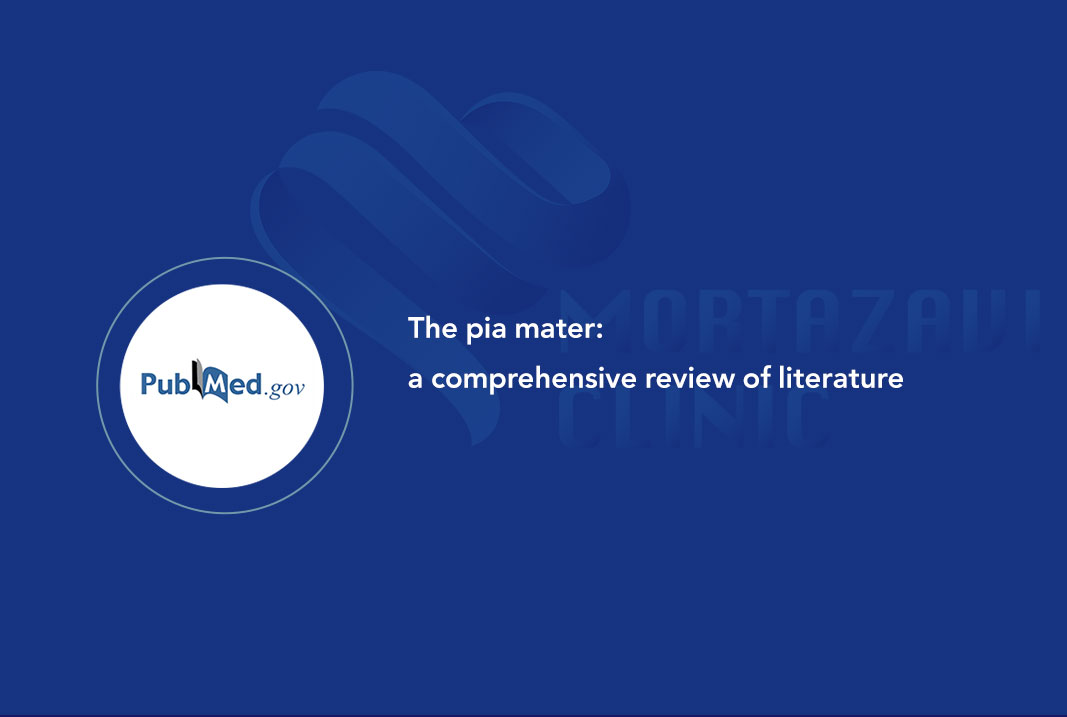
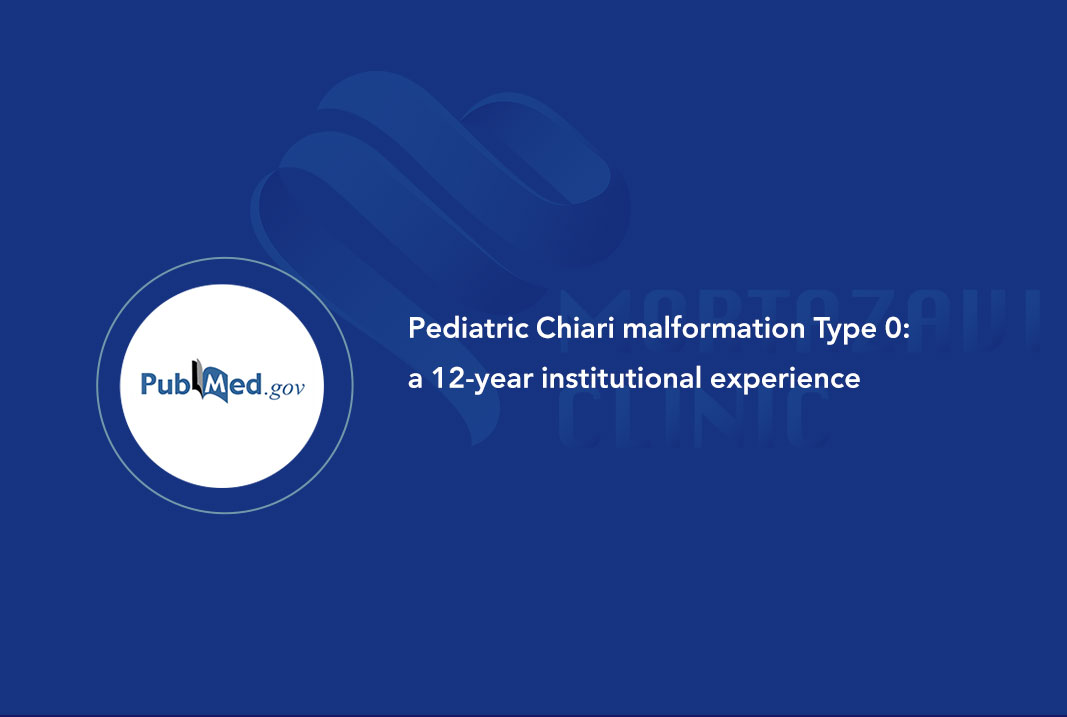
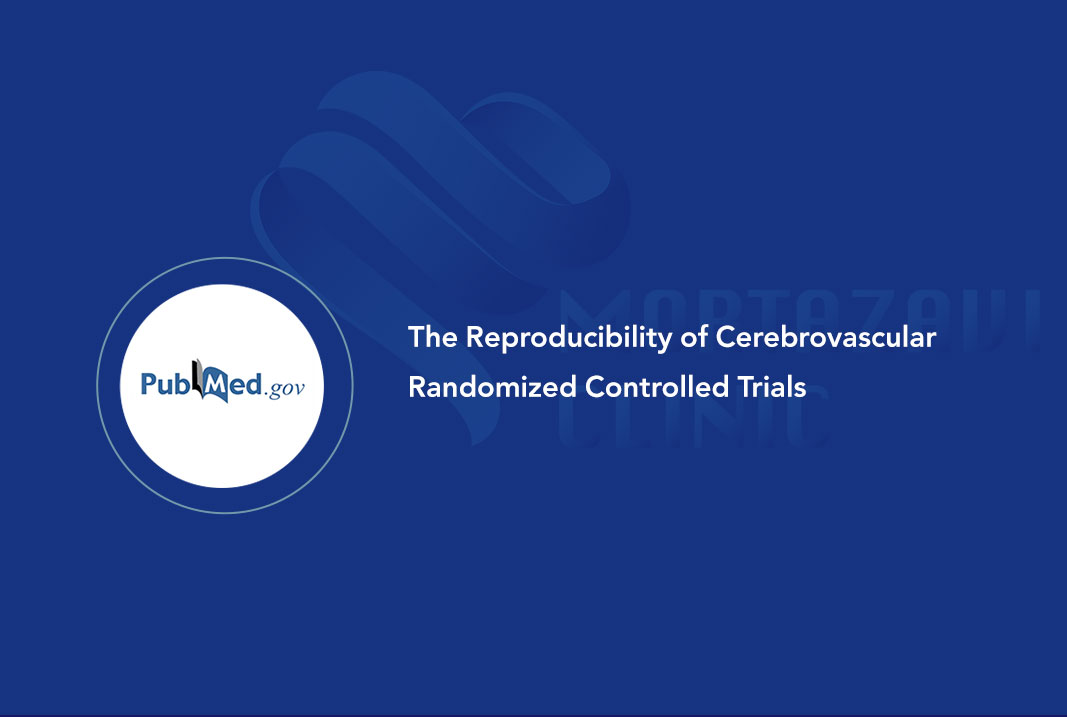
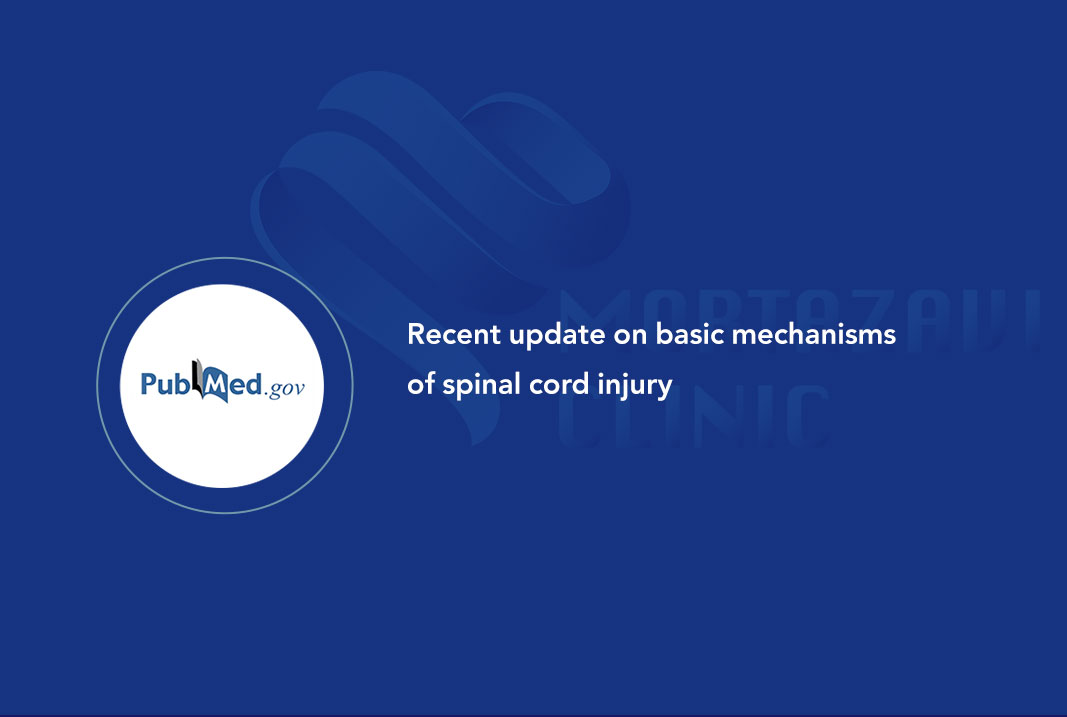
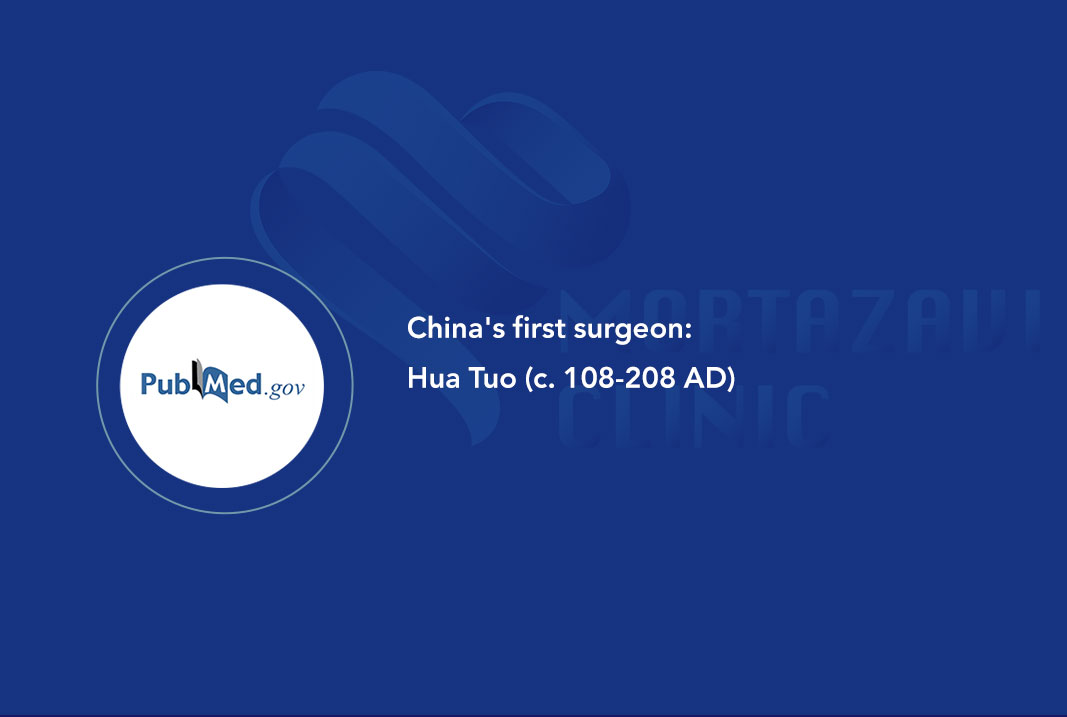
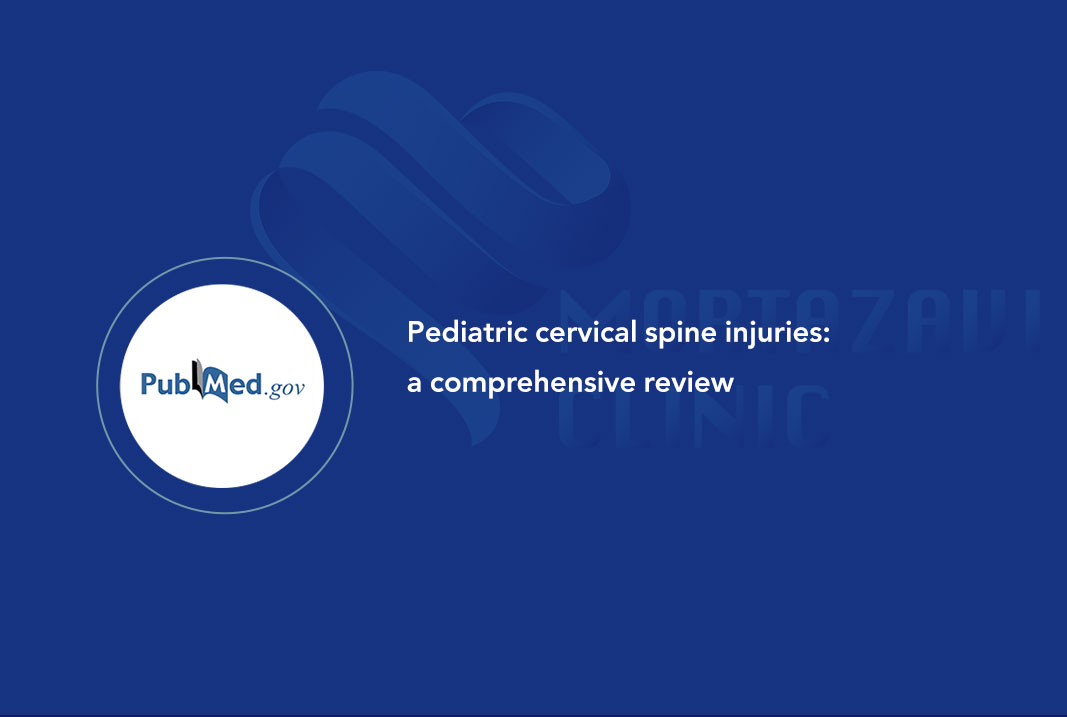
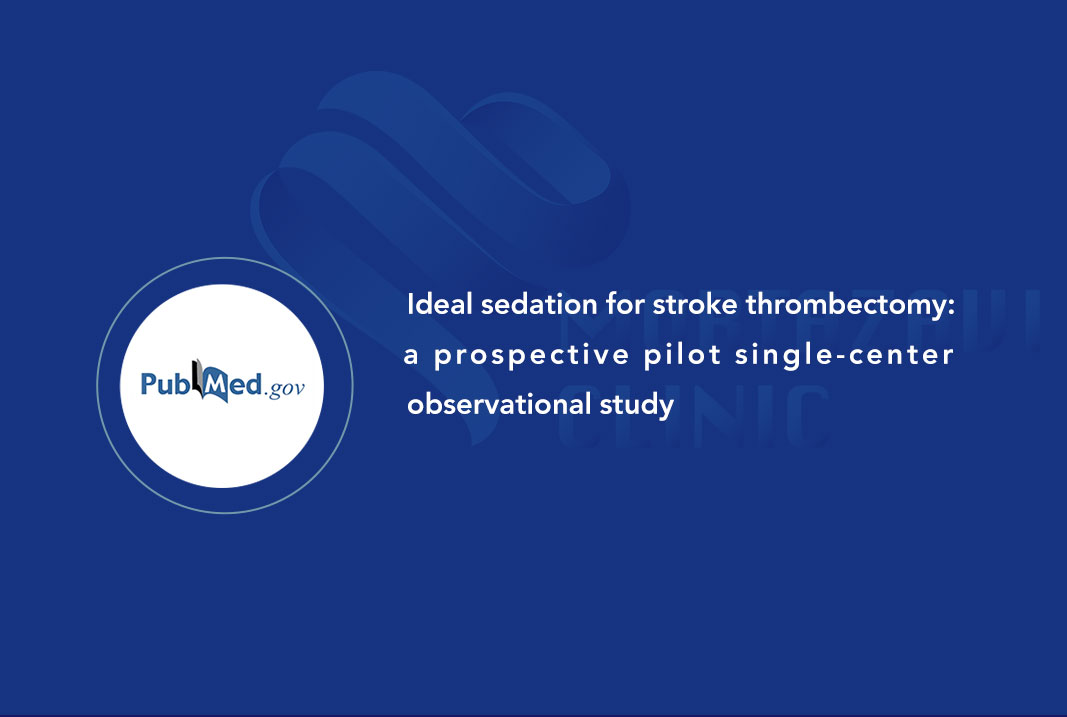
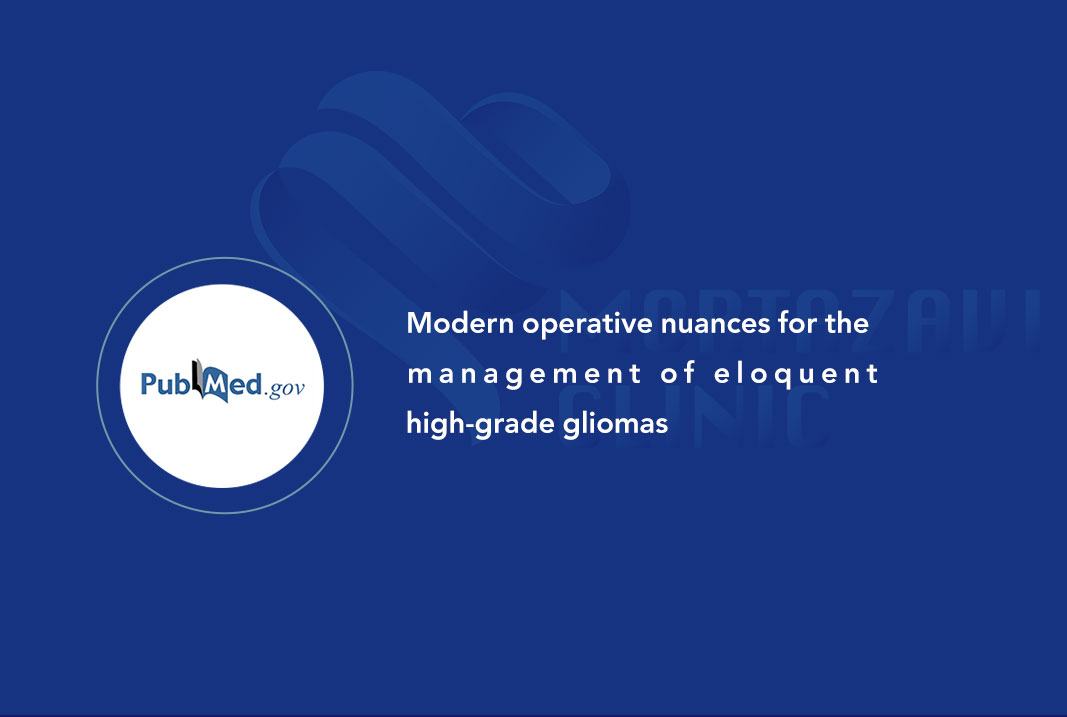
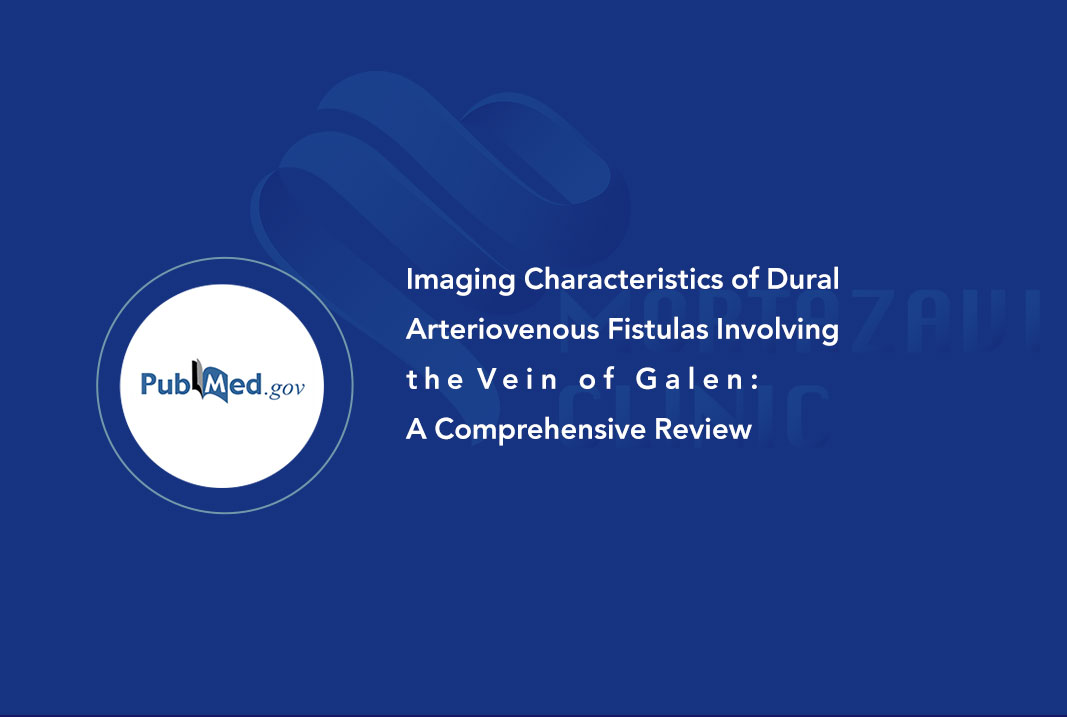
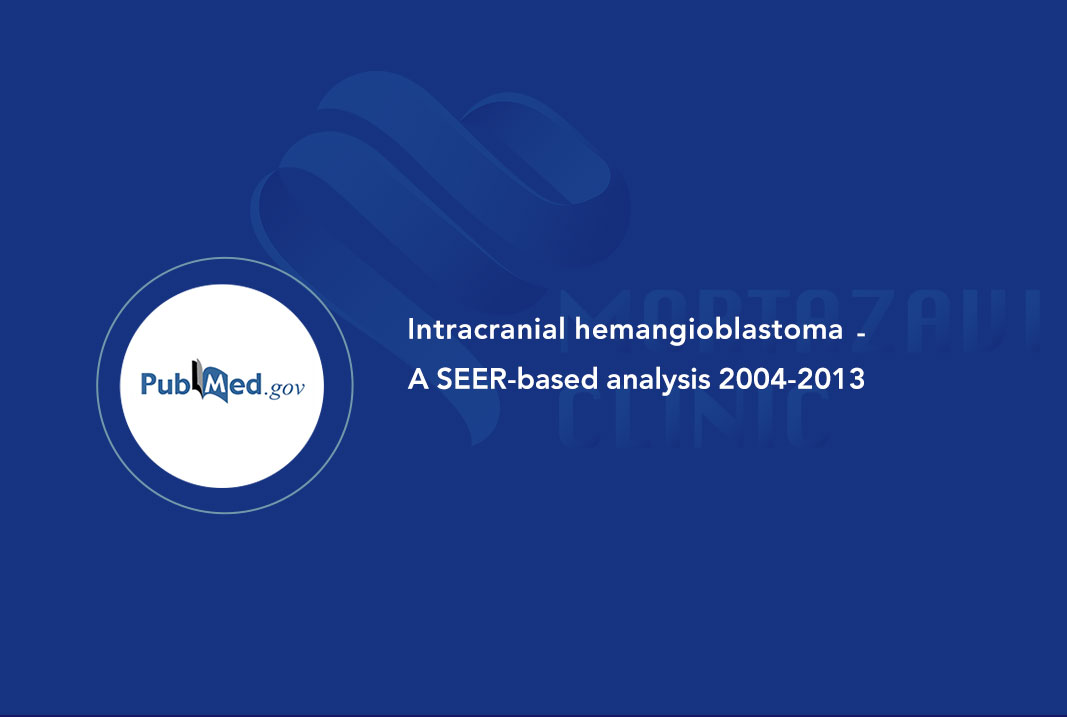
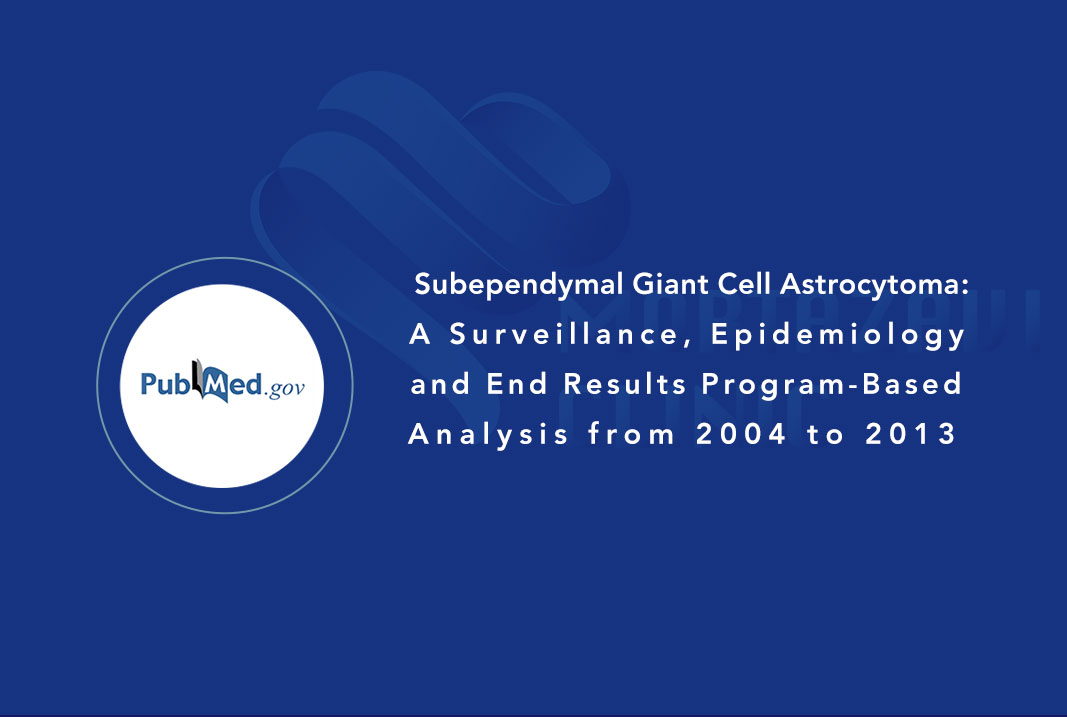


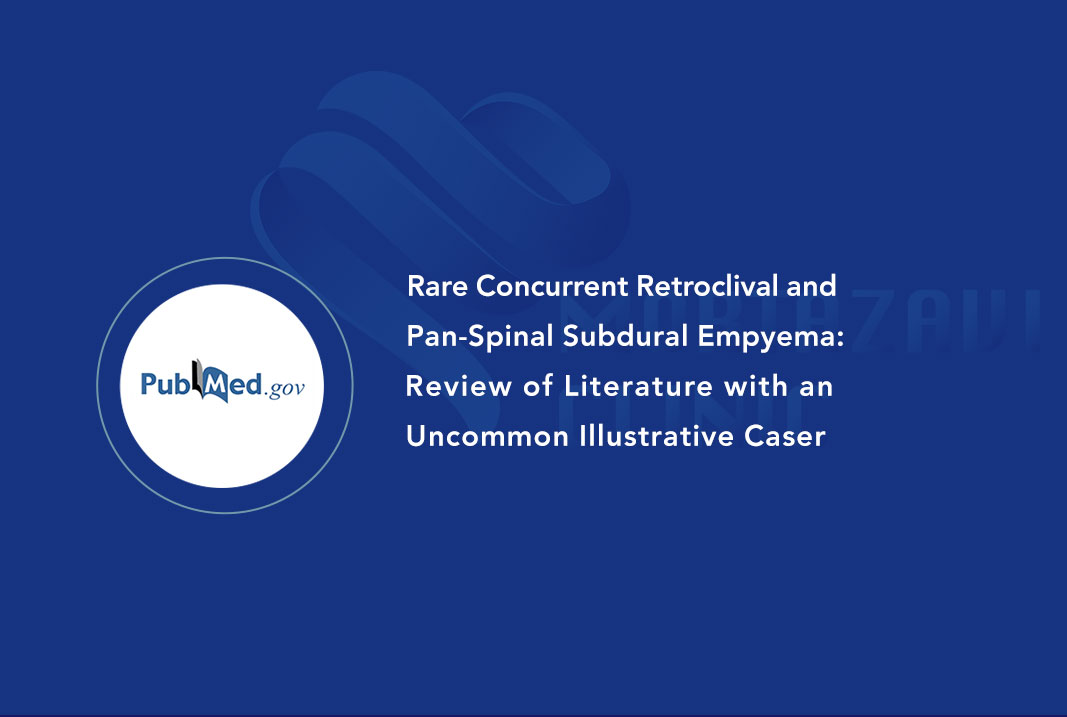
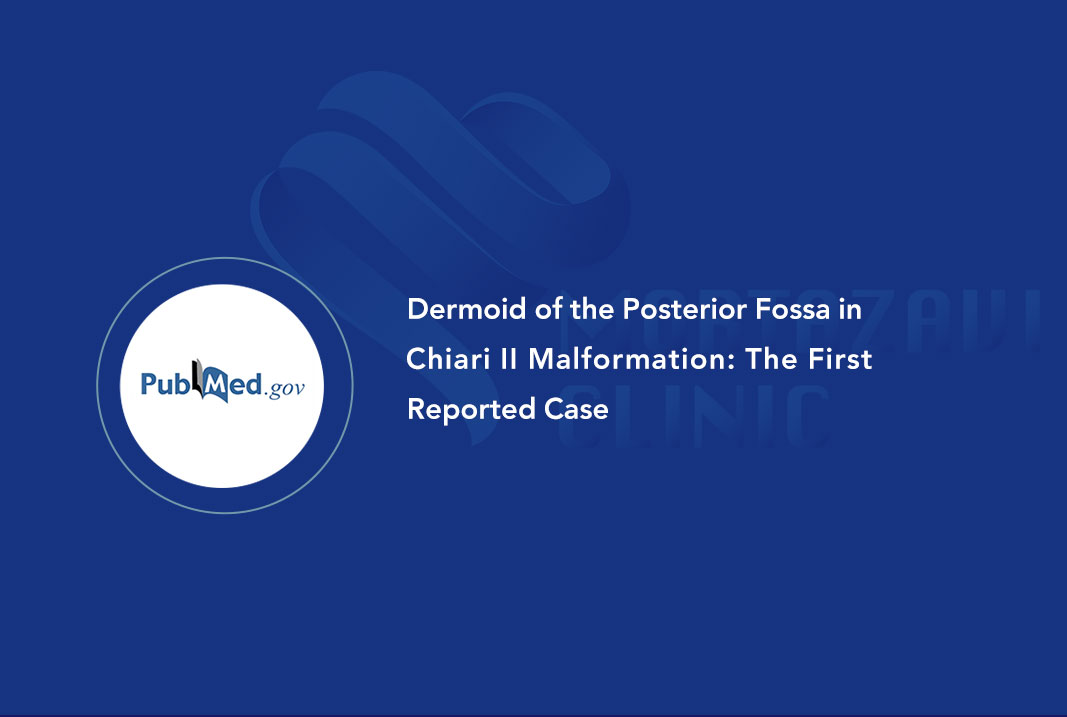

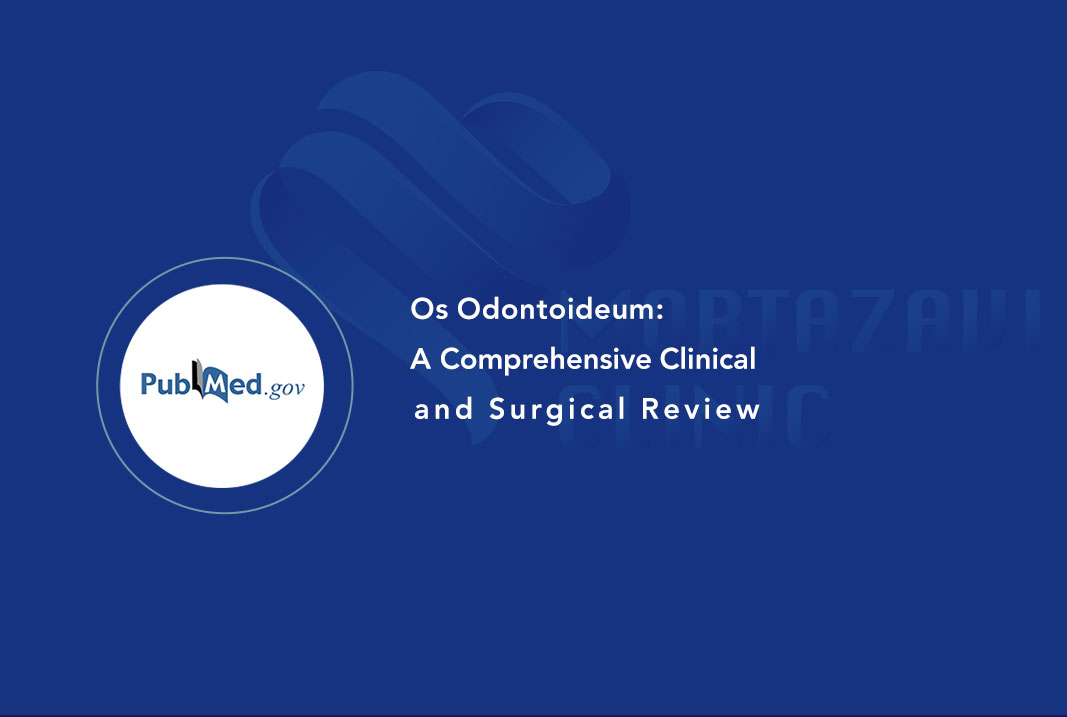
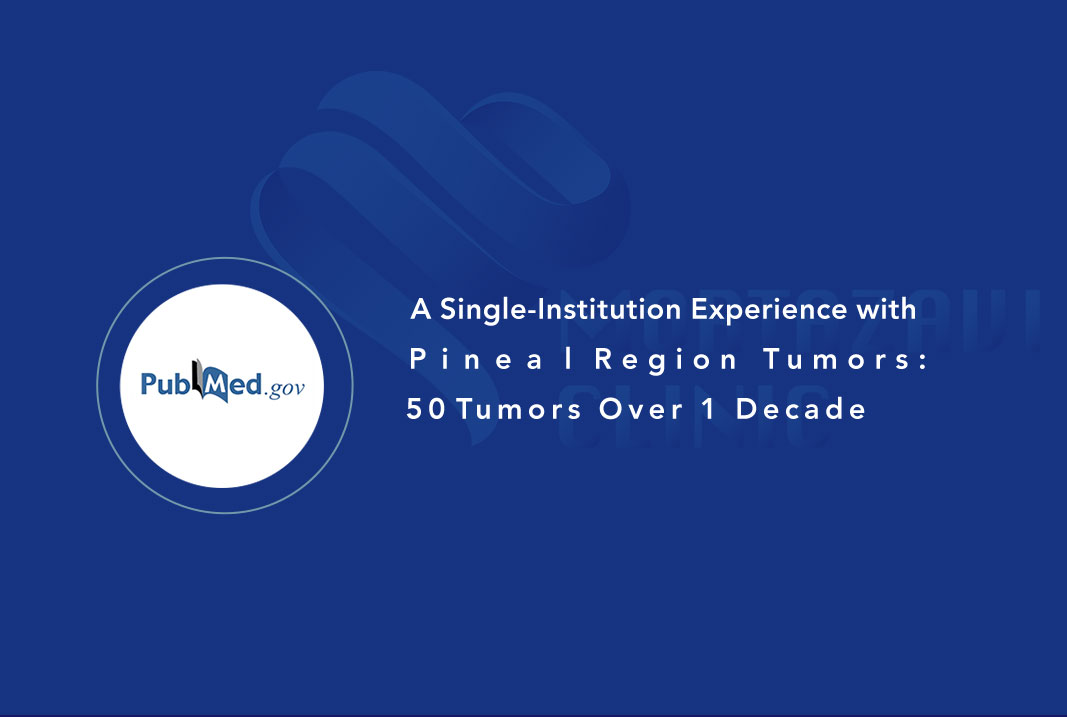
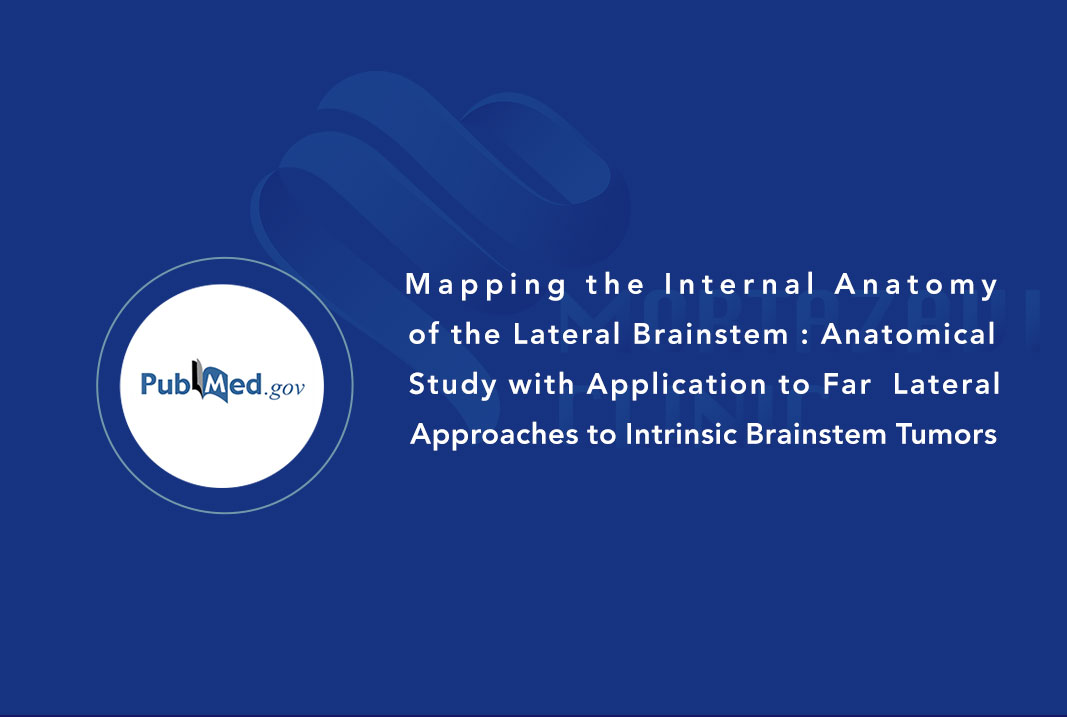
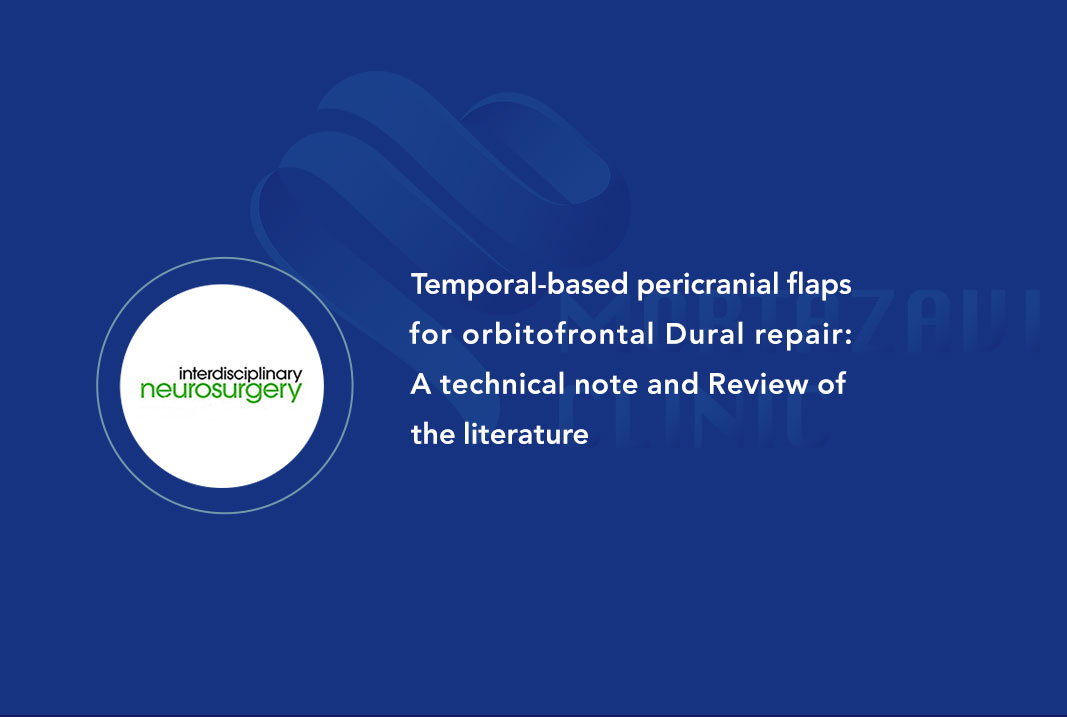
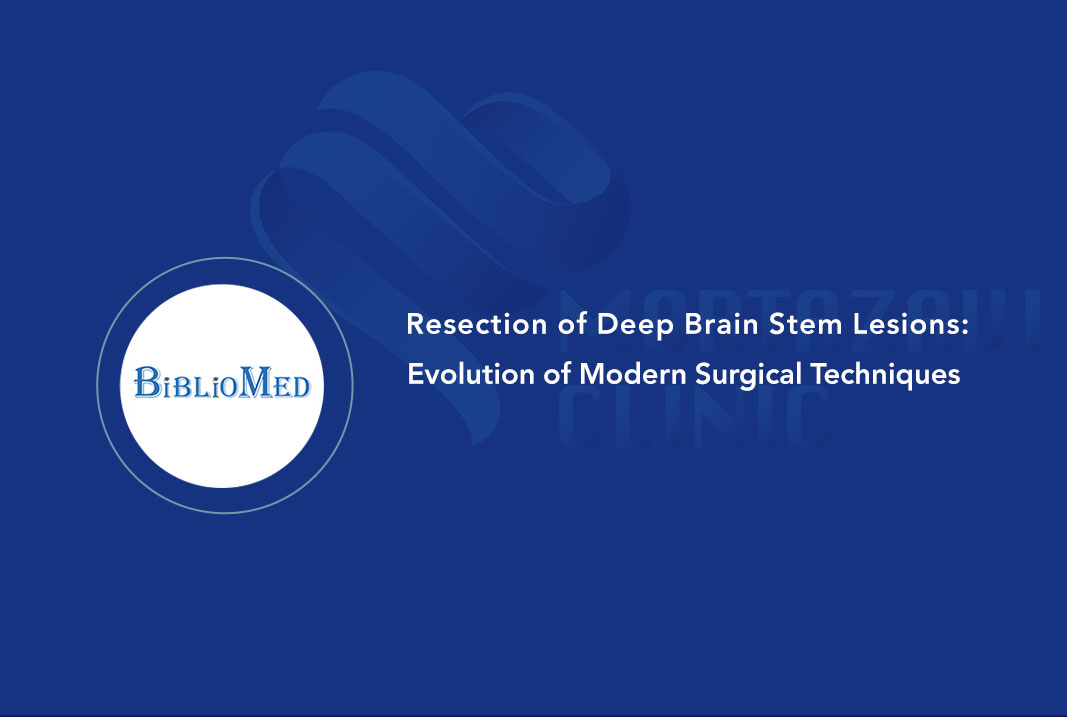
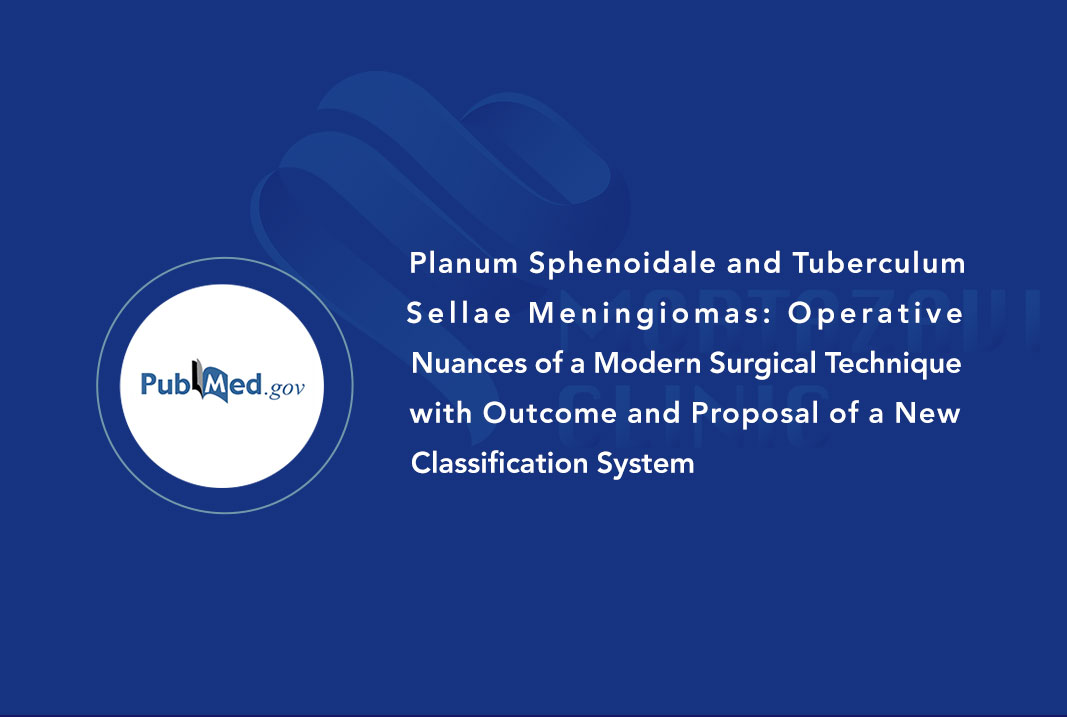
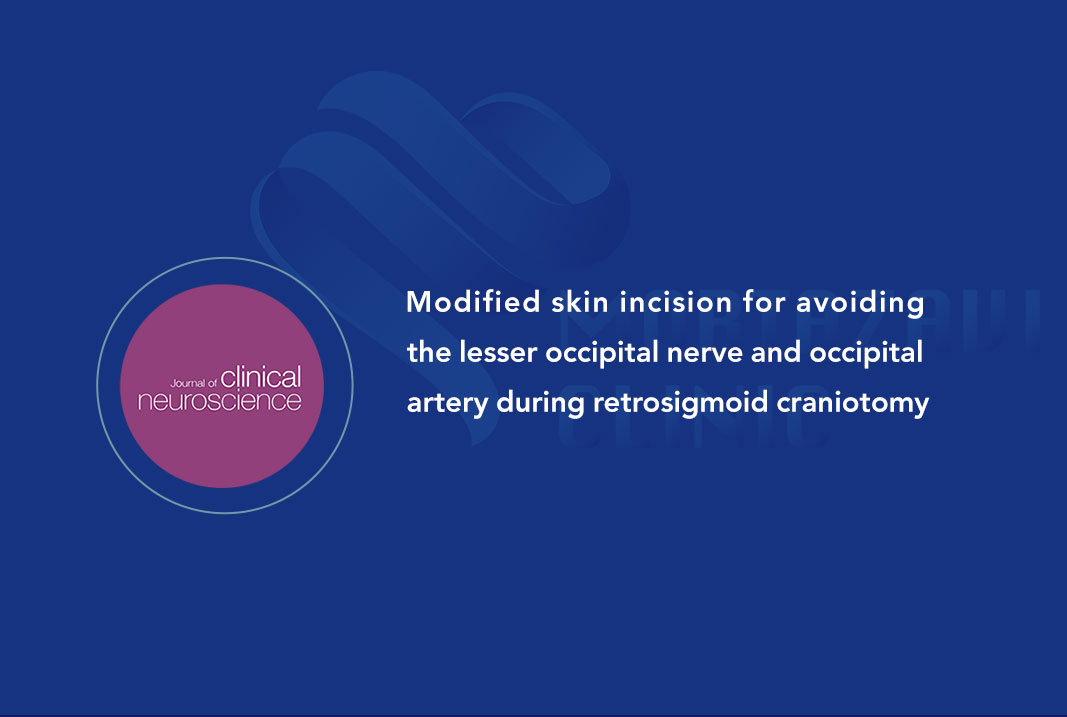
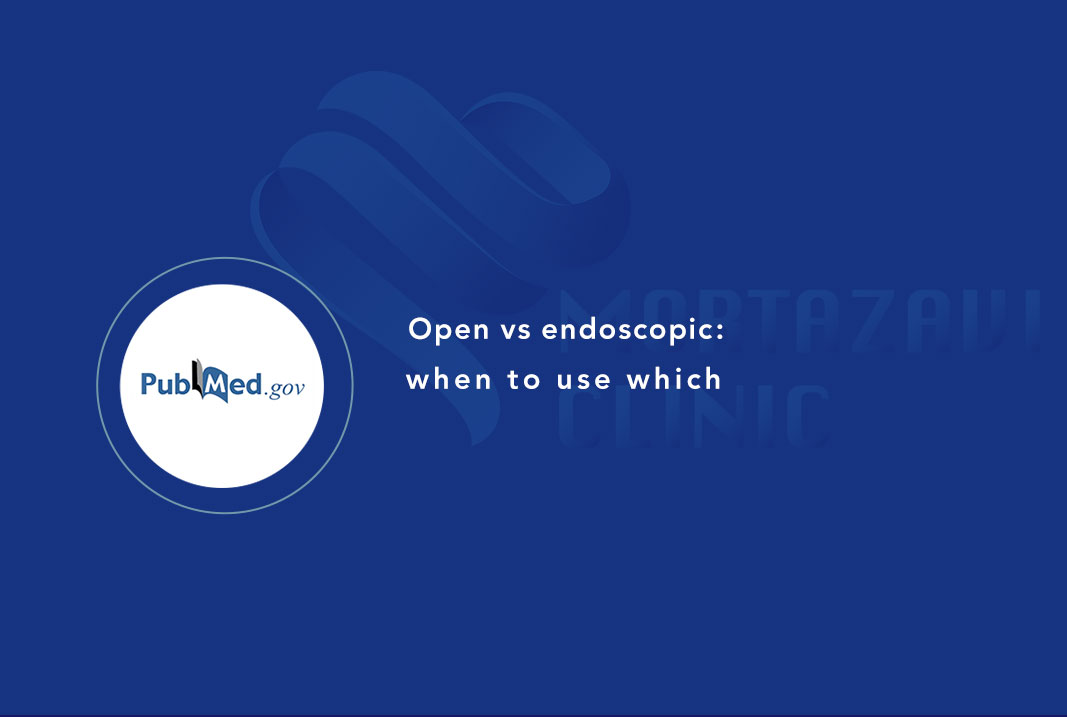

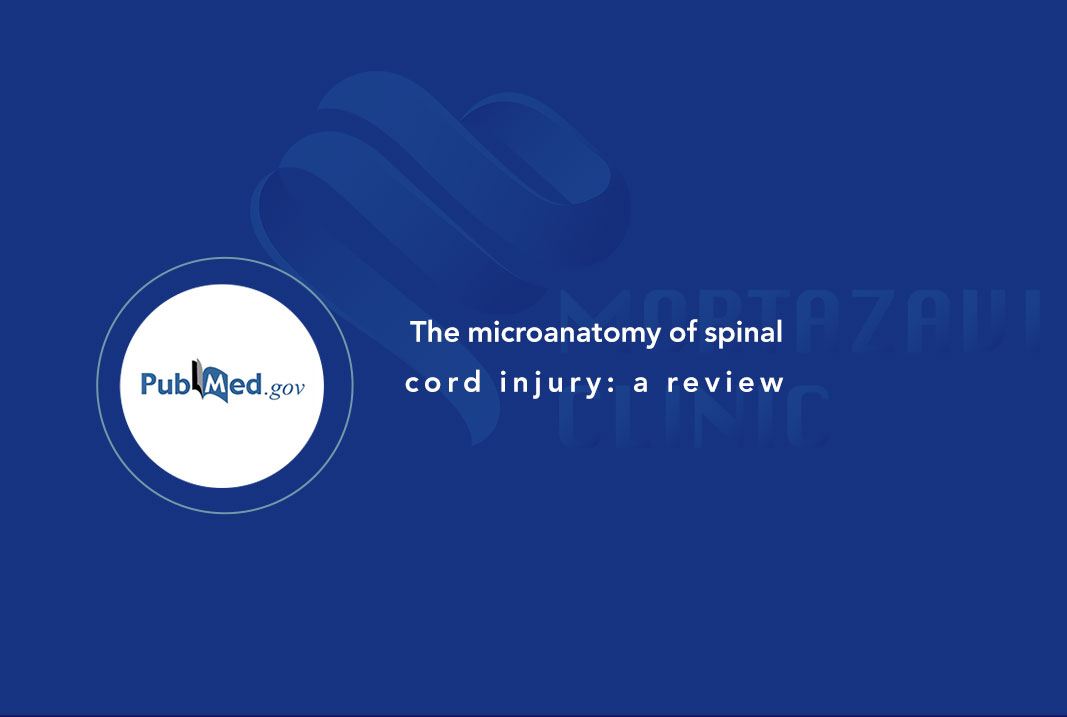
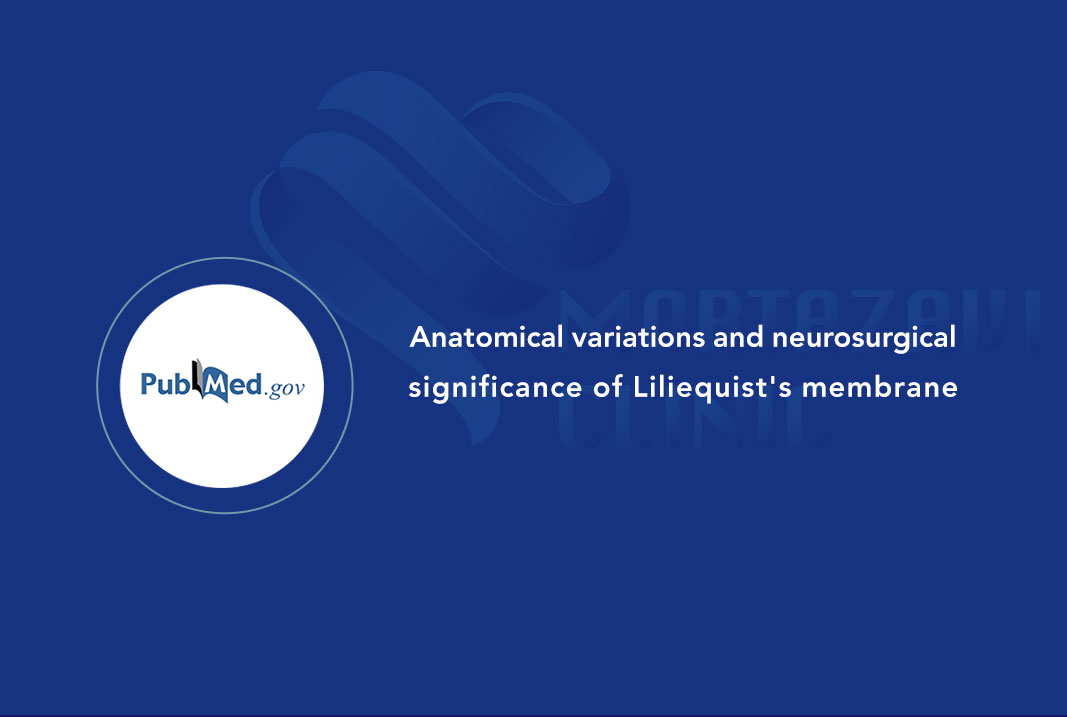
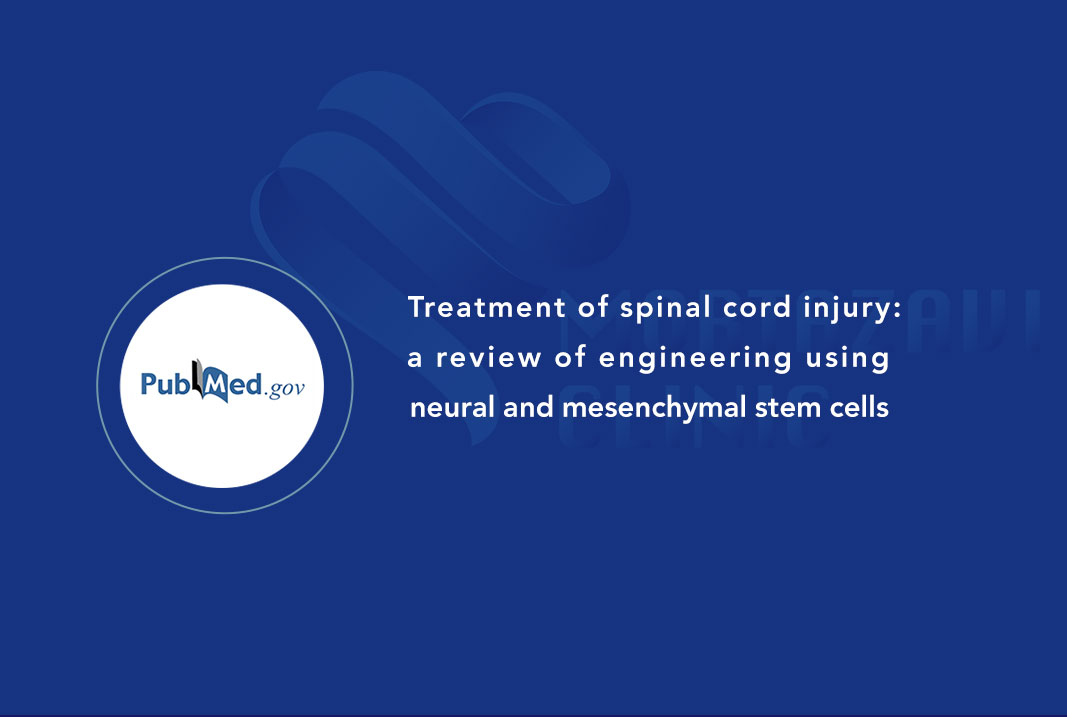
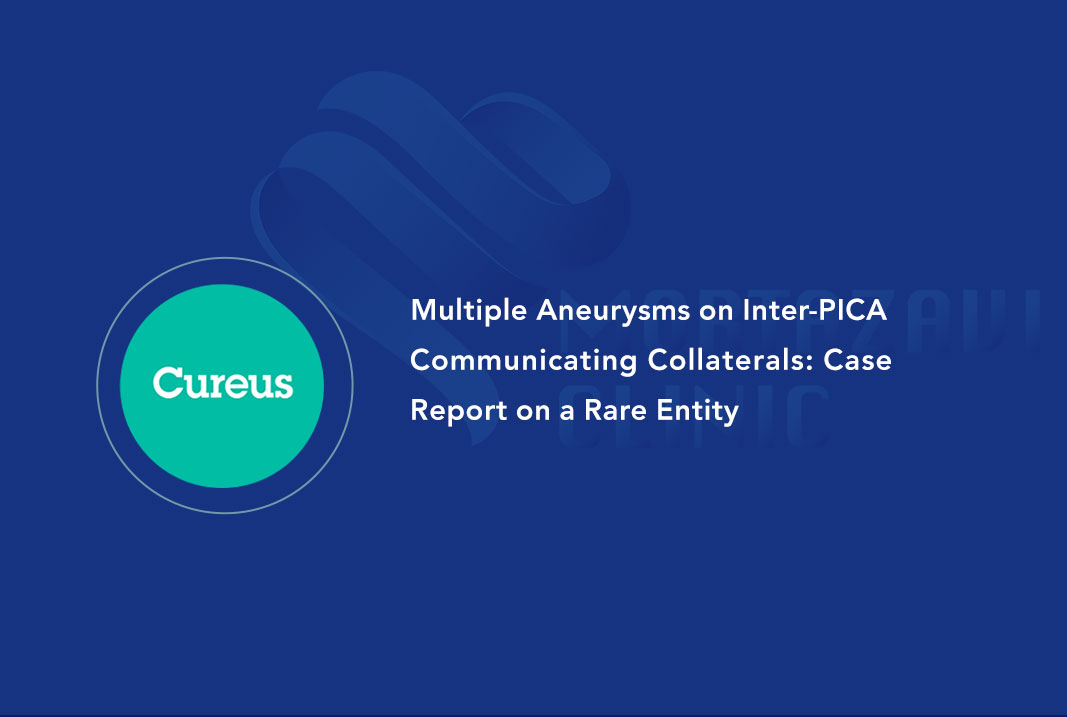
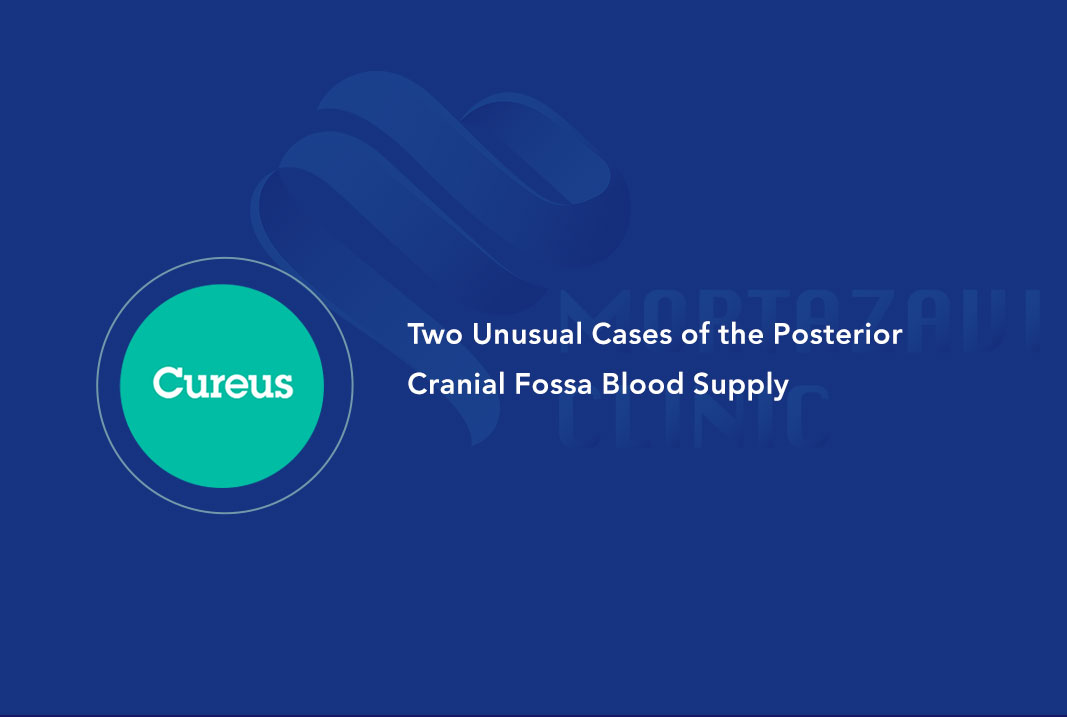
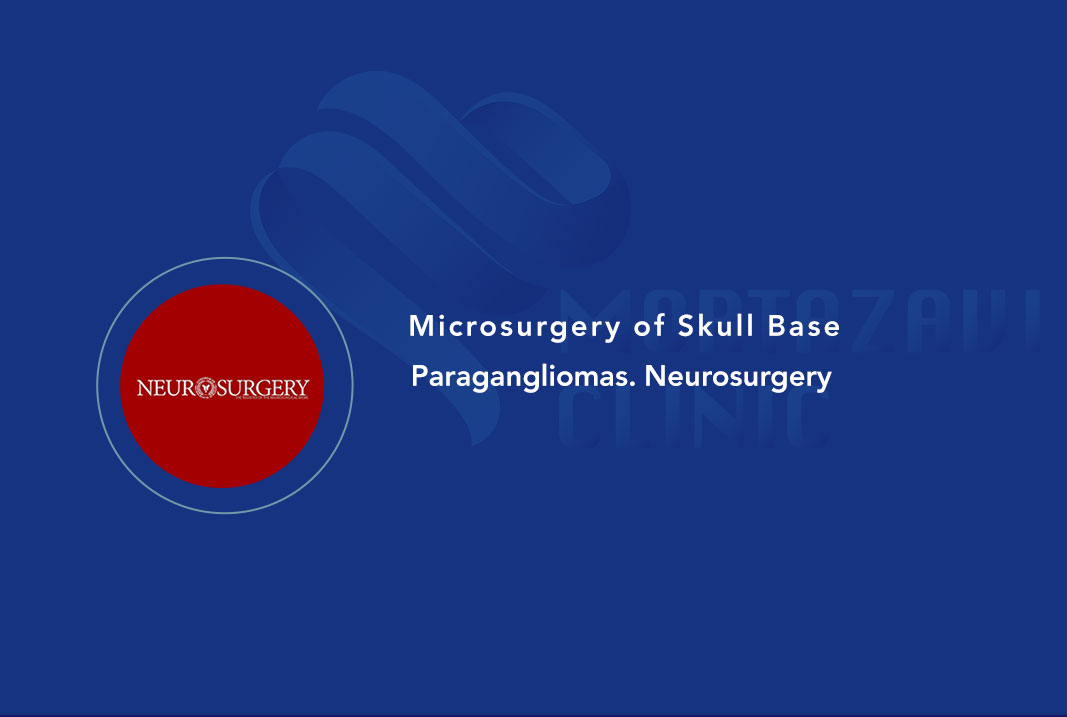
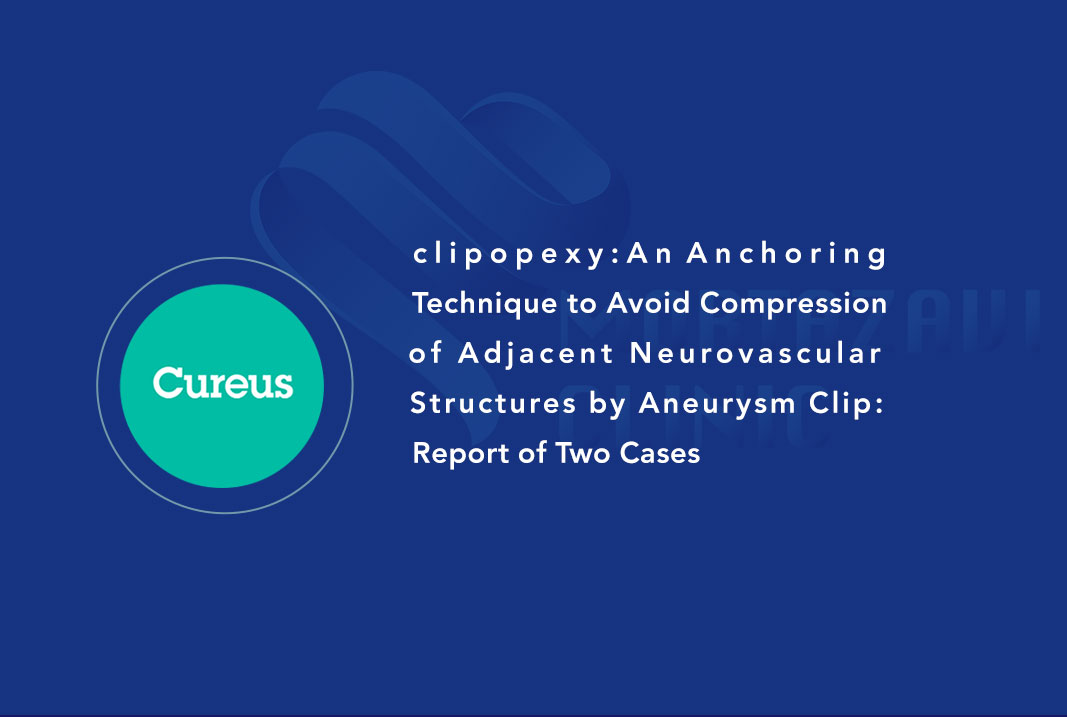
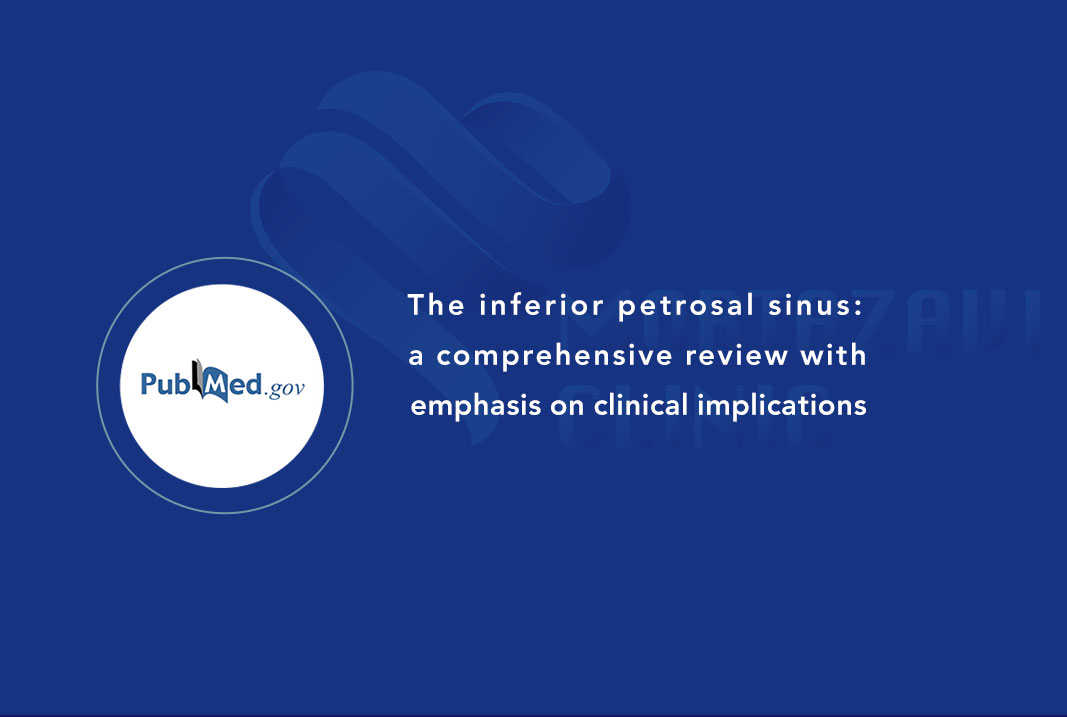
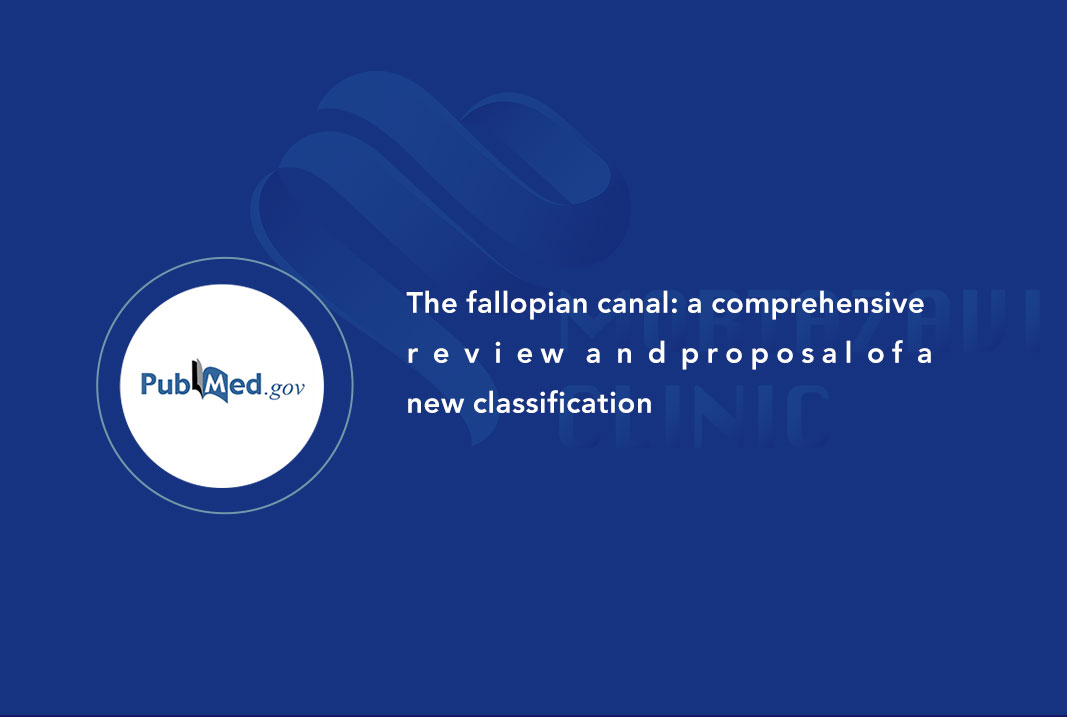
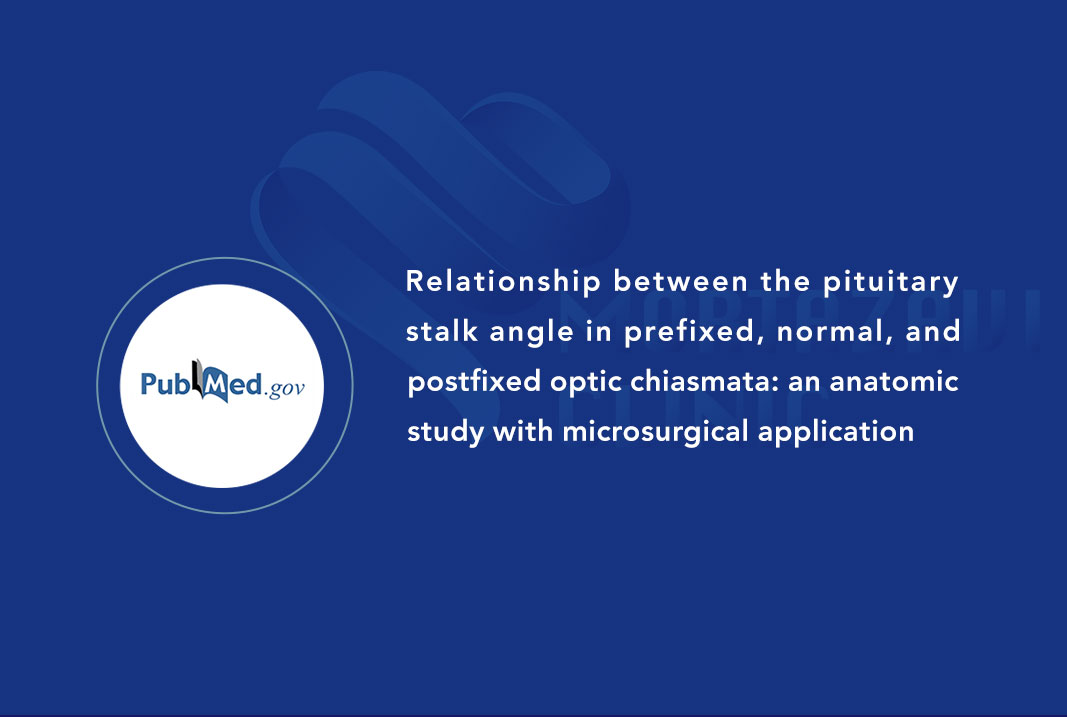
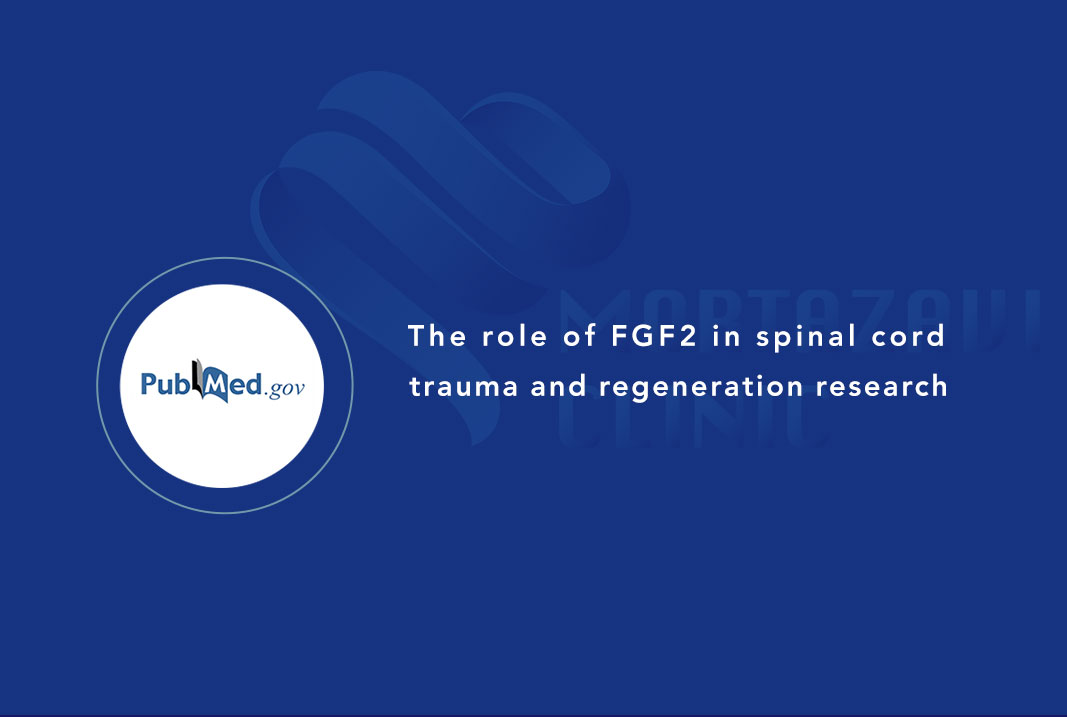
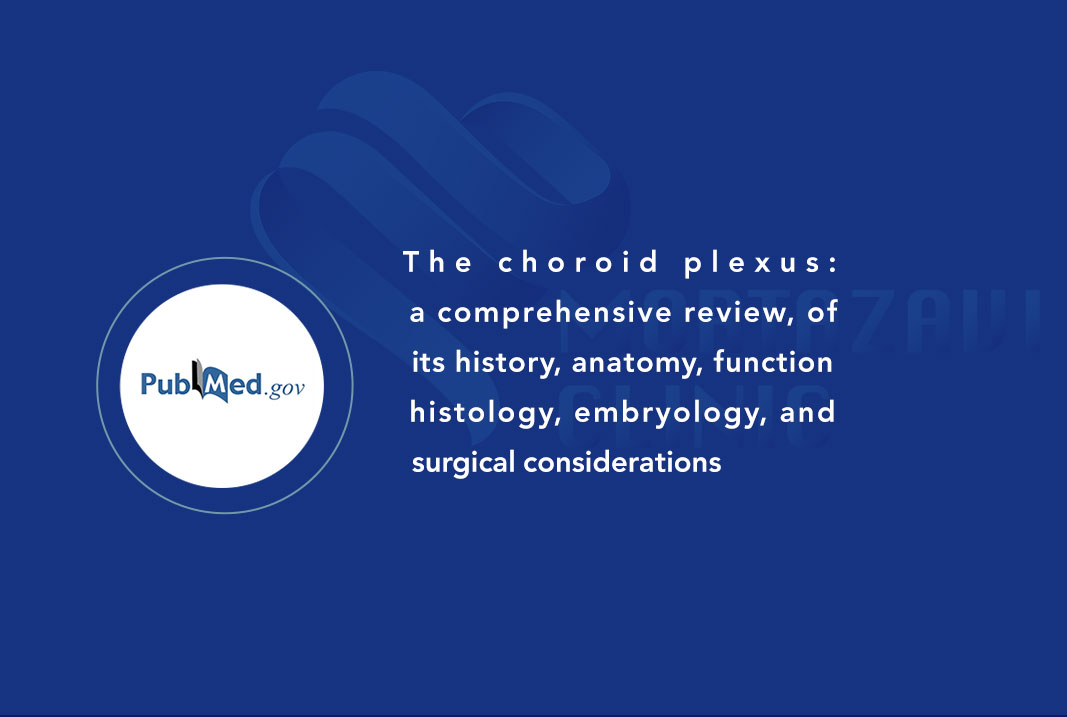
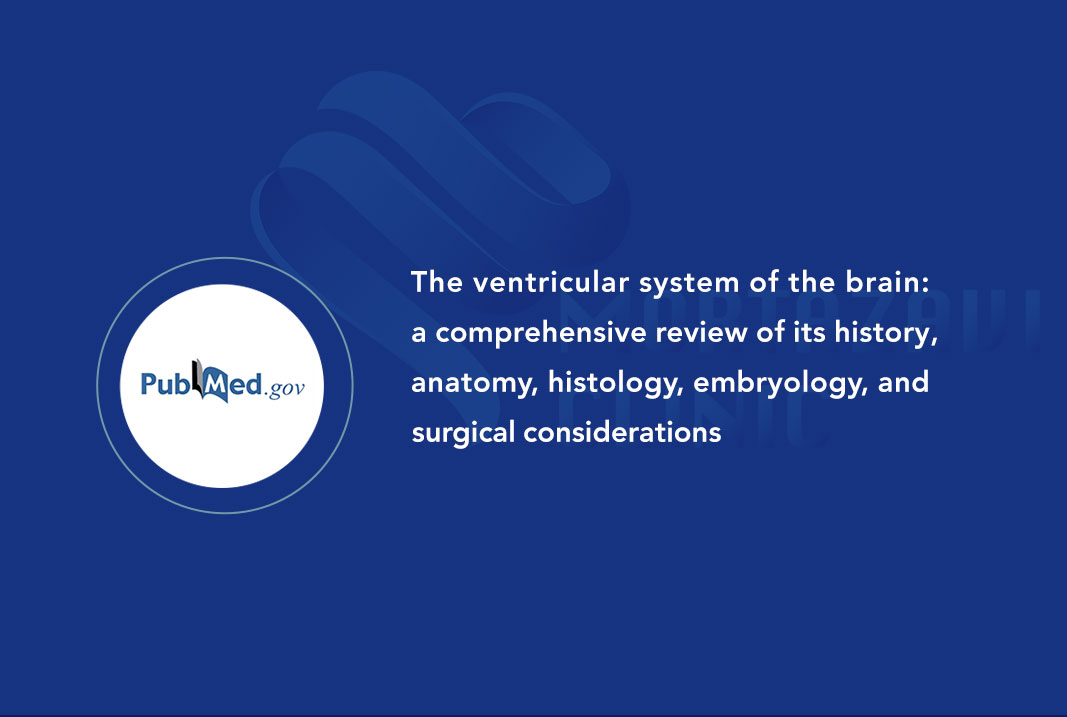


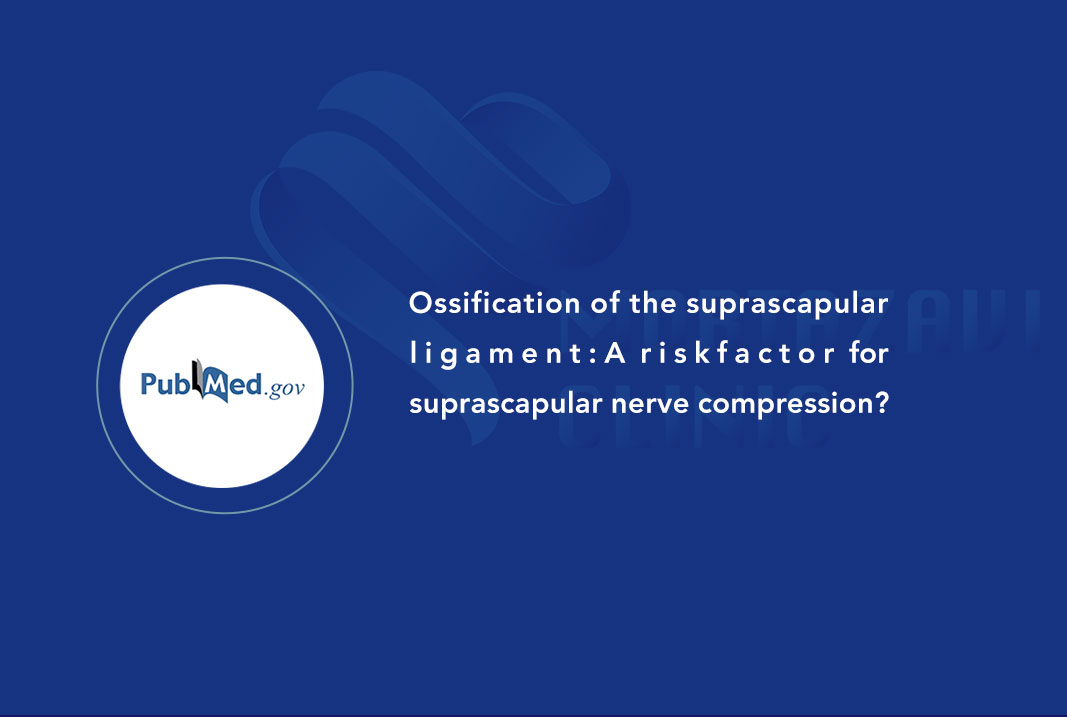

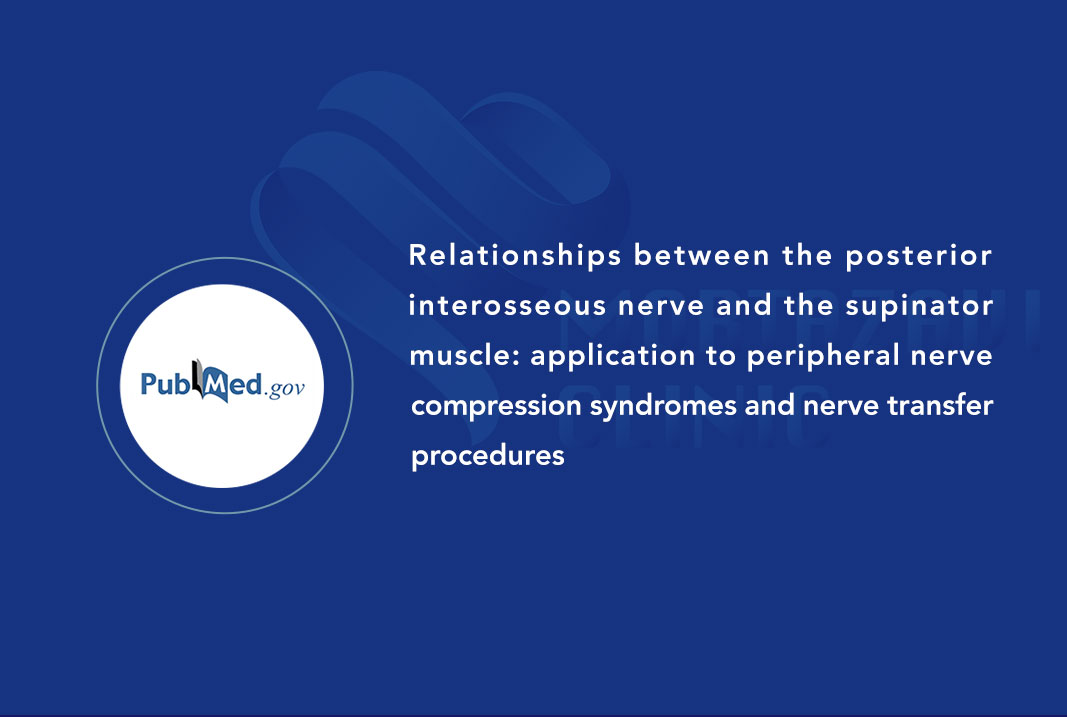
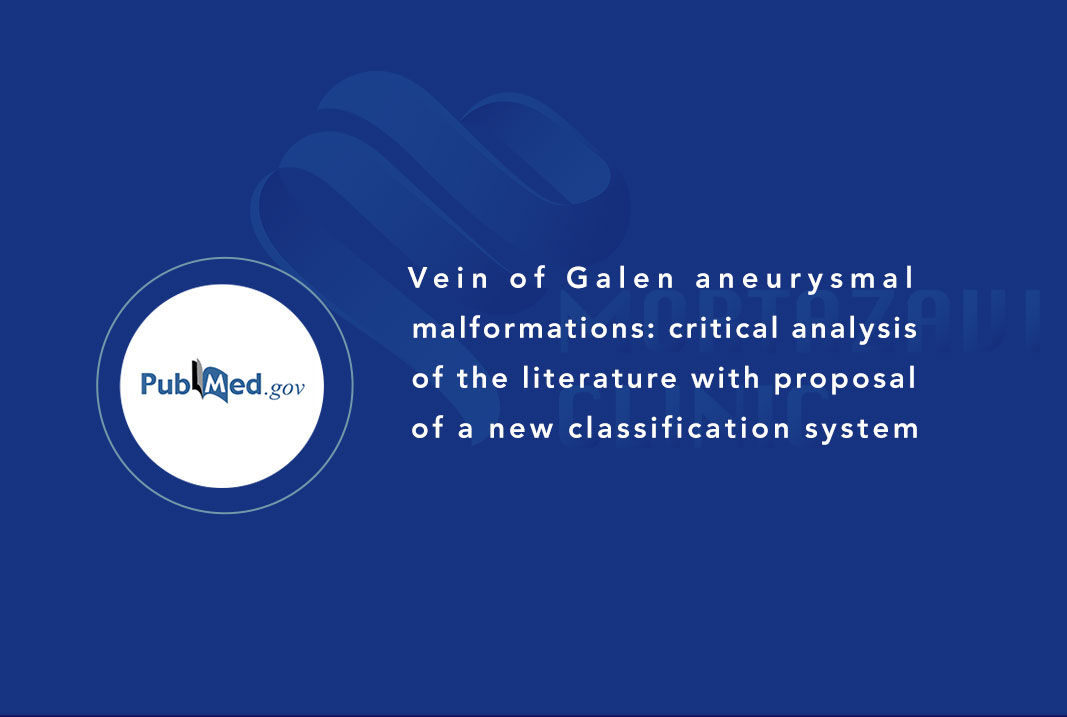
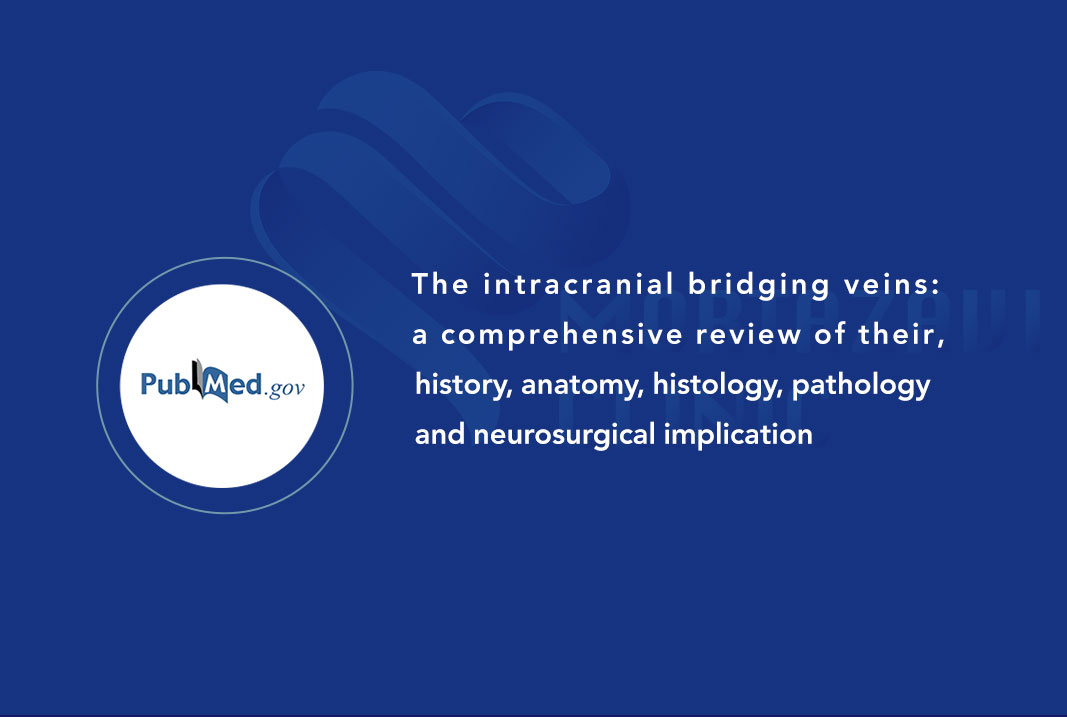
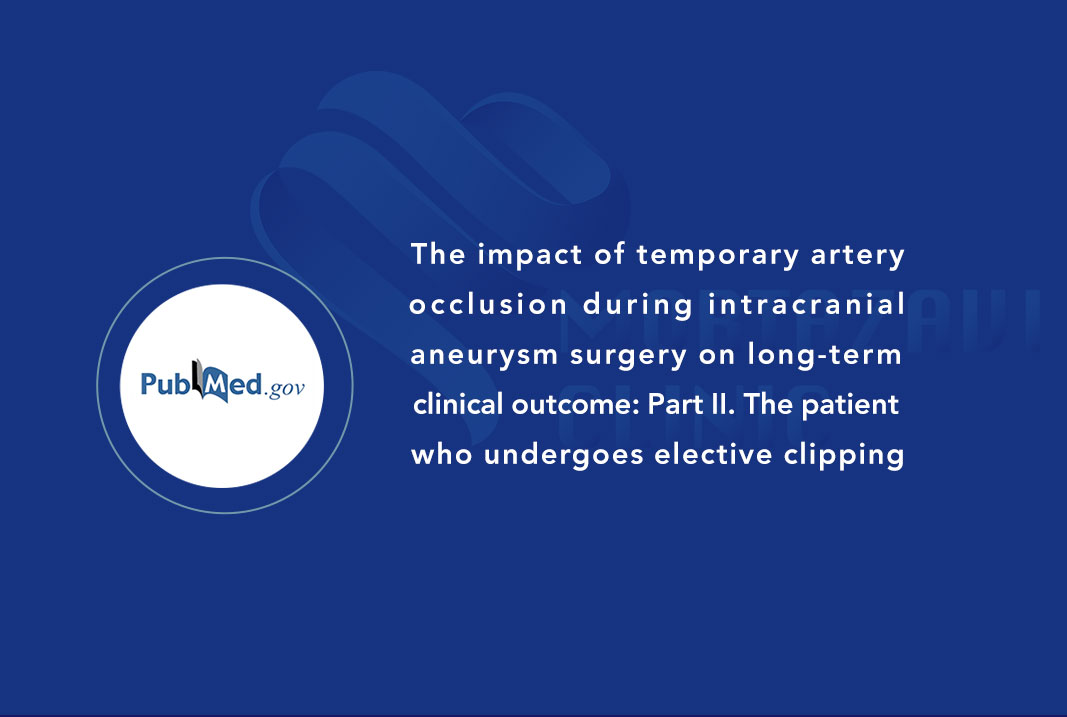
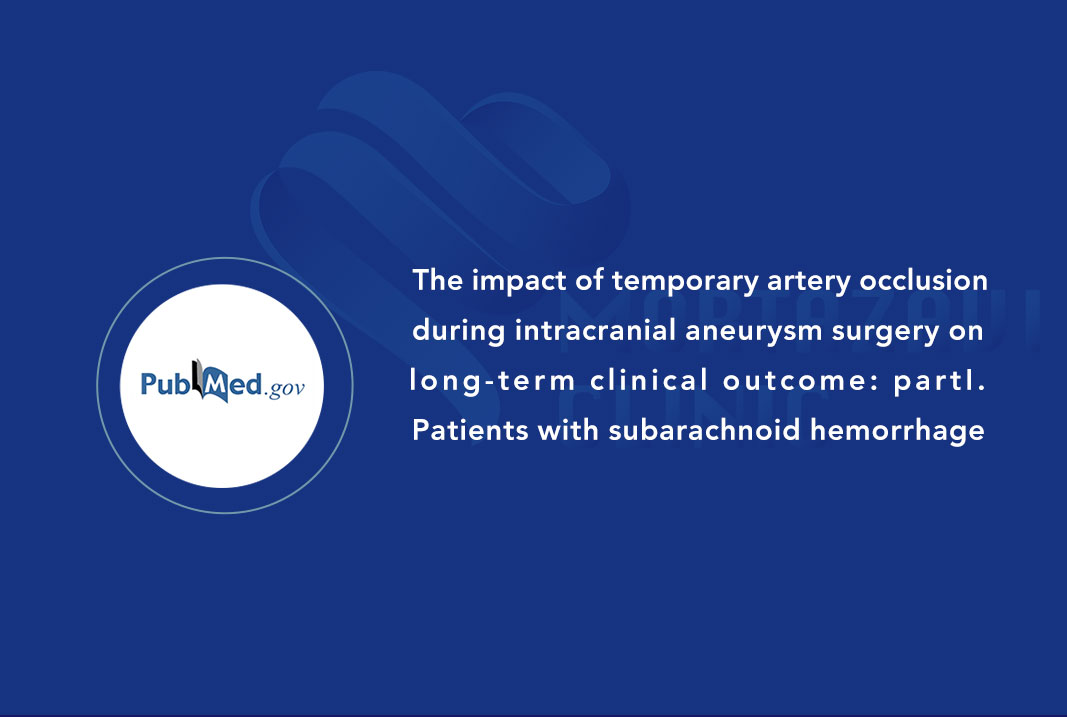
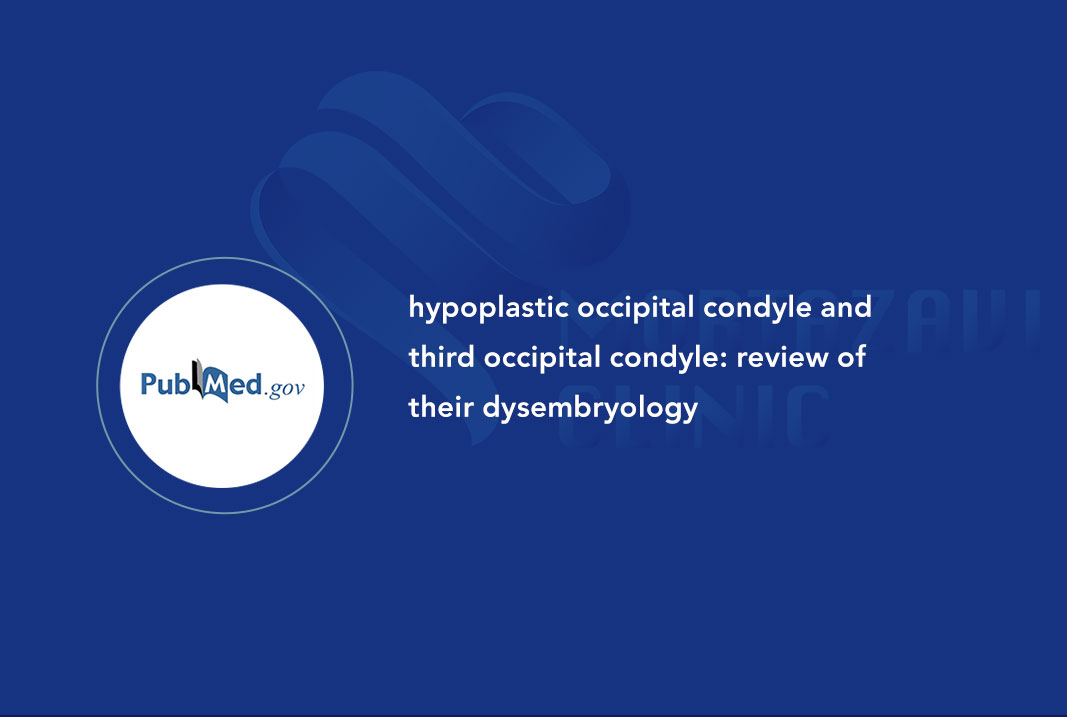
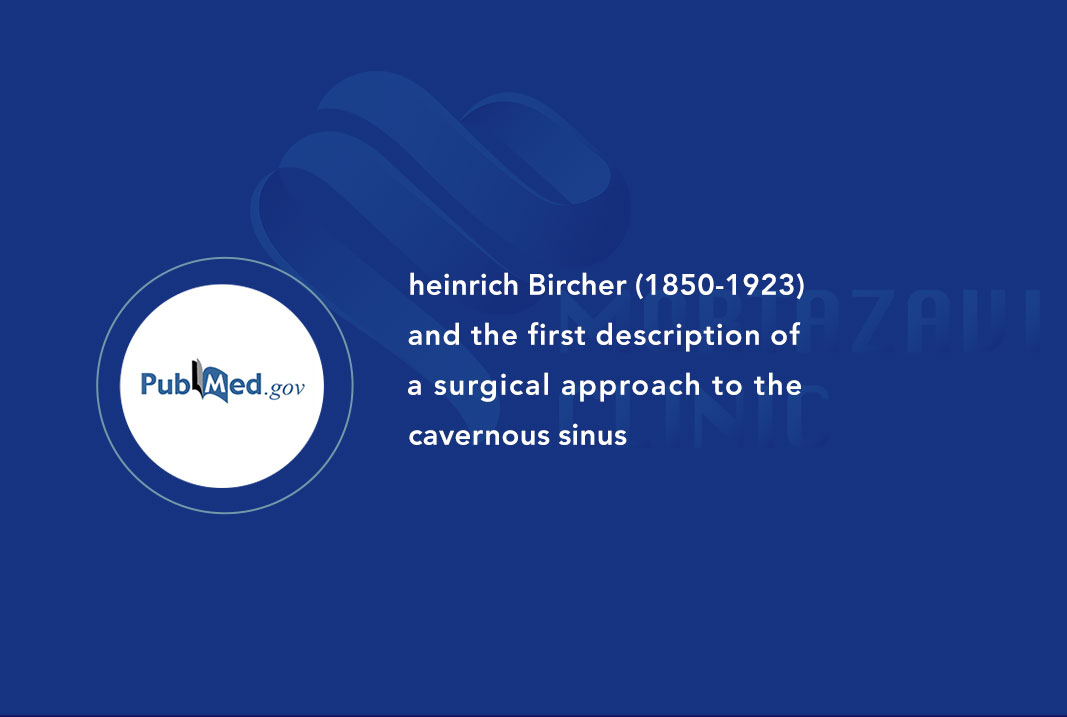

.jpg)
